
Beetle Brakes
Our lovely 1974 Beetle has come in for some TLC. We’ve fitted new wheel cylinders and bled the brakes as well as stripping the brakes


Our lovely 1974 Beetle has come in for some TLC. We’ve fitted new wheel cylinders and bled the brakes as well as stripping the brakes
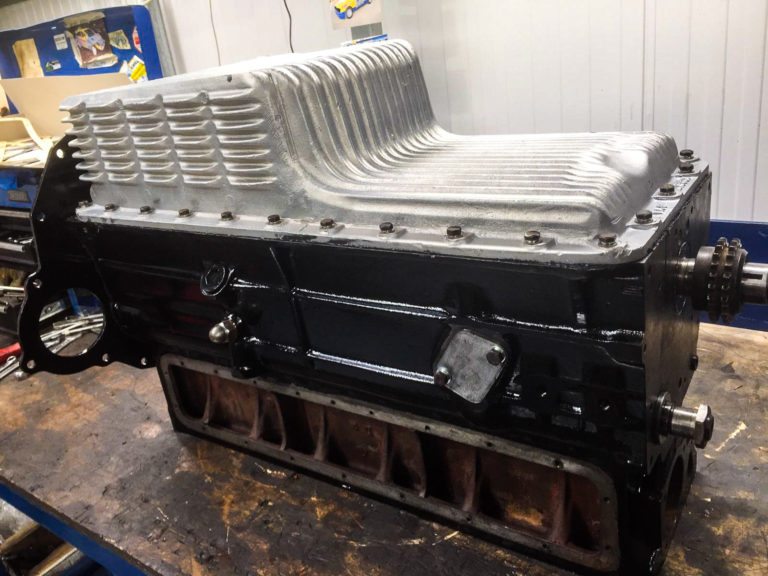
Ady has almost completed fitting the engine back together after its full re-build, part of which was done here and part of which was done
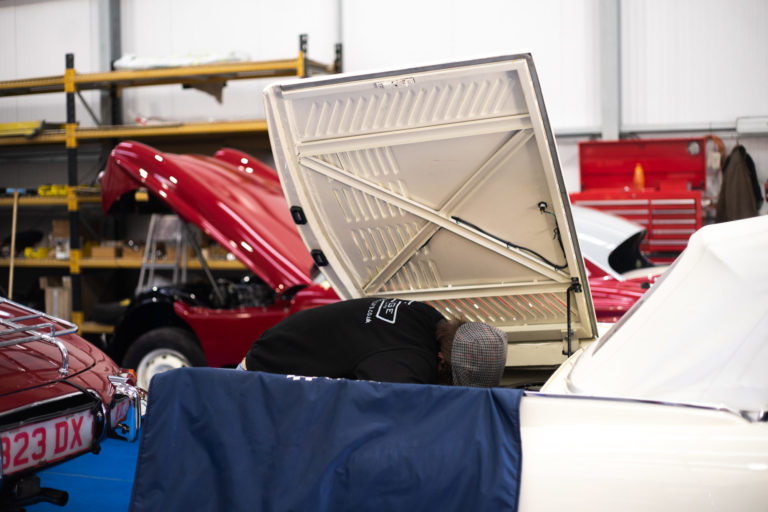
Scott has been working on the engine of the Amphicar, converting the dynamo to an alternator to make the charge more reliable. Scott has also

All women driven off-roading race, Rebelle Rally, is an intense 8 day feat of endurance and speed across America’s most unforgiving landscapes from Nevada to

Our lovely 1957 Grey Jensen 541R/S now has its new speedo fitted into the dash. It’s also had its steering centralised. John is now going
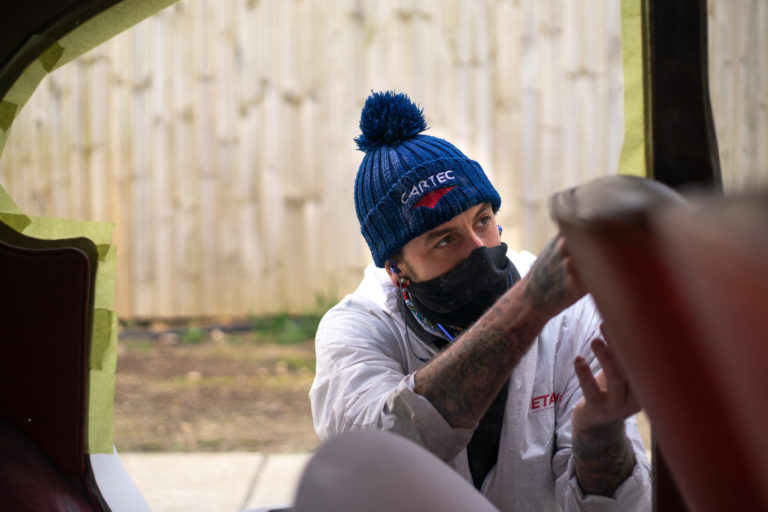
Our classic Jaguar MKVII has recieved its first layer of paint. Chris and Matt spent the morning masking the body up in preparation for paint.

Our 1934 Austin Seven Nippy has been completed as of today and we’re delighted to see it up and running! Gordan and Craig took it
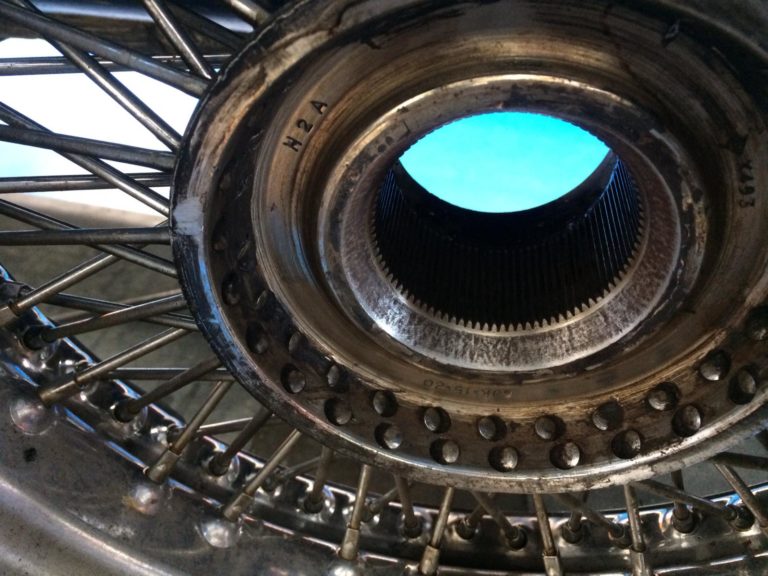
Our 1973 Blue Jaguar E-Type has had its front inner wheel hub replaced as the rings near the splines were showing serious wear from spinning
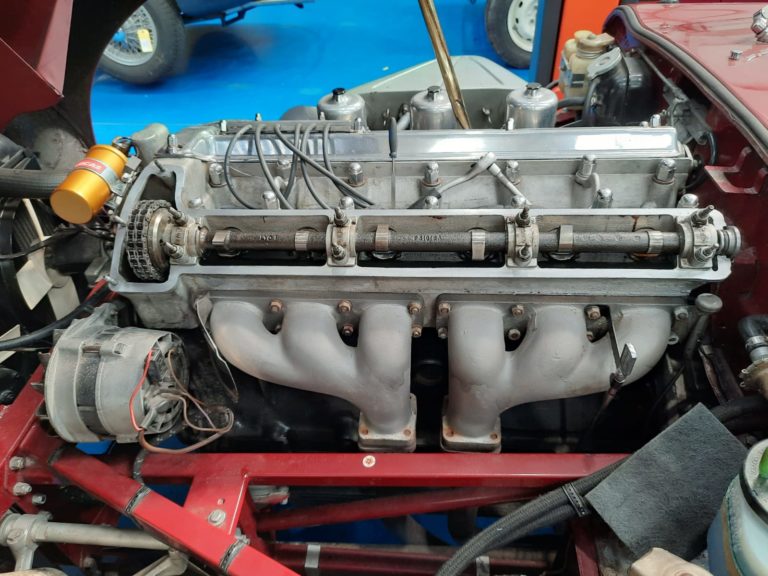
With everything finished on our 1968 Jaguar E-Type roadster, there’s one last thing to do before we send it on its way. We found a
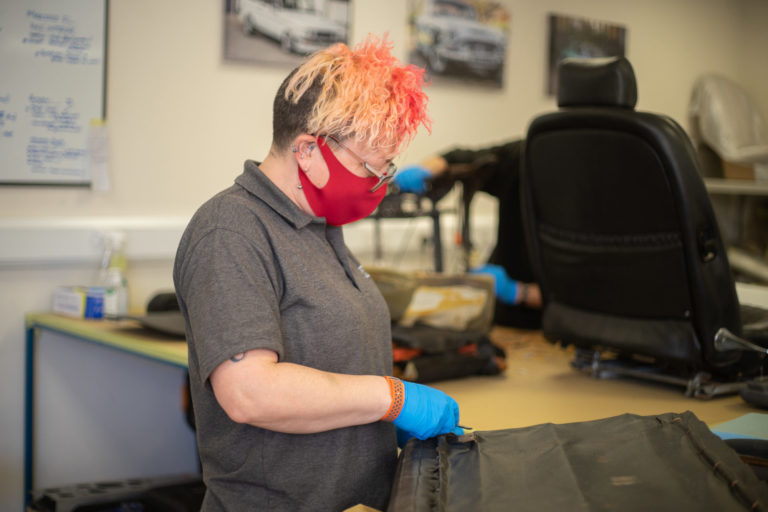
The trim shop having been tackling our red 1973 Triumph Stag interior restoration recently, which has begun by stripping all the seats down to their

Tom has begun to catalogue the different wiring looms for our 1960 Jensen 541S. He’s started with the rear wiring loom, connected the rear indicators,
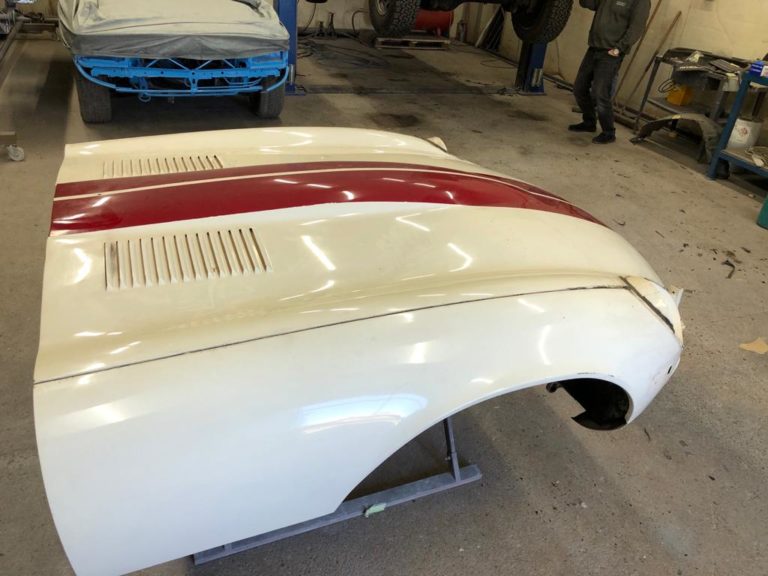
We’ve now begun stripping the paint from our 1973 Beverly Hills E-Type bonnet so that it can sit in bare metal and ask as a
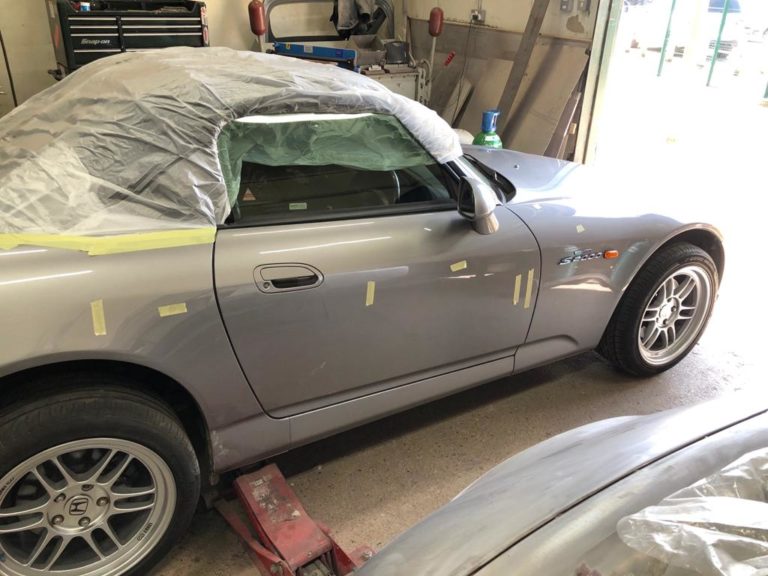
This 2000 Honda S2000 has come in for some paint and rust corrections on its wheel arches, boot, bonnet and side panels. These minor imperfections
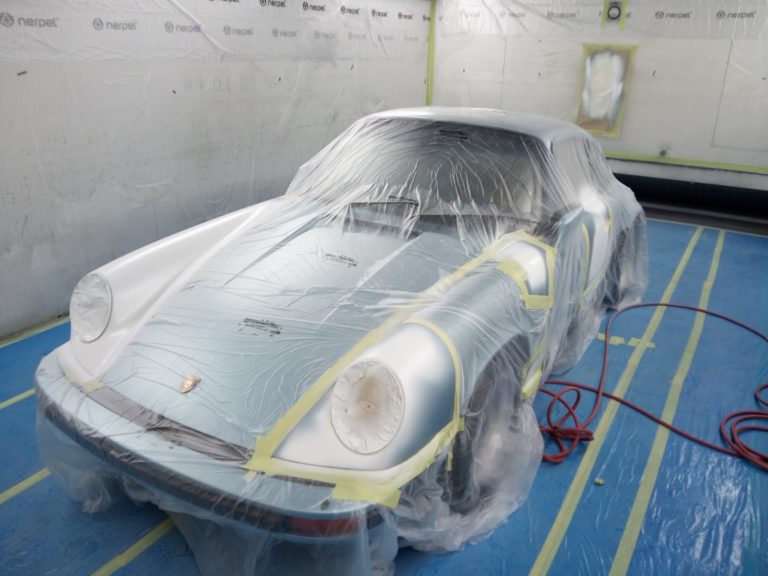
Our stunning 1982 Porsche 911SC has come in recently for some paint TLC. The paint shop have been accessing what needs doing and in the
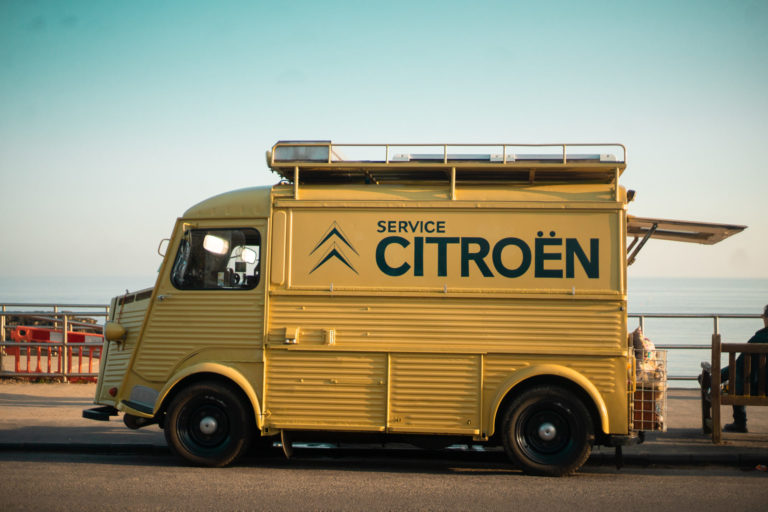
When we’re out and about, we love to see classic cars, and when we do, we try our best to snap a photo of it

We often hear from commuters when our van and lorry have been spotted travelling up and down the country. We’re always delivering and collecting exciting

Our 1960 MGA engine has been cleaned and ready to be rebuilt. The crankshaft, conrods and engine block has been sent off to Scholar who

This stunning 1940 Alvis has come in today for a new hood headlining as this one has had a run-in with his cats. The owner
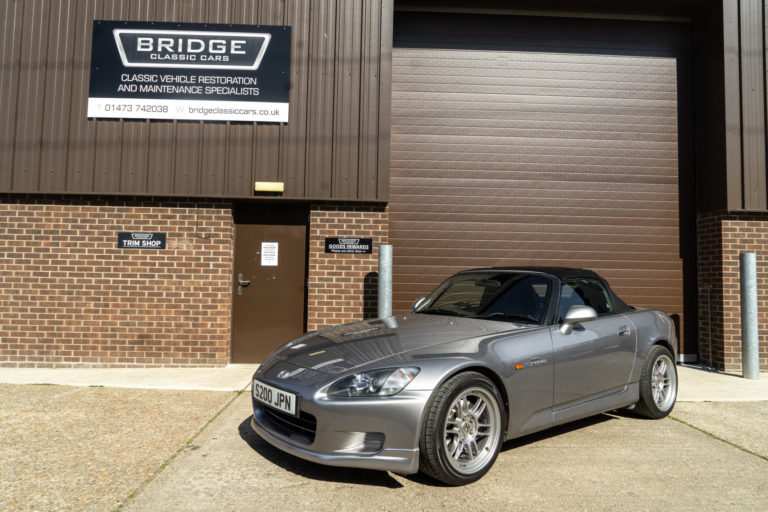
This 2000 Honda S2000 arrived today for some cosmetic TLC. With some paint chips and signs of rust, this little Honda just needs a small
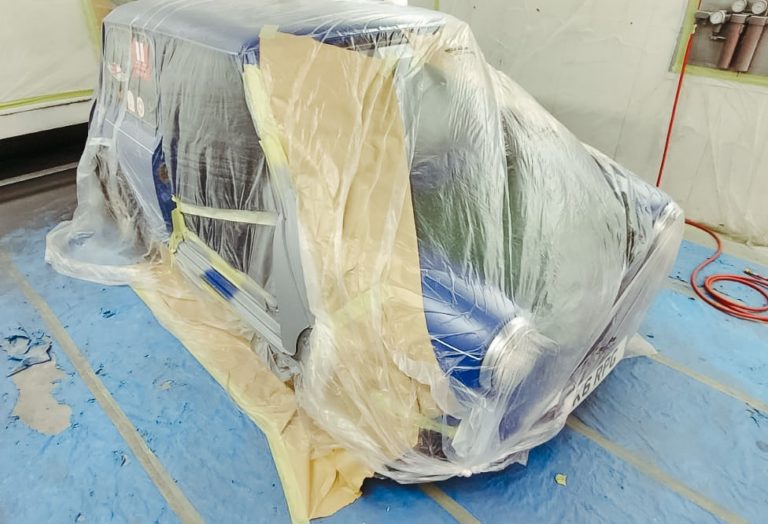
Our talented paint shop colour matched, masked up, primed and painted our 1993 Mini Rover side panels before it was sent back to Ted at

The trim shop has started on Craig’s 1987 Mercedes 500SL trim which is being done in a Claret red. Kath has been painstakingly pouring over
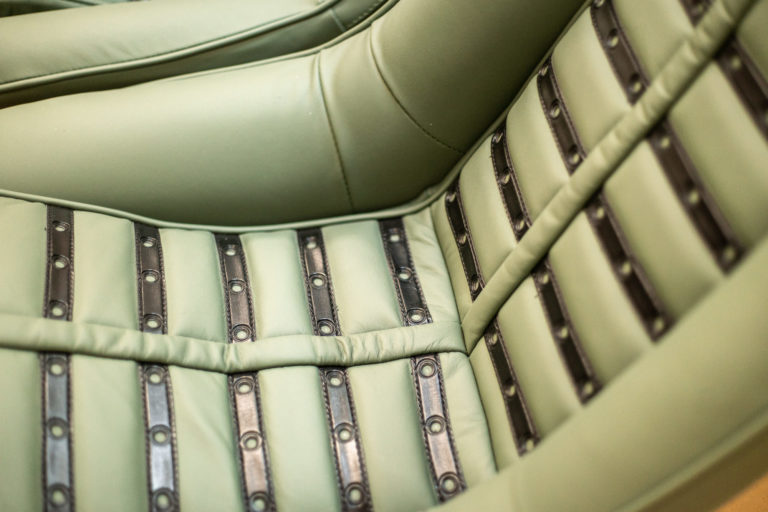
We thought we’d take a closer look at the finished Ferrari Daytona seats that the trim shop have made. Having had to make these all
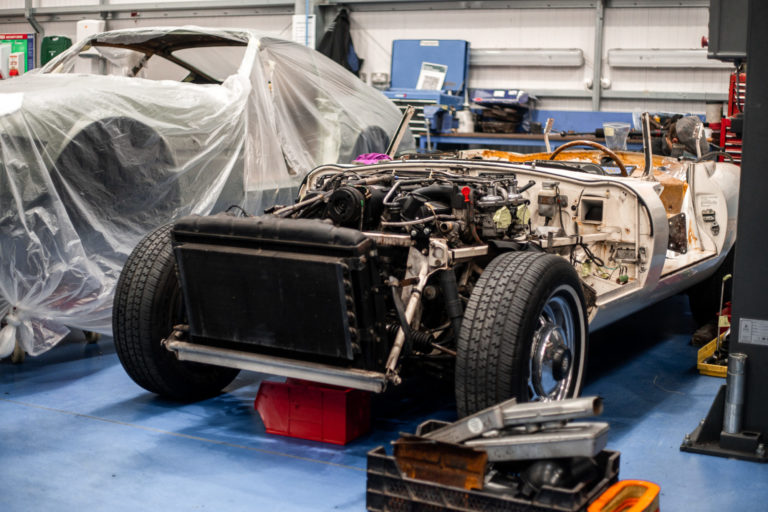
Scott has continued to dismantle our 1973 Beverly Hills Jaguar E-type Series 3 V12. He’s removed the bonnet, windscreen, top of the dashboard, heater box

Feature photo credit: Linda Hall

This rare 1955 Aston Martin DB2 / 4 Mark 1 arrived over the weekend and has come in for an assessment. Having been recently bought

Our 1991 VW T4 Transporter Campervan is road trip ready again and just in time for the summer! Its been thoroughly cleaned and painted and

Our 1973 Claret (Maroon) Triumph Stag has made its way into our workshop after waiting patiently in our hanger at Bentwaters. This Stag is in

Take a look into the history of this rare classic that arrived at our workshop today.
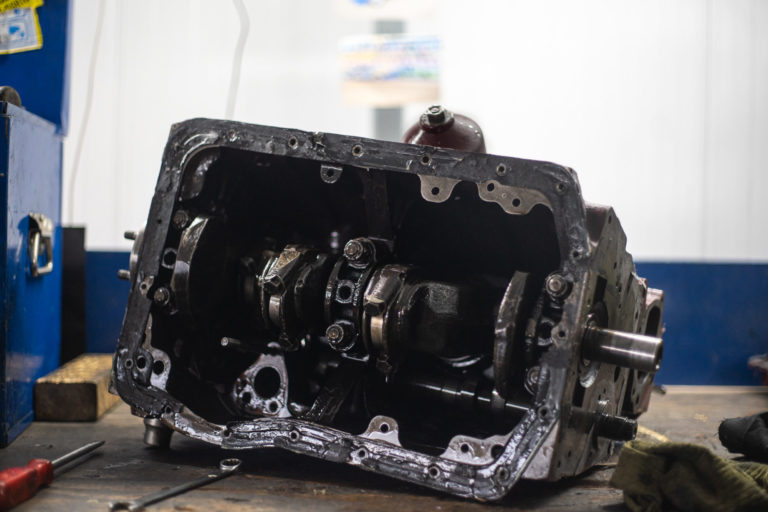
Ady has been taking apart the engine to try and understand the root cause of the engine troubles on our lovely 1960 MGA. He’s found

Our 1954 Jaguar MKVII has most recently been masked, primed and had a guide coat put over the top to guide Chris and Matt when
Our lovely 1974 Beetle has come in for some TLC. We’ve fitted new wheel cylinders and bled the brakes as well as stripping the brakes and replacing the parts so that it now stops more efficiently. Paul has also replaced the hydraulic wheel cylinders on all four wheels and fitted a carburettor inlet manifold rubber seal.
Ady has almost completed fitting the engine back together after its full re-build, part of which was done here and part of which was done at Scholar.
The engine was originally stripped down and inspected for issues when Ady found that the engine needed to be re-bored to suit new pistons. The crankshaft was also reground and new bearings were fitted. Ady also fitted new oil pumps, rear seal conversion on the rear of crankshaft, new core plugs, new timing chain and new camshaft followers. The cylinder head is currently at Coltec, having an unleaded conversion and a reface.
Lydia has started on remaking the headlining on the lilac Jensen project. She first cleaned up all the metal poles that go into the loops across the headline and then inserted the poles inside the loops.
Lydia has also been working on the front seat squab. She began by marking it up so she would know how the pieces go back together, beginning by taking the back of first and then the front covers and adding in 3mm of foam. She then glued in some calico onto the back board to strengthen it when sewing. Lydia then made and added piping to go around the back board and covered the front of the backboard with new white leather. She then glued and sewed the piping in place. She then started making the pocket by drawing around an the original one onto the new leather, sewed the elastic in the top and tacked the folds in place at the bottom. Lydia then folded the edges under and glued the pocked onto the backboard.
Brian has also been working on this Jensen alongside Lydia and has bade the rear seat centre section of of the new leather. He begun by marking out the fabric, adding in extra foam and gluing the cover over the centre, pulling tight the leather over the sides. He’s also re-glued the foam back in place for the front seat squab which was done after he removed the old foam. Brian then made the new wood section for the bottom of the seat frame and added new foam to the side sections. New foam has been added to the middle section for the back of the squab.
Scott has been working on the engine of the Amphicar, converting the dynamo to an alternator to make the charge more reliable.
Scott has also fitted and wired the fuel gage:

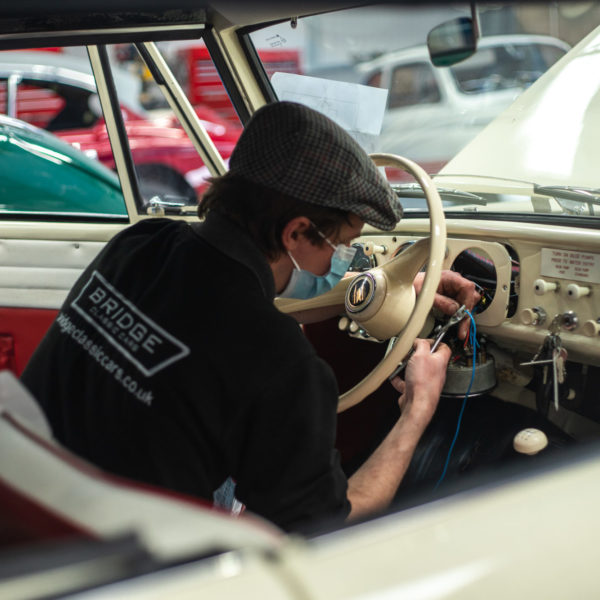

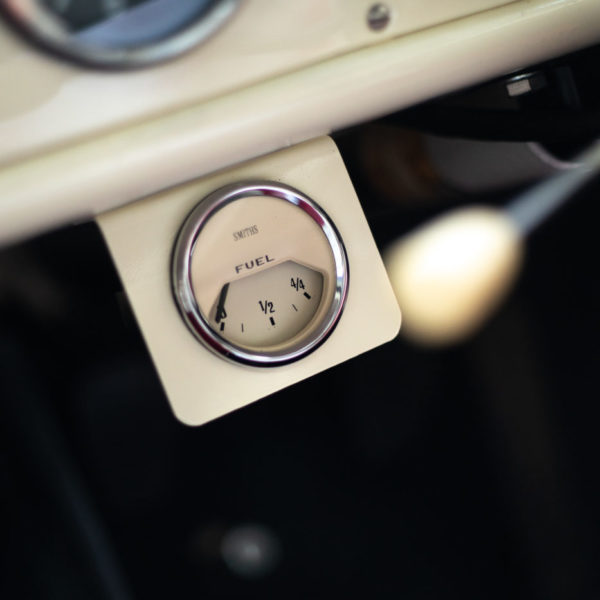
The underside of the Amphicar has also been masked and painted to make it water-resistant and ready for the water. MarineWare came to assist with the application of this.
Amphicar’s are known for leaking, predominantly through door seals or other gaps. As this is a totally newly restored Amphicar, there is always risk of water ingress from other areas. Whilst taking the advice from others who have restored Amphicars, we were advised if possible, to apply a sealant to the underside of the vehicle. We contacted MarineWare to come and apply 2K Durepox sealant.
We bought the product and Glen Keefe from Technical Sales at MarineWare came to the workshop to go through the process with our paint technicians, Chris and Matt. The process included keying off the already applied paintwork and applying a primer followed by the Durepox resin and hardener in black to match the original paint. This hard and long-lasting sealant will aid our Amphicar in its seaworthy adventures and make sure there are no unwanted leaks.
All women driven off-roading race, Rebelle Rally, is an intense 8 day feat of endurance and speed across America’s most unforgiving landscapes from Nevada to California.
“Blending the love of driving with the ultimate challenge of precise navigation, the Rebelle tests your skills over 8 days of competition. It is not a race for speed, but a unique and demanding event based on the elements of headings, hidden checkpoints, time, and distance using maps, compass, and roadbook.”
As the first-ever female-only off-road rally in the United States, it covers 2000kms and includes multiple two women teams, ‘This is not strictly a race for speed, but rather a group tournament that is based on hidden checkpoints, time, and distance travelled. Competitors are required to hit certain checkpoints to increase their score. Each team has the option of using a modified vehicle or a stock car equipped with tools to help them navigate the rough terrain.’ explains Autoblog.
With this years rally approaching, would you enter in the future?
Our lovely 1957 Grey Jensen 541R/S now has its new speedo fitted into the dash. It’s also had its steering centralised. John is now going to start it to see how it runs and to see if there are any teething issues which he will correct accordingly.

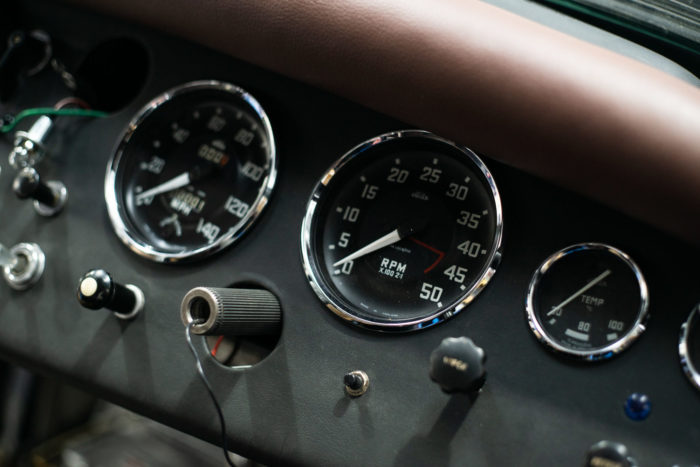
Our classic Jaguar MKVII has recieved its first layer of paint. Chris and Matt spent the morning masking the body up in preparation for paint. The body has sat in primer which had been smoothed out ready be painted over in the final cream colour.
Chris started painting the body this afternoon. The doors and outer panels have already been done, meaning that when the body is finished, it will start to resemble the final product all in its original colour. Seen below is the paint process of the body and panels as well as the priming stage.
Our 1934 Austin Seven Nippy has been completed as of today and we’re delighted to see it up and running! Gordan and Craig took it out for a test ride and it ran perfectly. With the engine and bonnet back on and all issues resolved, this little Nippy is set to go!
Our 1973 Blue Jaguar E-Type has had its front inner wheel hub replaced as the rings near the splines were showing serious wear from spinning whilst not being correctly bolted in, causing damage to the elements.

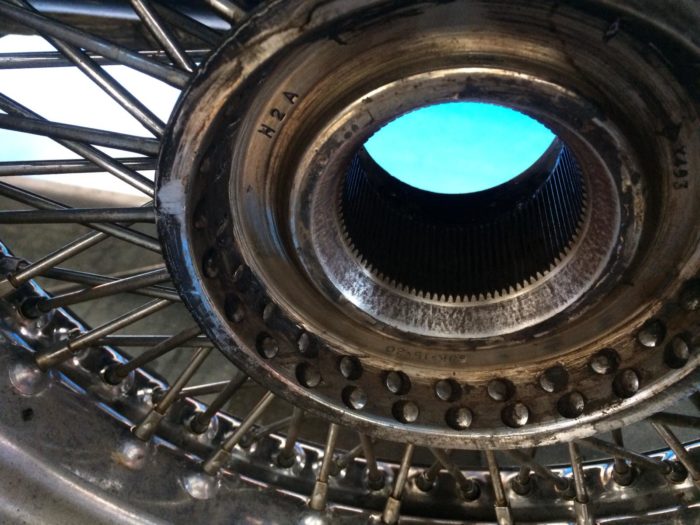
With everything finished on our 1968 Jaguar E-Type roadster, there’s one last thing to do before we send it on its way. We found a leak in the sump which needs a new helicoil.
Mauro has also replaced the rocker cover and the brake hose pipe.
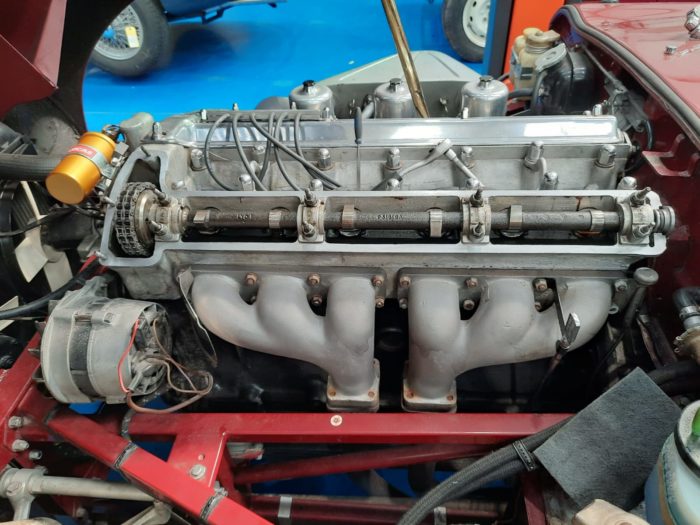

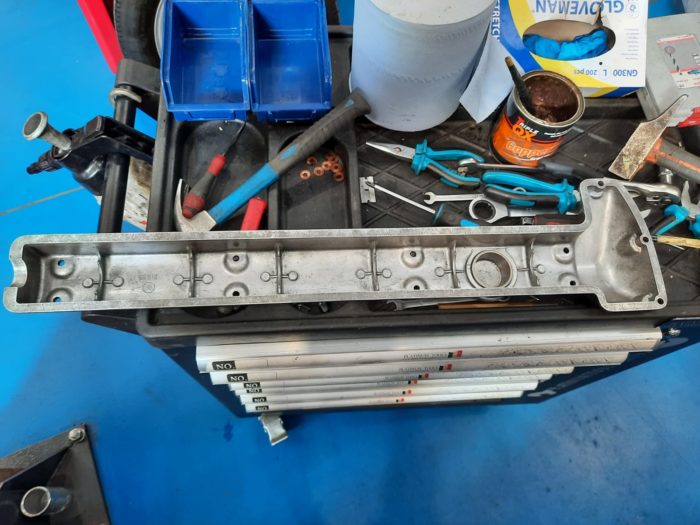




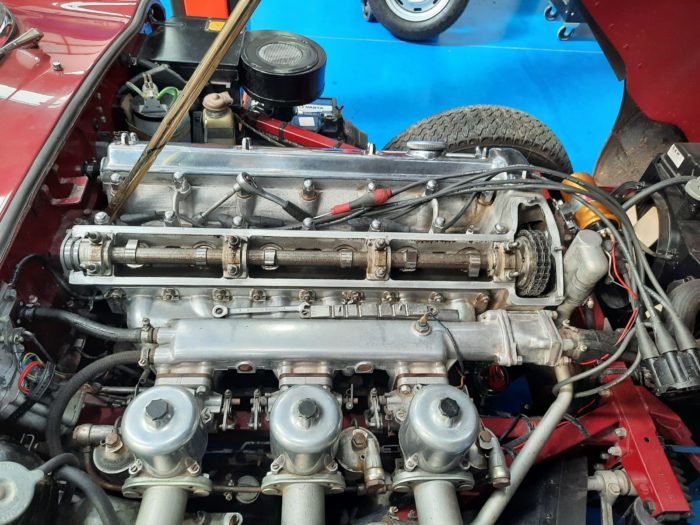

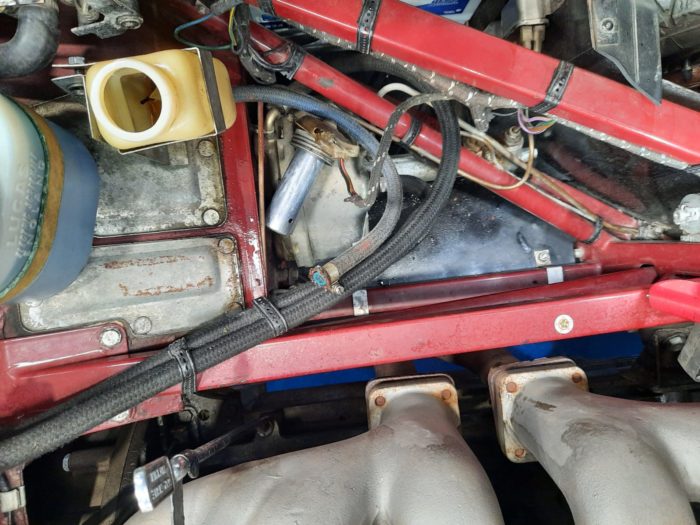
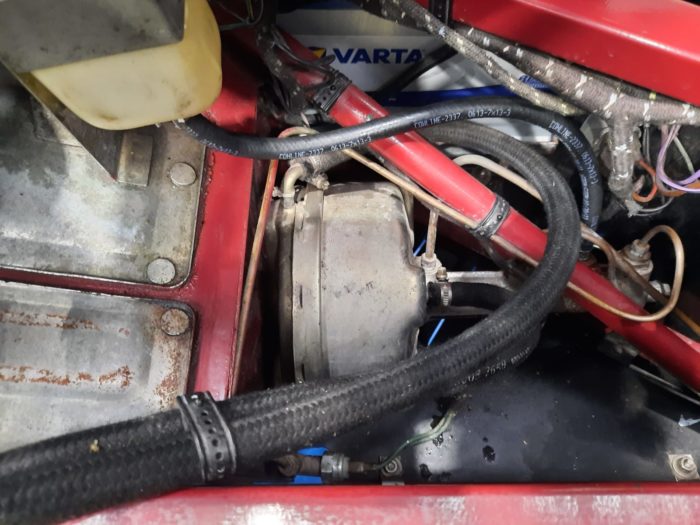
The trim shop having been tackling our red 1973 Triumph Stag interior restoration recently, which has begun by stripping all the seats down to their frames which will be sandblasted. Kath has removed all the hog rings, the back vinyl, the cover and base, the seat clips, as well as removing loose rust and glue from the frames.
The process is gritty and messy but will allow the trim shop to re-cover these seats so they look brand new.

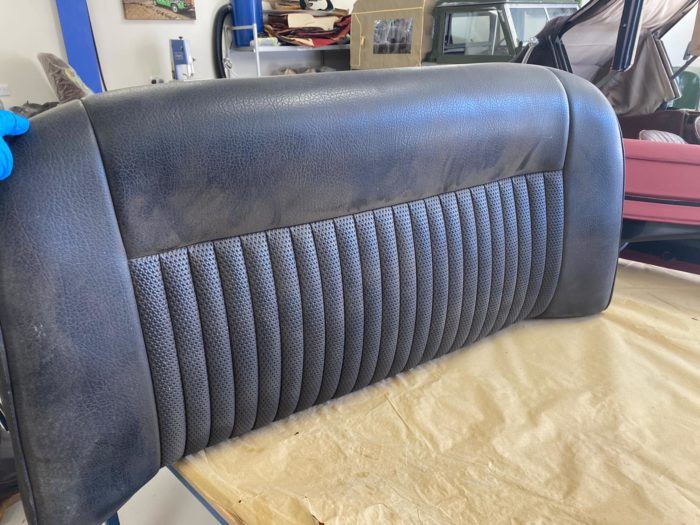
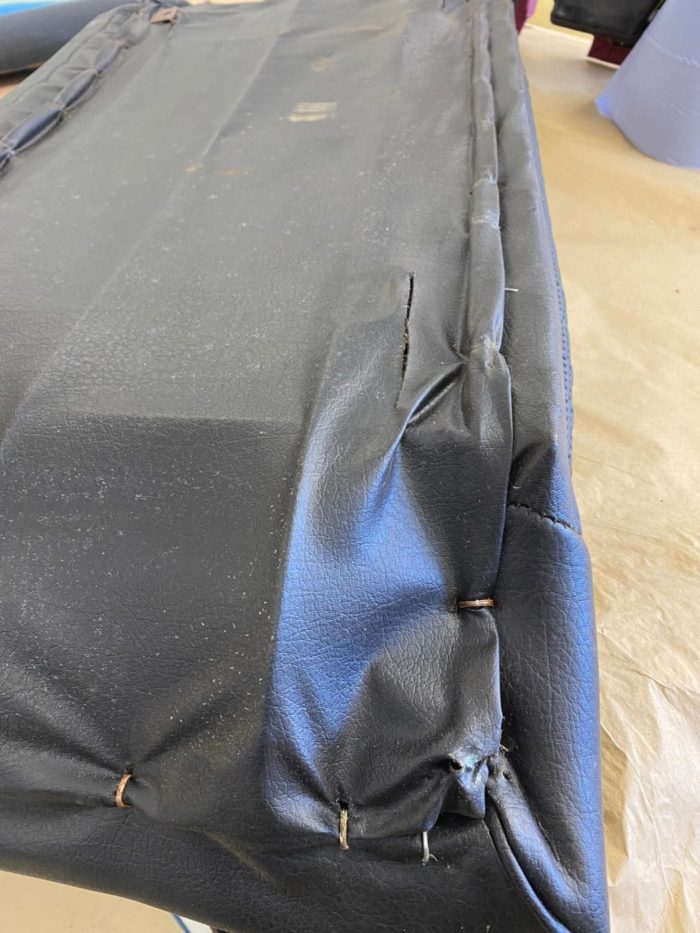


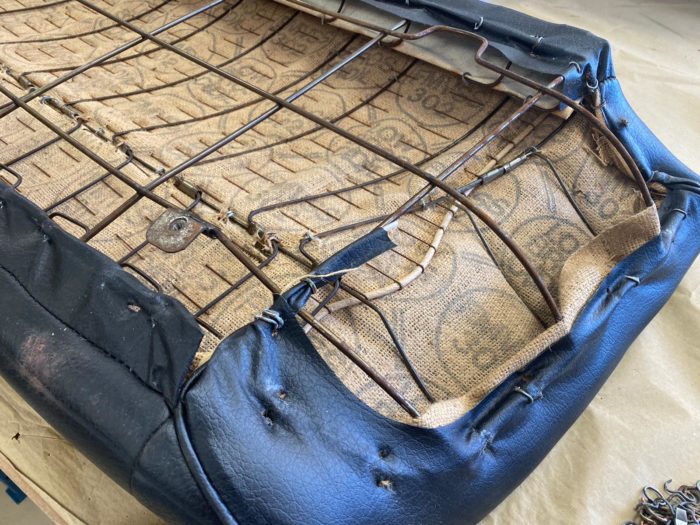
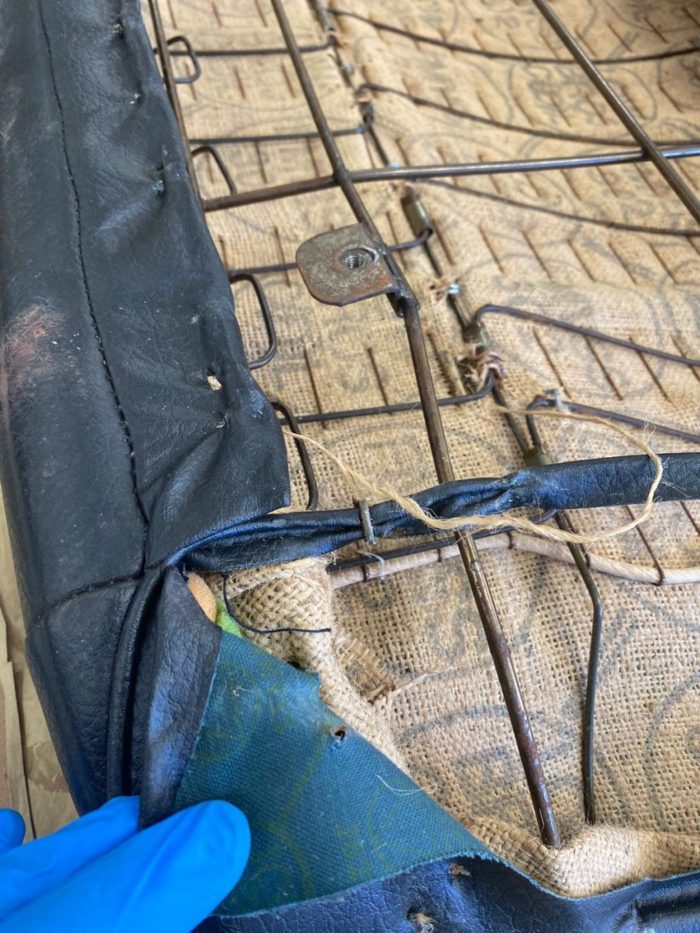



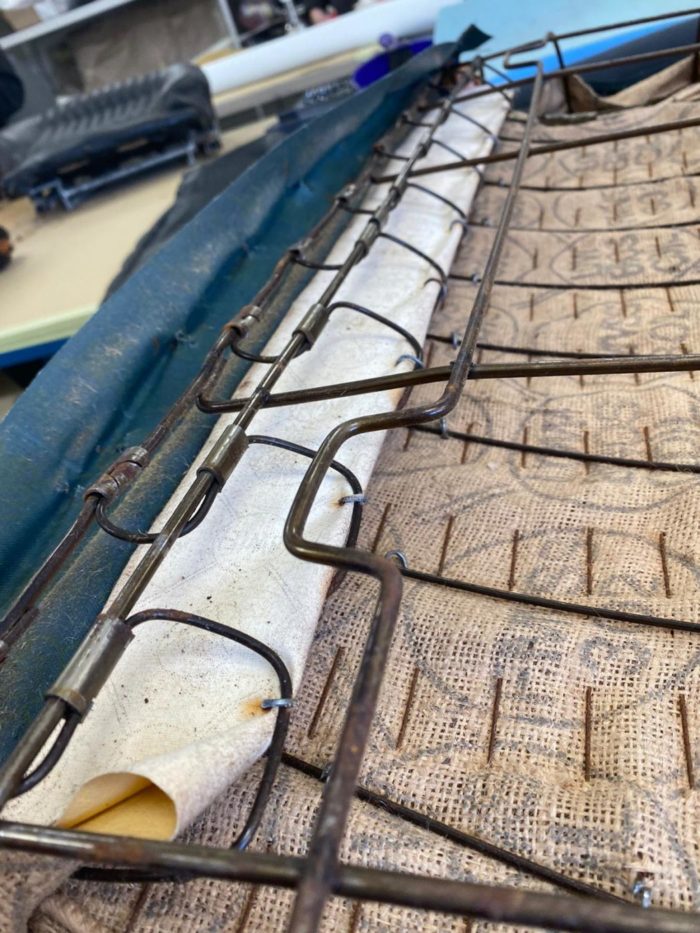
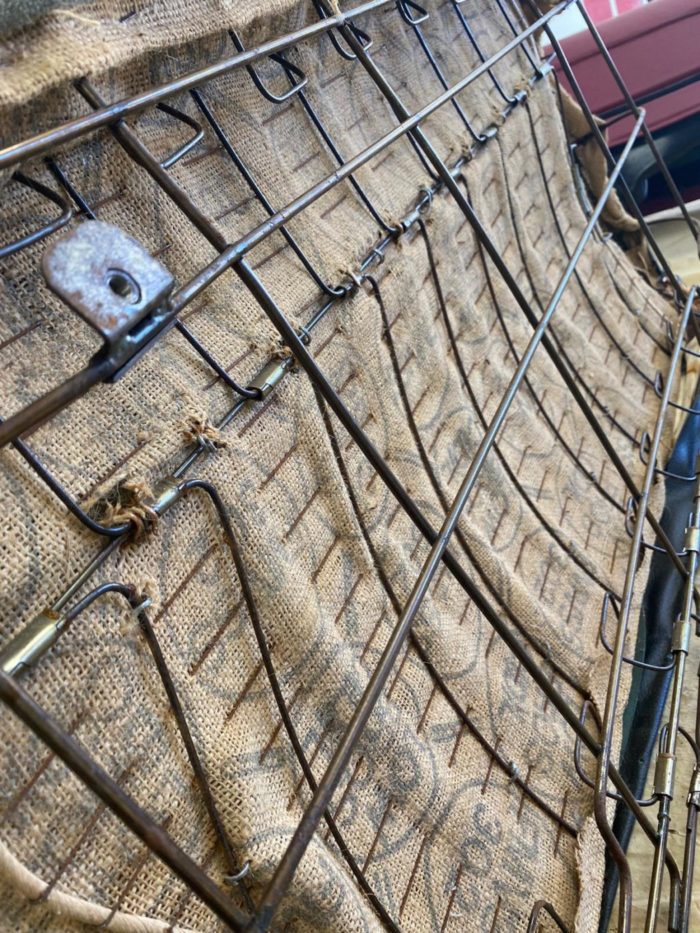

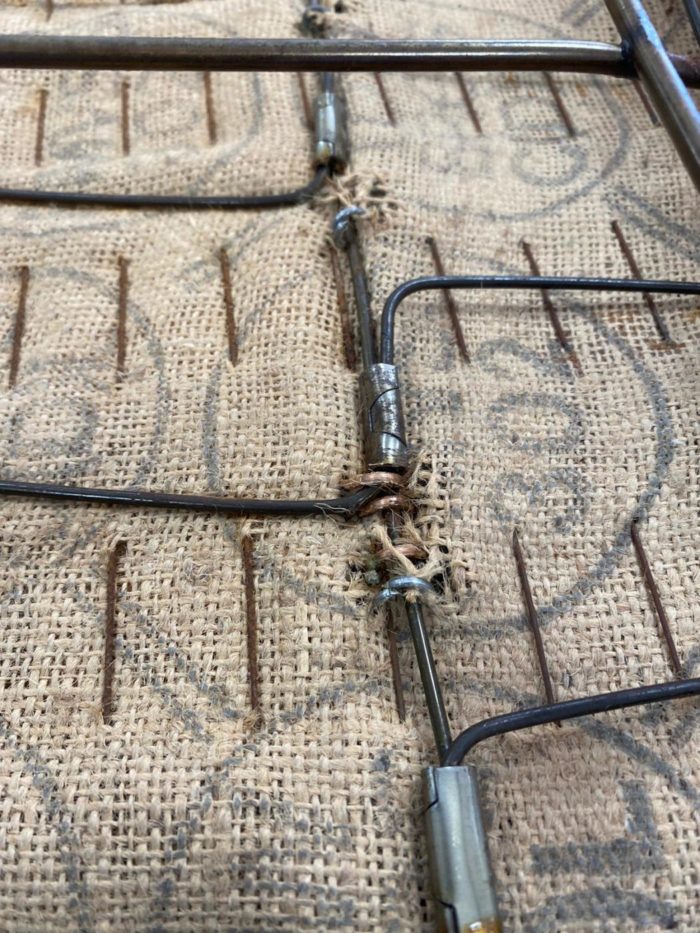
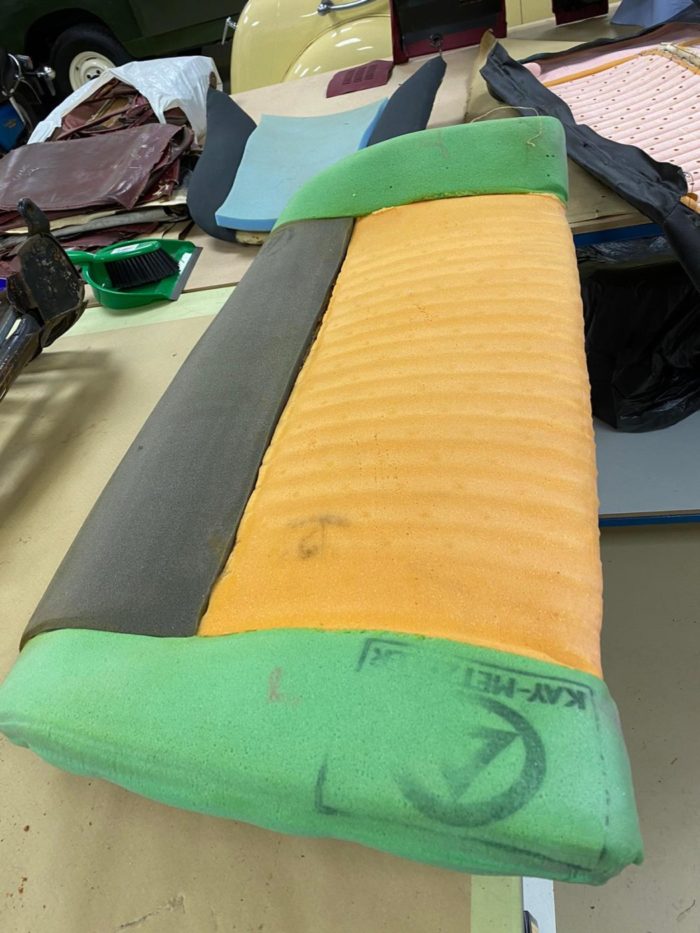
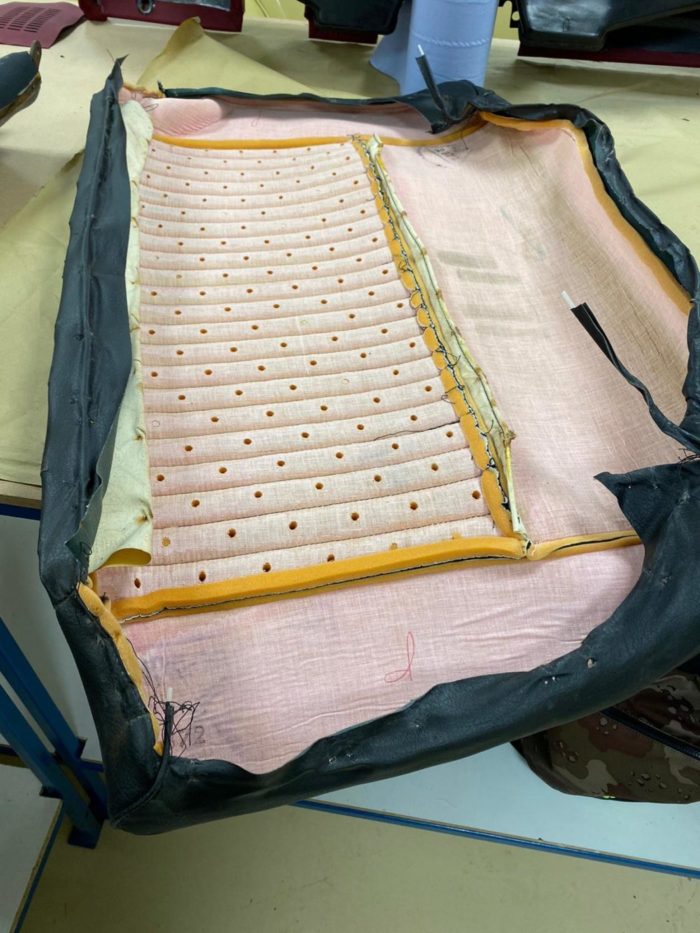

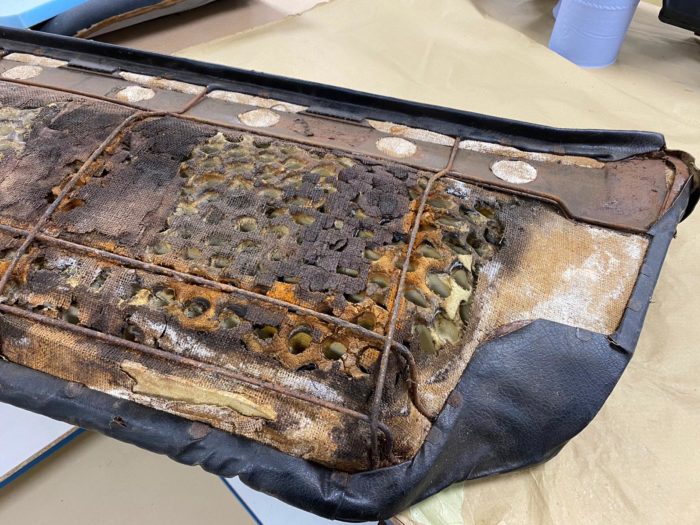
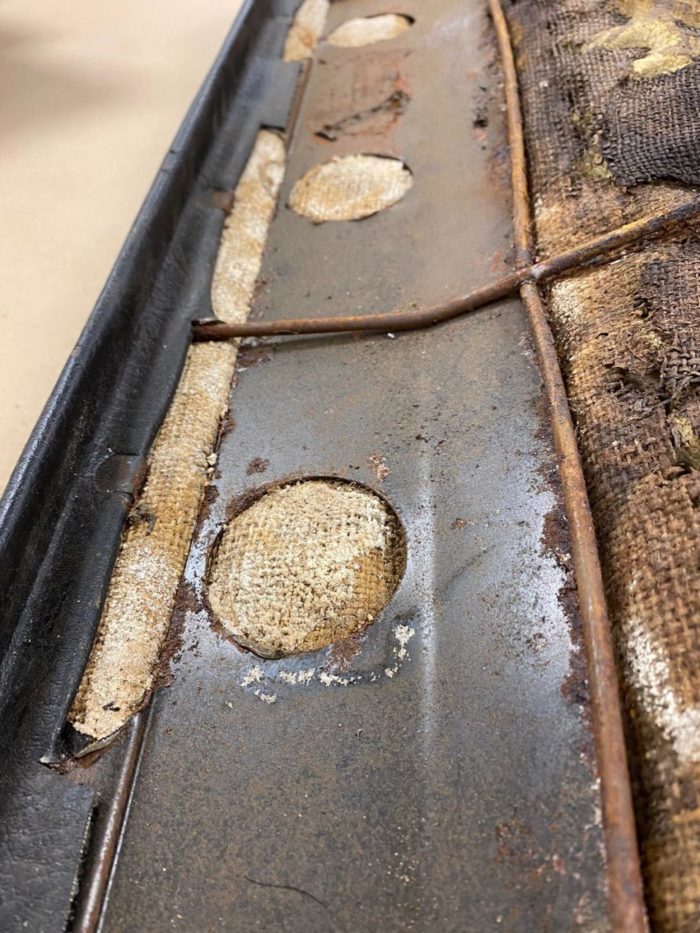
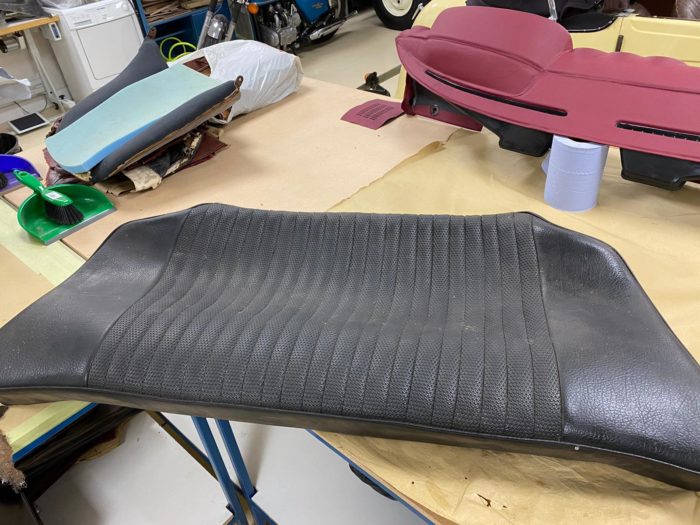
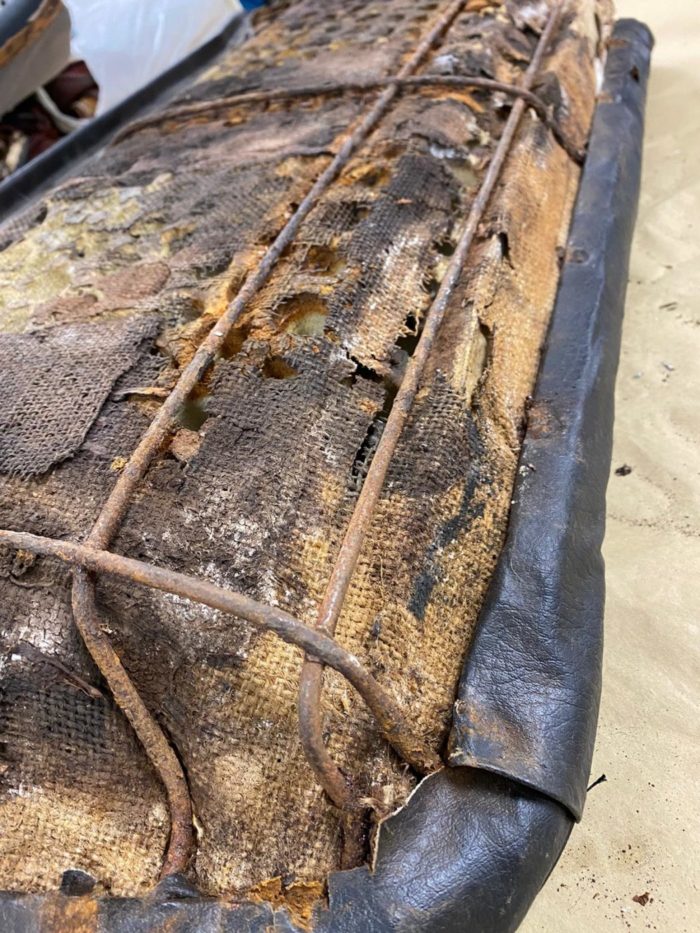

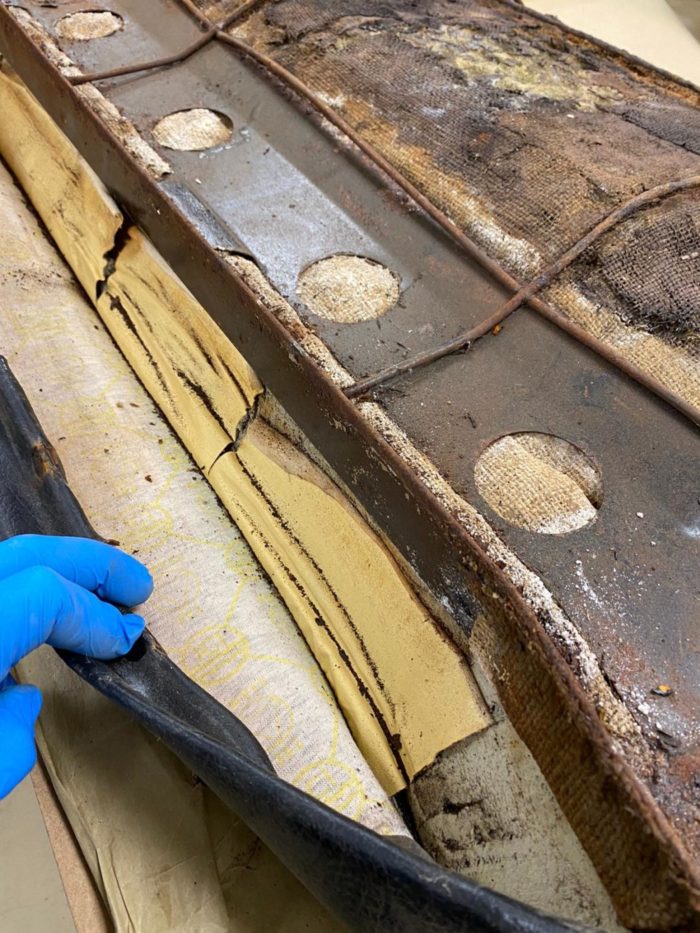
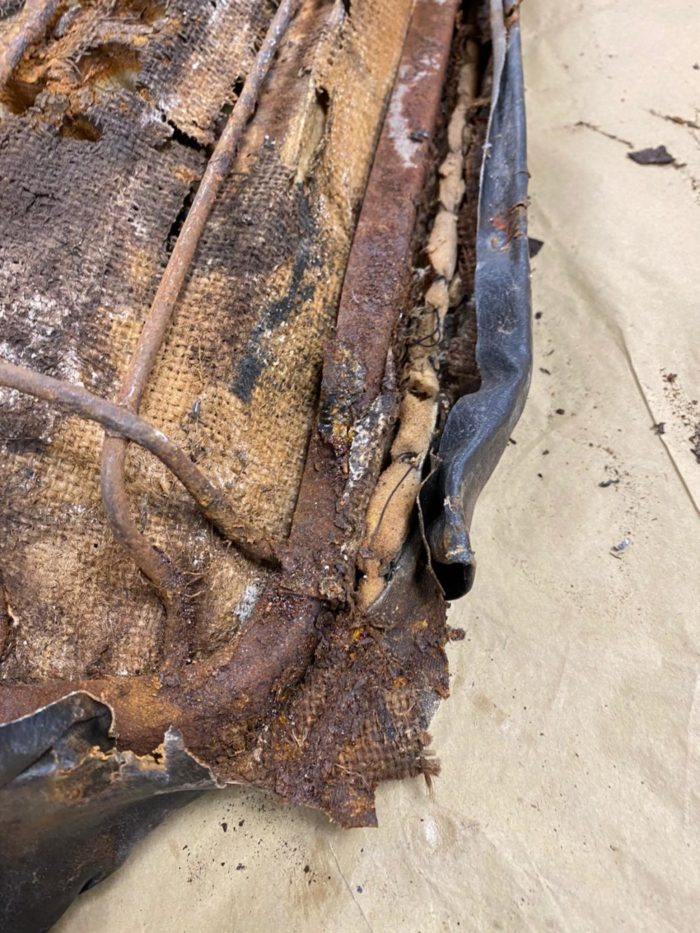
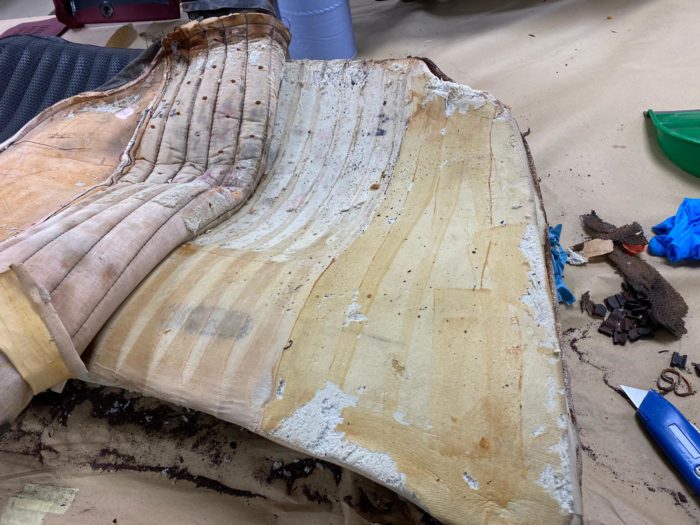


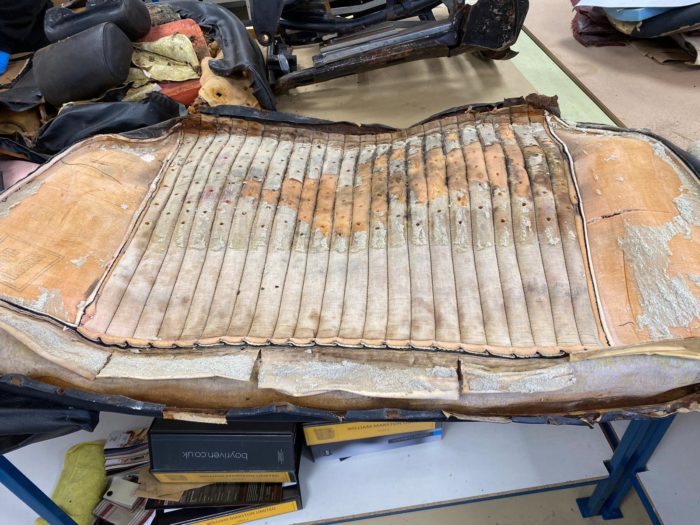

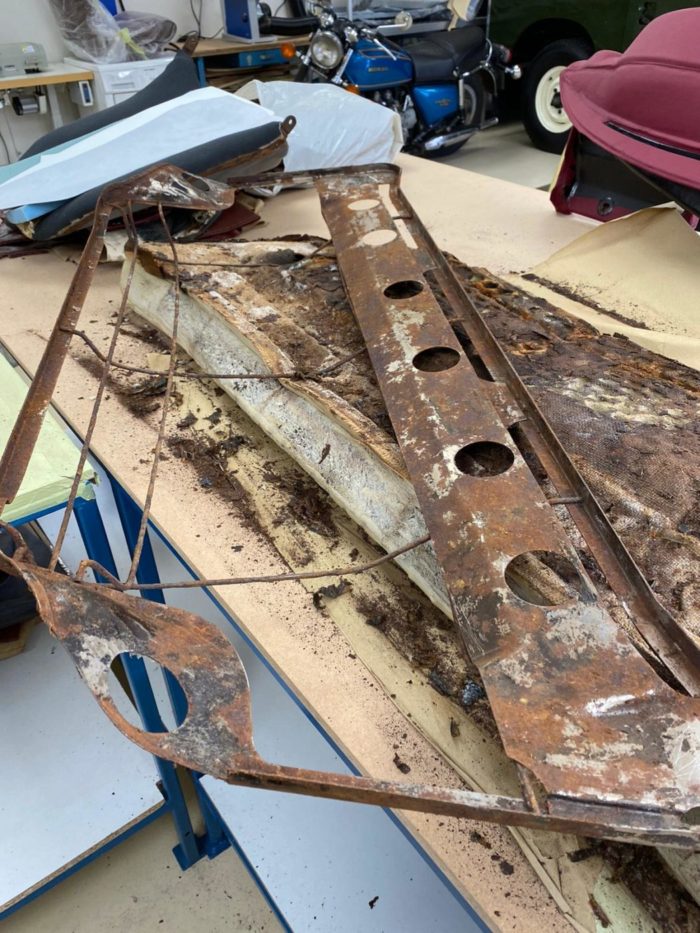
Brian has removed the seat backboard to access the clips holding the cover flaps in place. These are then removed as part of stripping the seat frames. Once the front seat squab cover was removed, he could then remove the cover from the front seat base-frame which he did by undoing the clips holding the cover flaps in place, he also removed the rubber buffer and rubber diaphragm. Brian then moved onto removing the front rubber and metal chancel from the hood as well as the front side rubbers, metal channel and plastic trim. He then followed up by removing the rear side rubbers, metal channel and plastic trim, removing rubbers & channels from ‘b’ post section of the hood and then removing the rear section rubber and metal trim. Brian finished the hood by removing the velcro from the side of the frame and cleaned up the plastic trim.



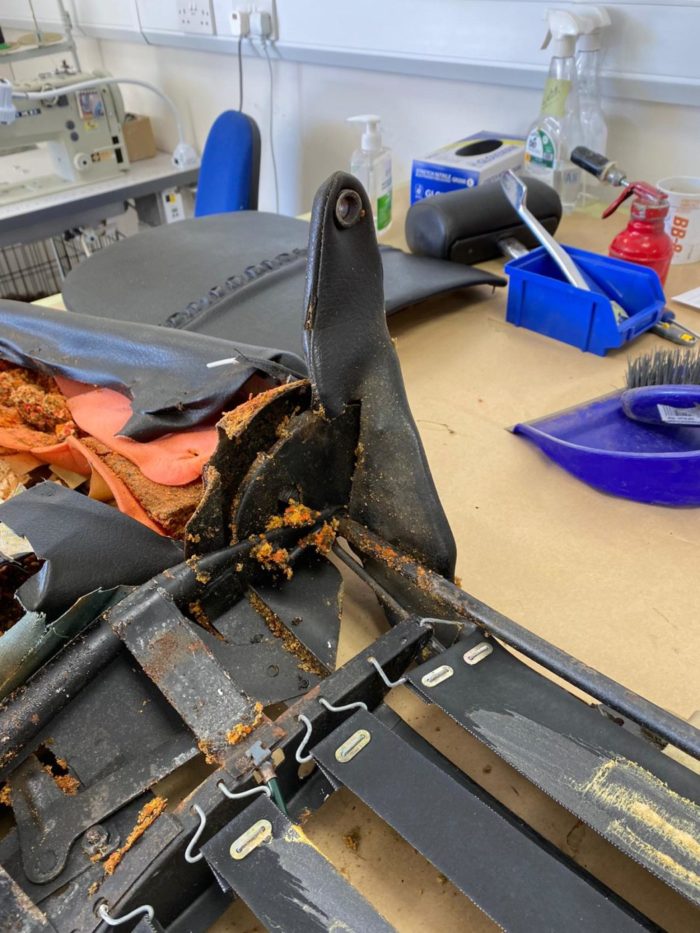

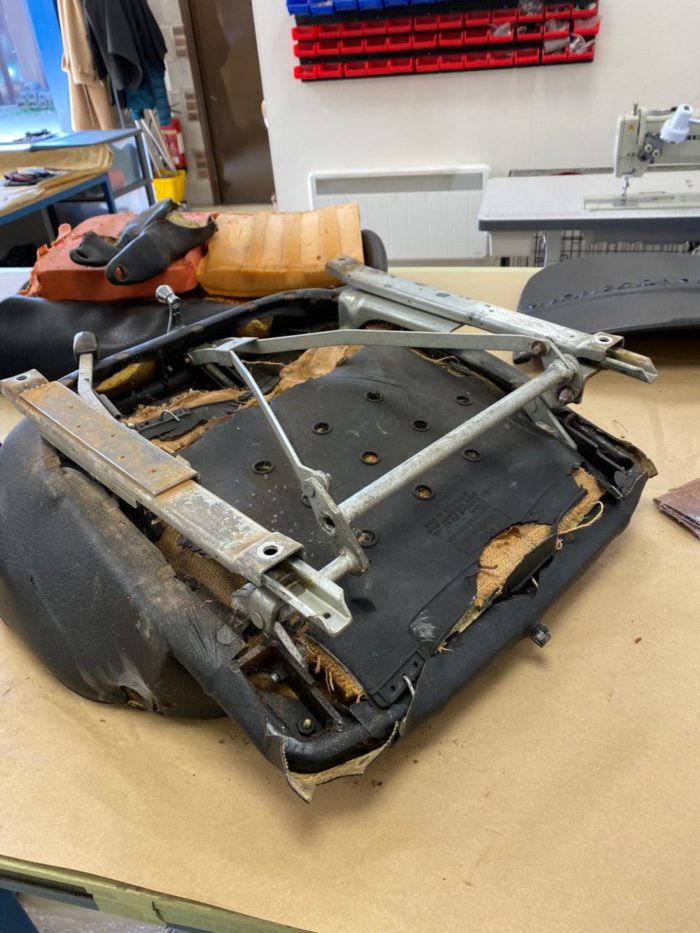
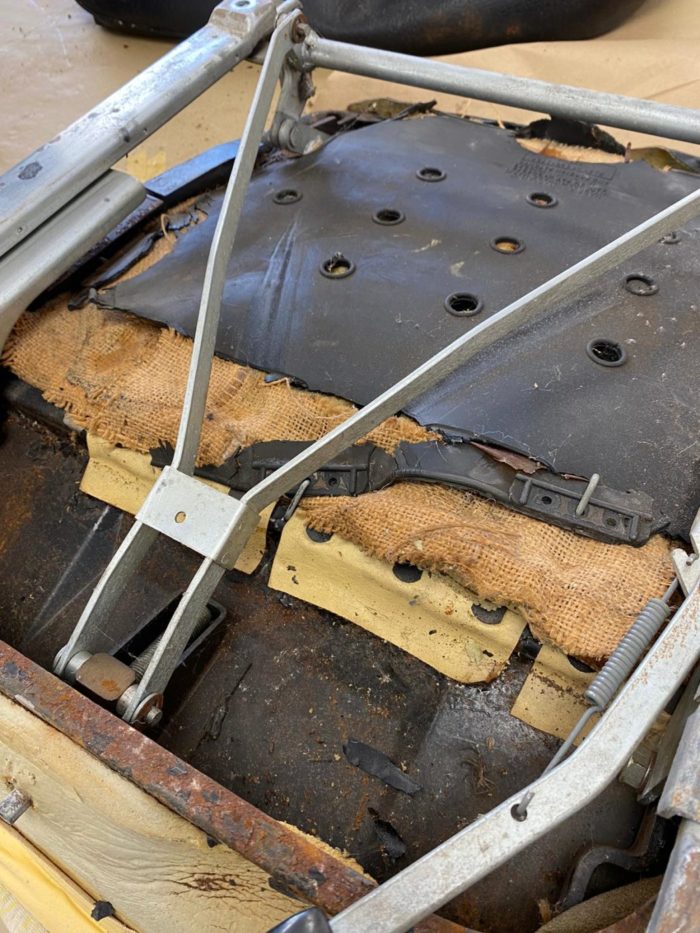
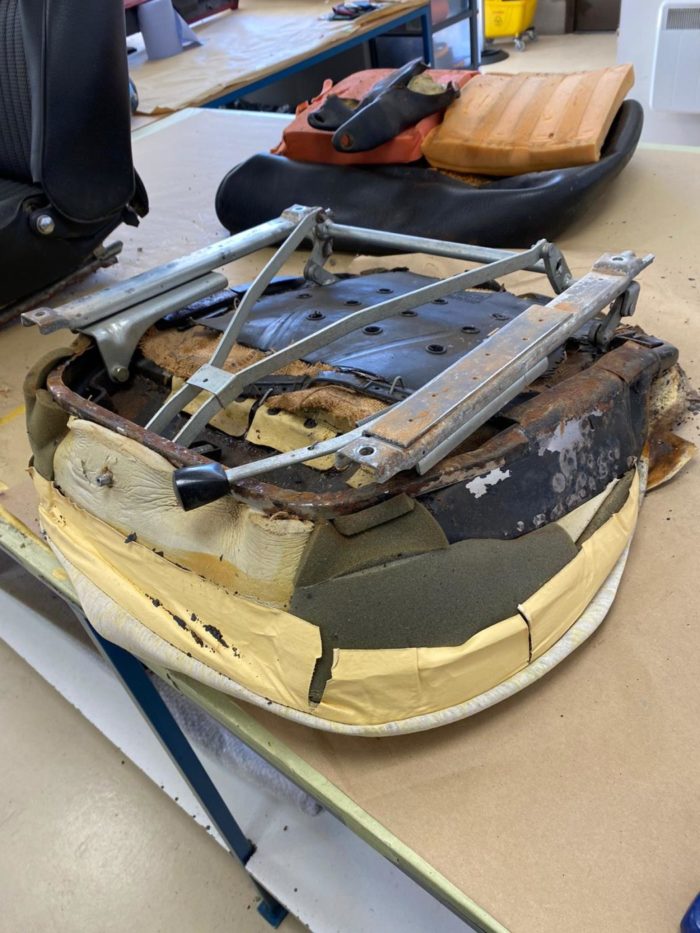

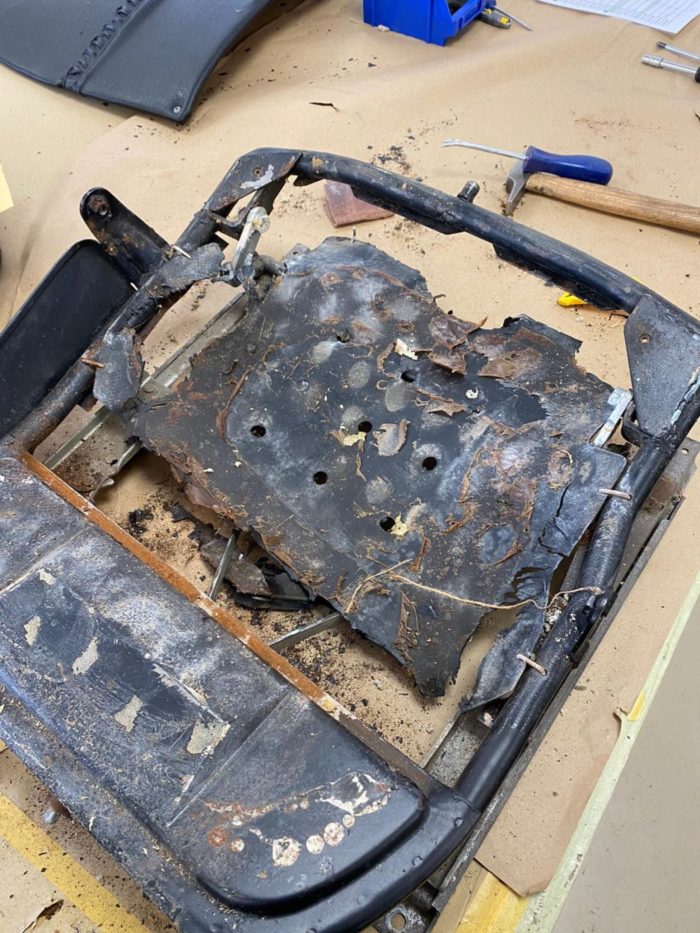
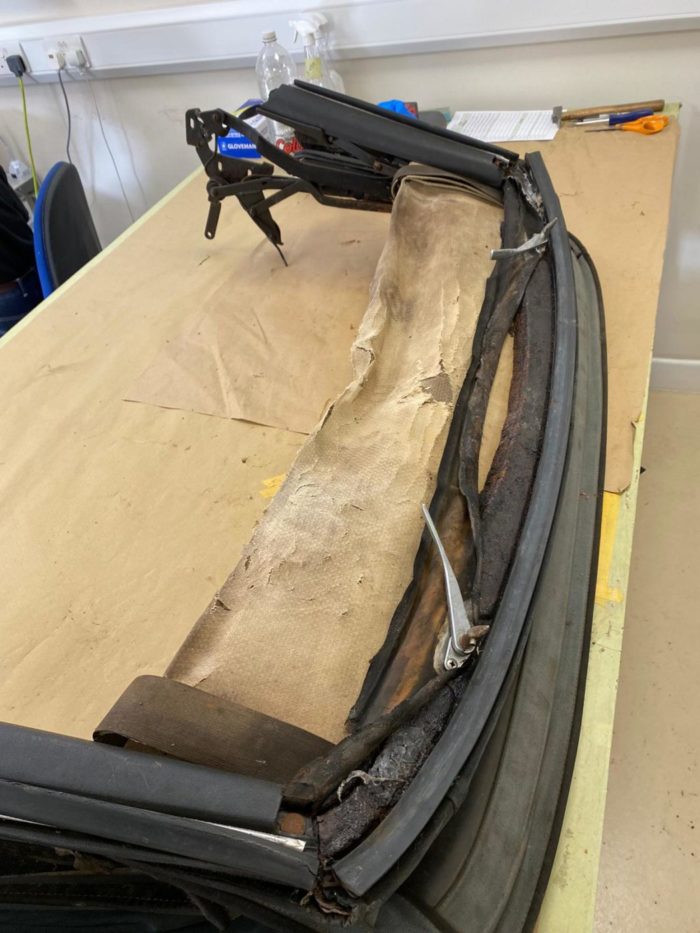

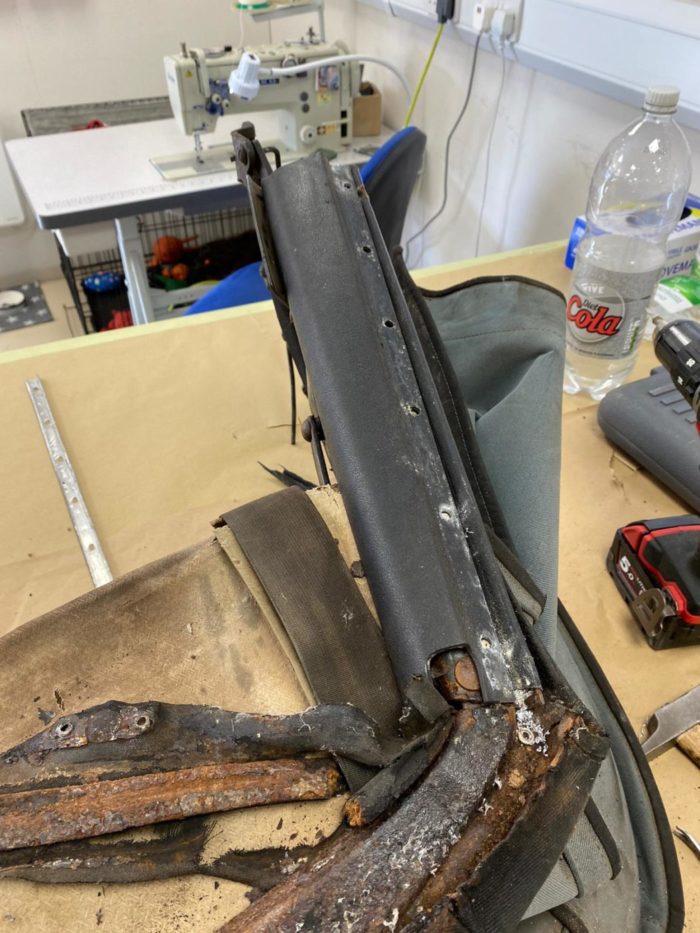





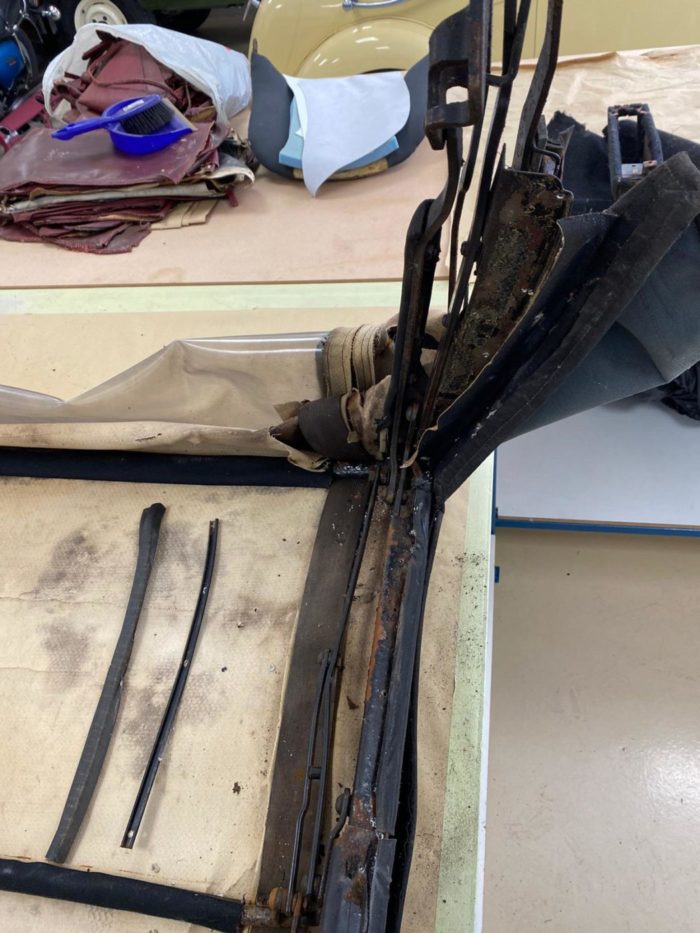
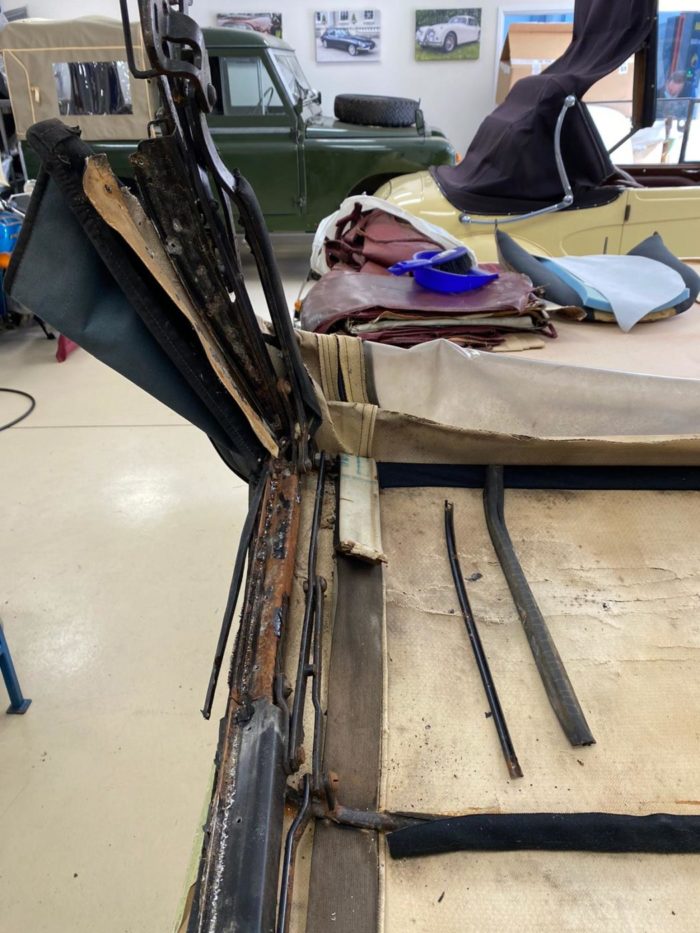
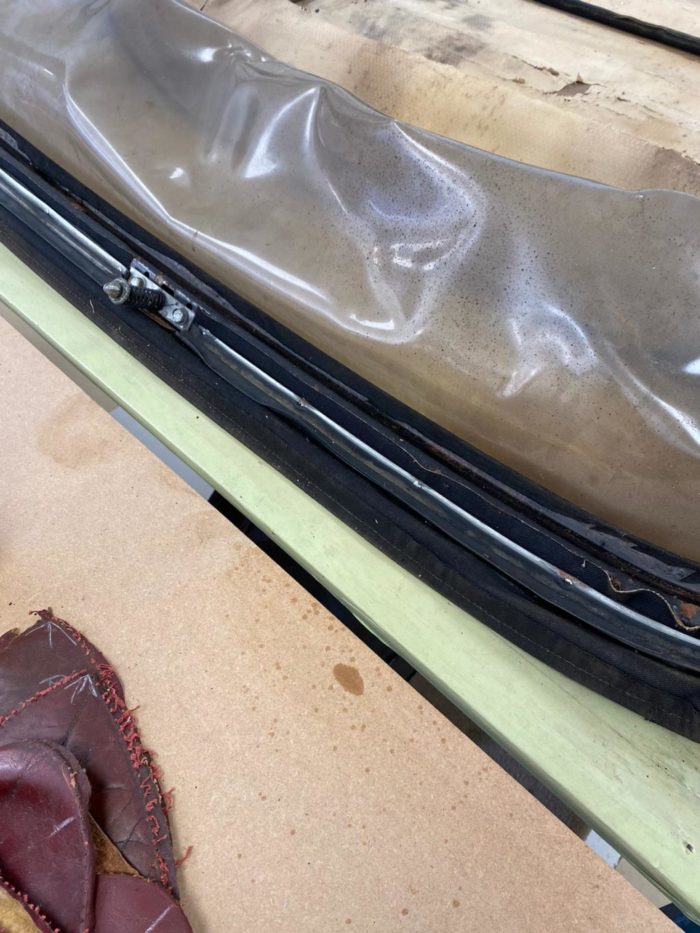
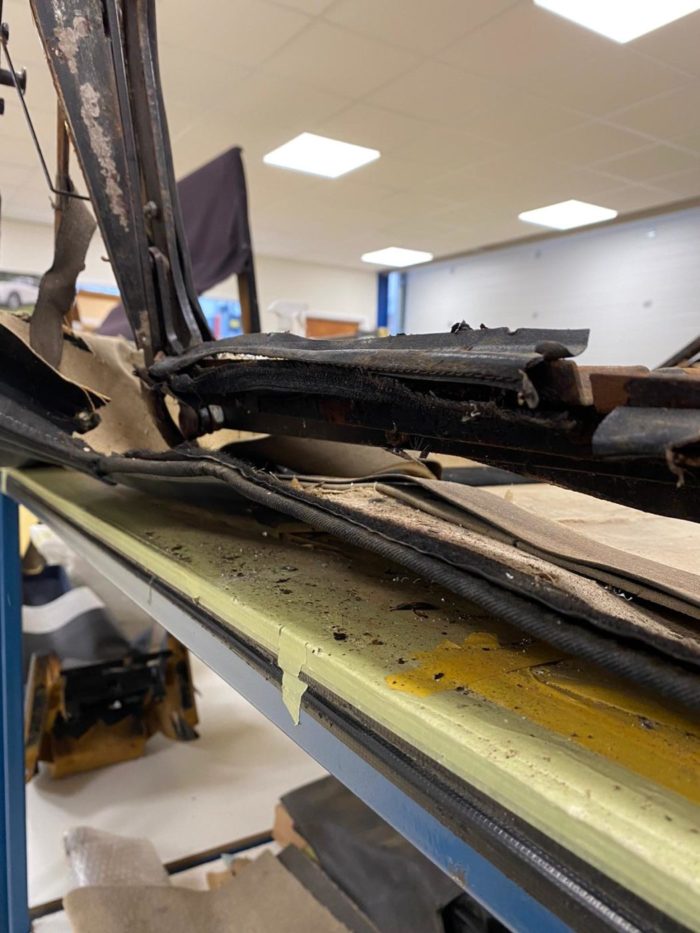
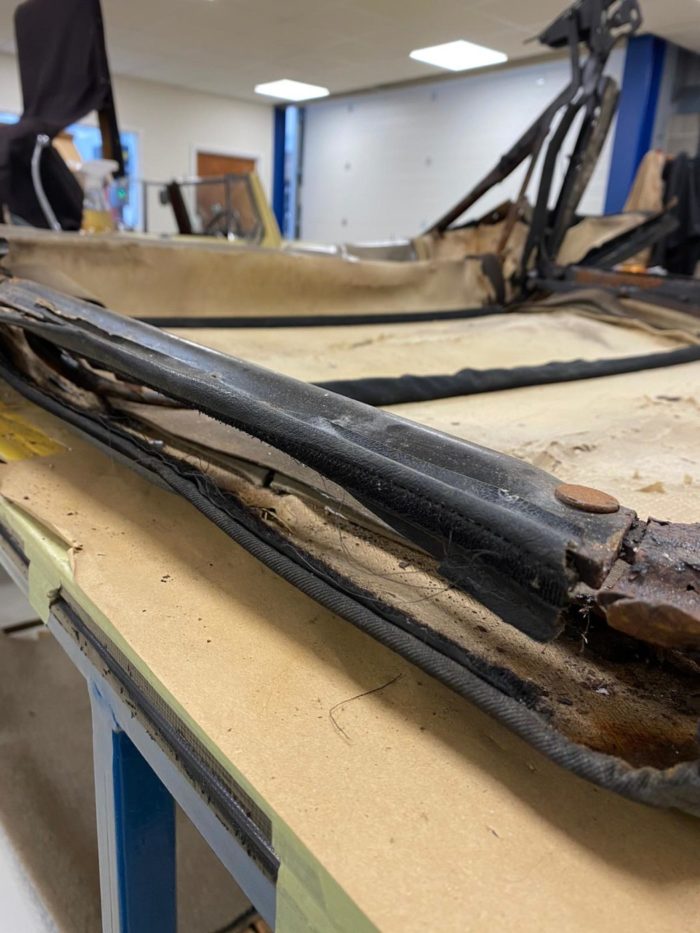
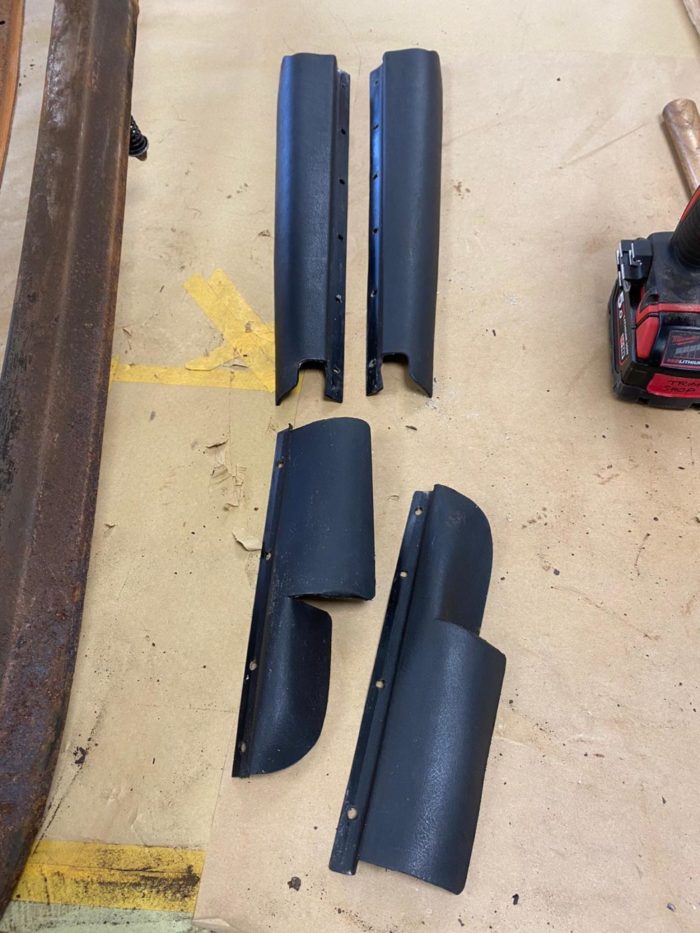


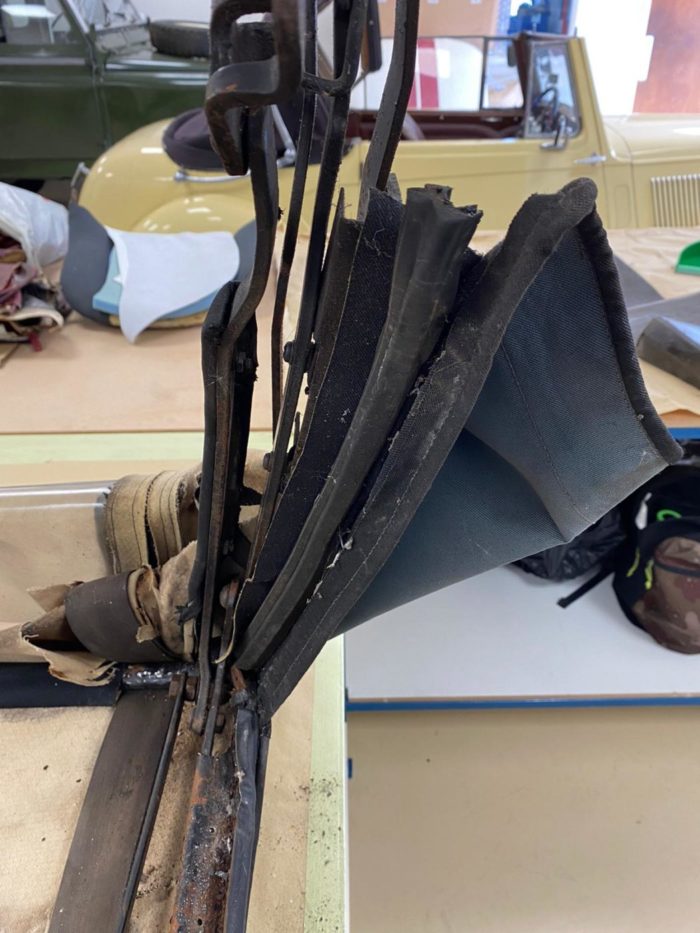
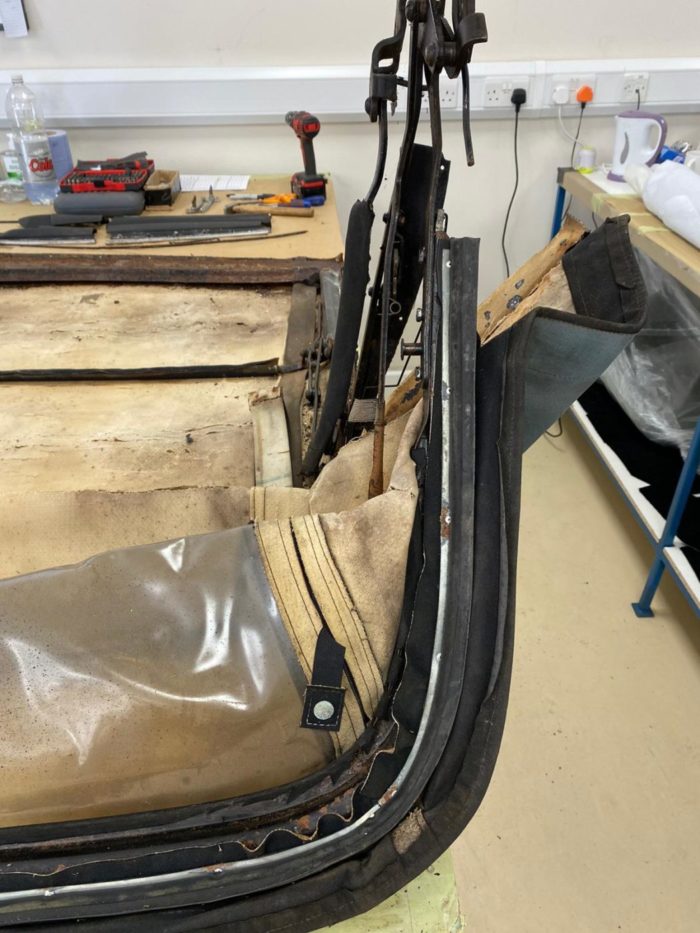
Tom has begun to catalogue the different wiring looms for our 1960 Jensen 541S. He’s started with the rear wiring loom, connected the rear indicators, brake lights, sidelights, number plate lights and the reverse light. Tom has also allocated the rear wiring loom in the rear junction box. He has then continued to install the bonnet wiring loom and has connected the headlights, indicators and sidelights wirings to the bonnet wiring loom.
Paul has also fitted the rear bumper.
Lydia has also taken apart the head lining. She’s started by laying out the old fabric to see what it looks like. Once she made the new version, she sewed in calico loops onto each headlining part while attaching the sections together.
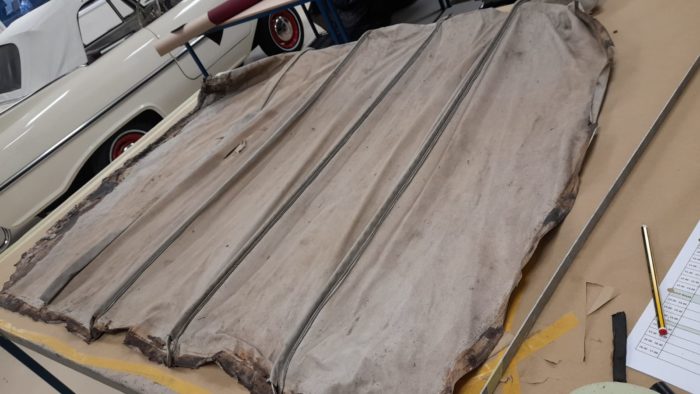

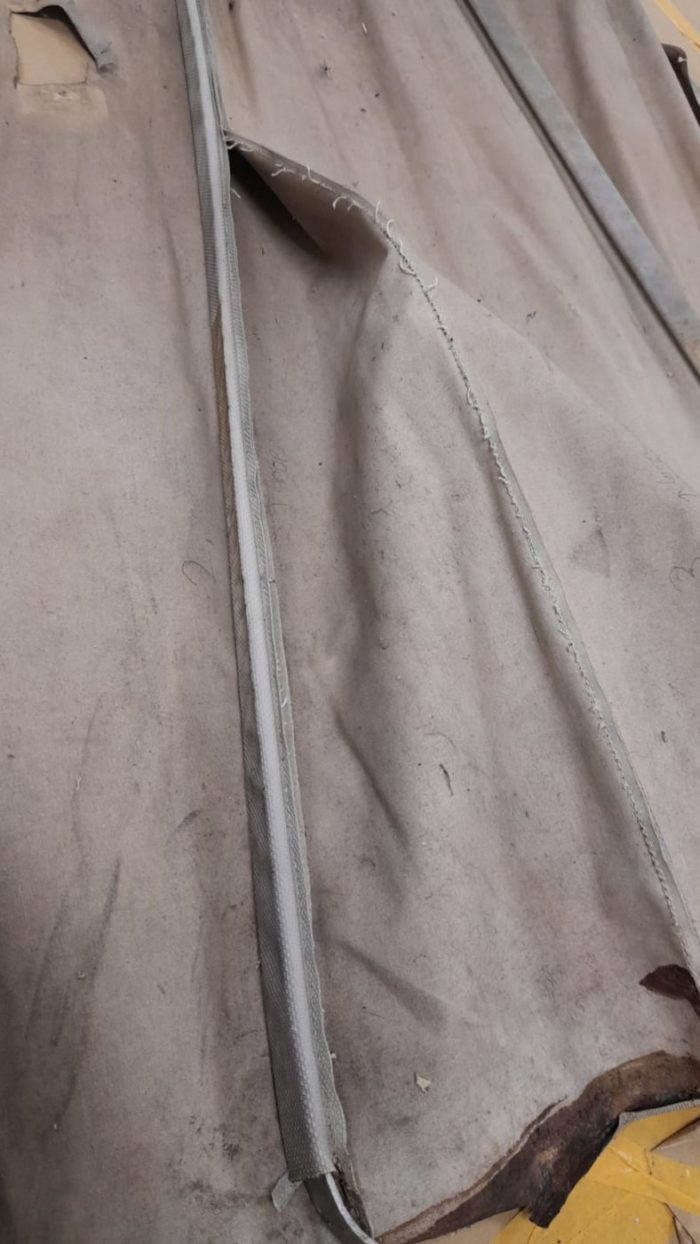
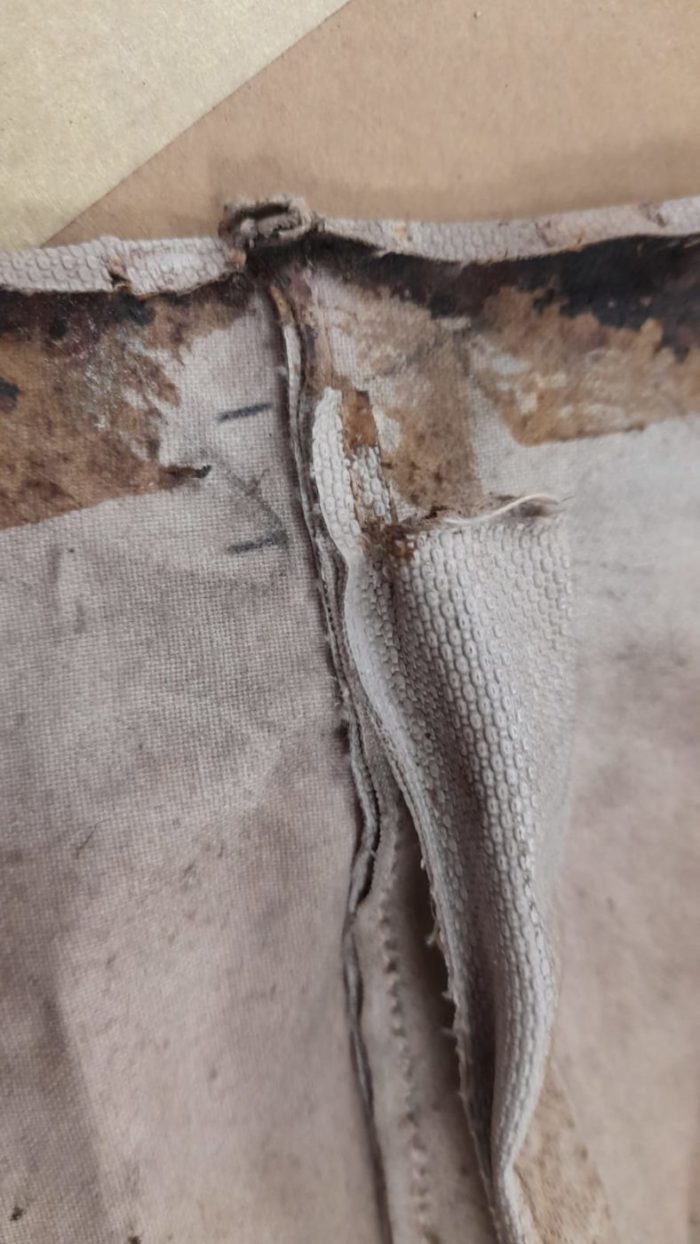
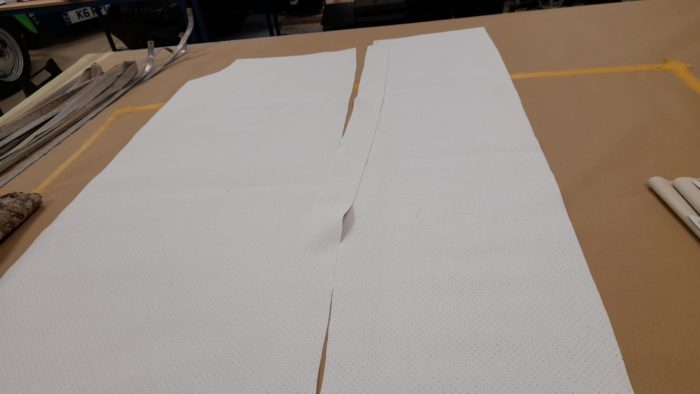

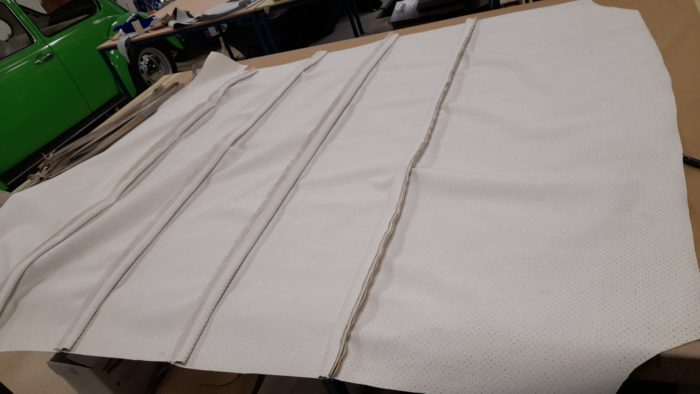
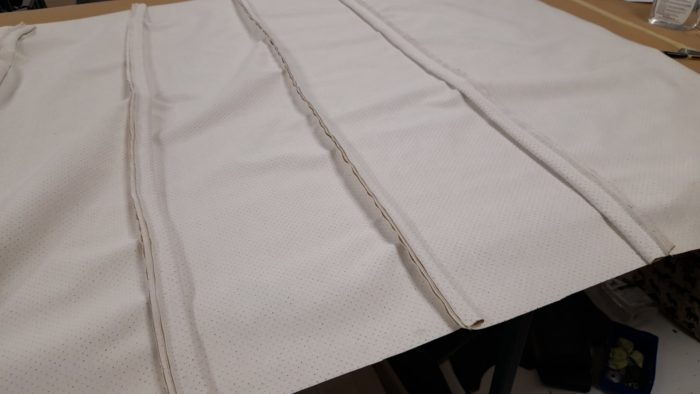
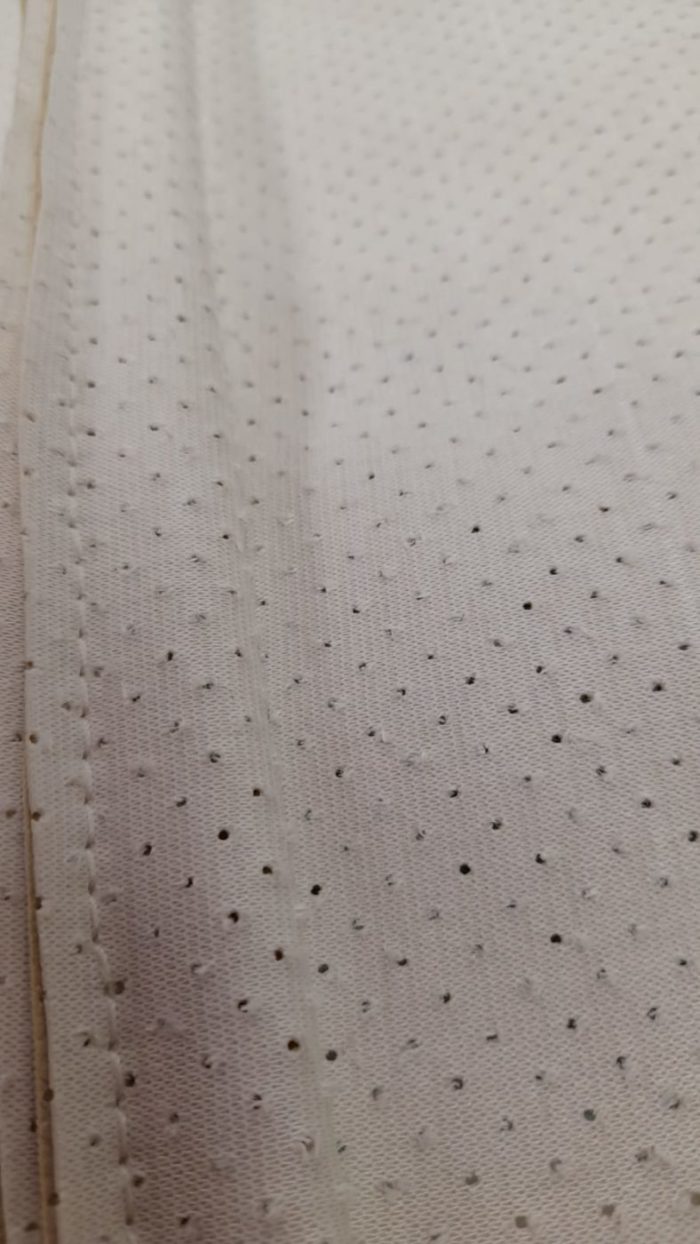
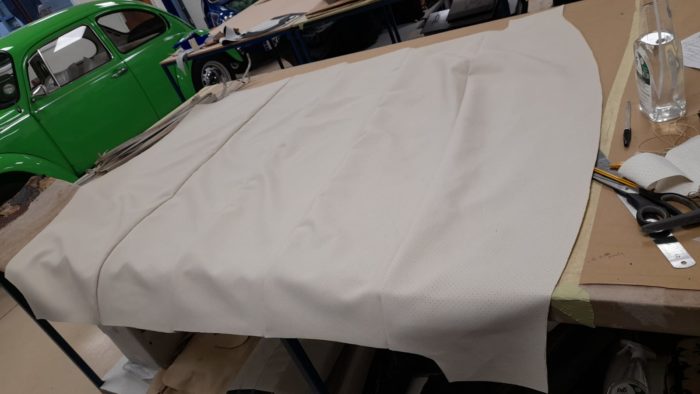
We’ve now begun stripping the paint from our 1973 Beverly Hills E-Type bonnet so that it can sit in bare metal and ask as a blank canvas to be reworked and repainted. James in the fabrication bay has started to smooth out the body and will start to correct any imperfections. The bumper also needed some fabrication and welding to repair some corrosion damage.
This is the bare metal work stage that comes before the paint prep. The fabrication bay will get the whole body down to bare metal and then make sure it all lines are perfectly and there aren’t any bumps or rust in the bodywork.
As seen below, the original British Layland factory stickers are still intact on the underside of the E-Type bonnet and go to show how original this E-Type really is. Asides from the addition of the red strips and American modifications, this Jaguar is a stunning original example. Among James tasks has been to take off the American standardised bumper and weld in the hole so that the original Jaguar chrome one can be re-fitted.
Scott has also continued to dismantle the body of the E-Type too.
This 2000 Honda S2000 has come in for some paint and rust corrections on its wheel arches, boot, bonnet and side panels. These minor imperfections are best caught early before the rust spreads to something more insidious.
The fabrication bay and paint shop will be working together to ensure that these minor imperfections don’t become major.
Our stunning 1982 Porsche 911SC has come in recently for some paint TLC. The paint shop have been accessing what needs doing and in the process, have identified some rust, micro-bubbling, cosmetic imperfections and chips.
The team have sent a sample off to be colour matched at our paint manufacturers at Lechler to replace the worn-out paint and correct the imperfections. Our Porsche will be looking good as new in no time!
The body has been masked and prepped in readiness for paint. We’re aiming for this to be painted next week.
When we’re out and about, we love to see classic cars, and when we do, we try our best to snap a photo of it and share it in our Classic Car Spotting blog series! These two seaside classics have recently been spotted around Suffolk.
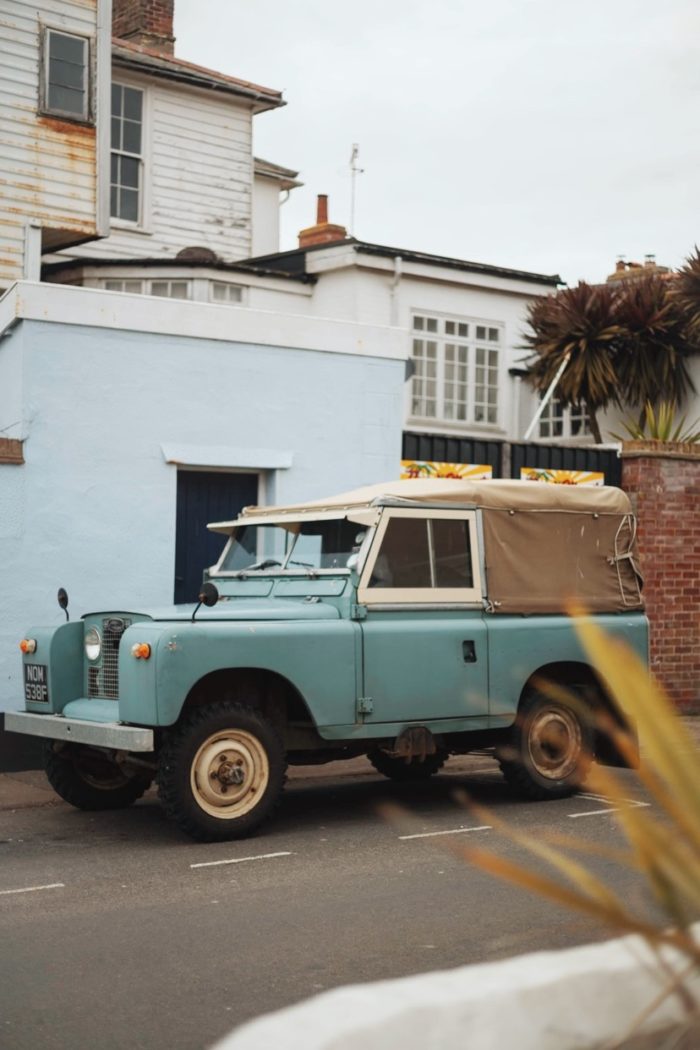

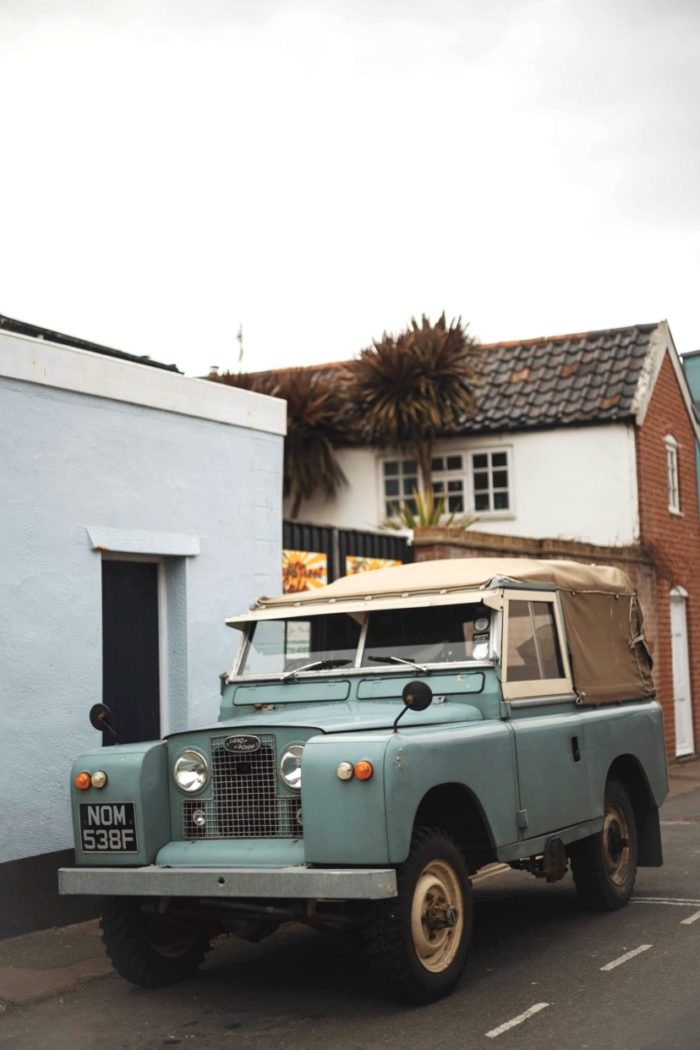
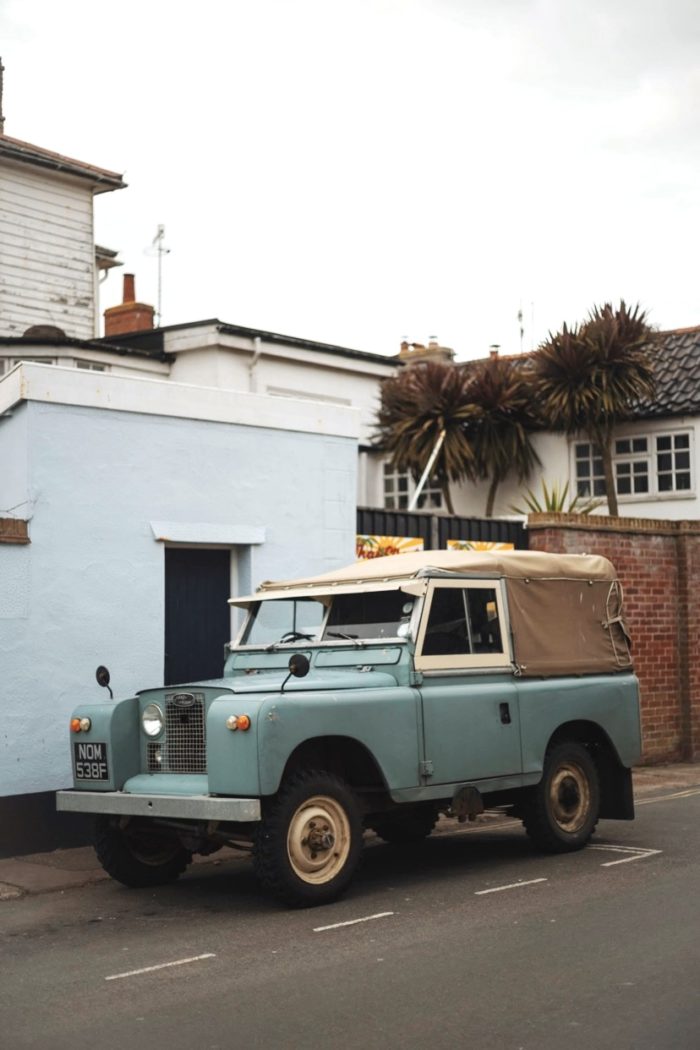
We often hear from commuters when our van and lorry have been spotted travelling up and down the country. We’re always delivering and collecting exciting projects and we love it when you see us and recognise our vehicles out and about.
Our 1960 MGA engine has been cleaned and ready to be rebuilt. The crankshaft, conrods and engine block has been sent off to Scholar who has told us that the crankshaft needs to be totally replaced. The photos below show the extent of the wear on the bearings. The conrods also need to be resized, the bearings need tuning into the conrods and the camshaft bearings need to be fitted by Scholar as well as being honed and cleaned.
This stunning 1940 Alvis has come in today for a new hood headlining as this one has had a run-in with his cats.
The owner of this classic Alvis has it as his pride and joy and drives it as his daily car.
The hood is now in the safe hands of our trim shop who’ll work to replace the fabric and re-work the inside of the hood.
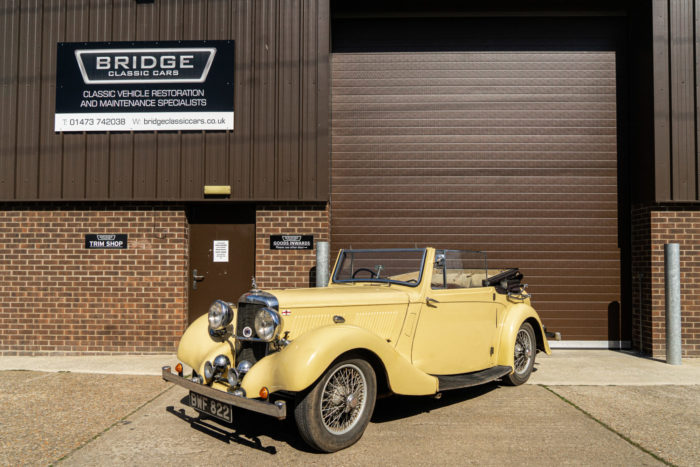
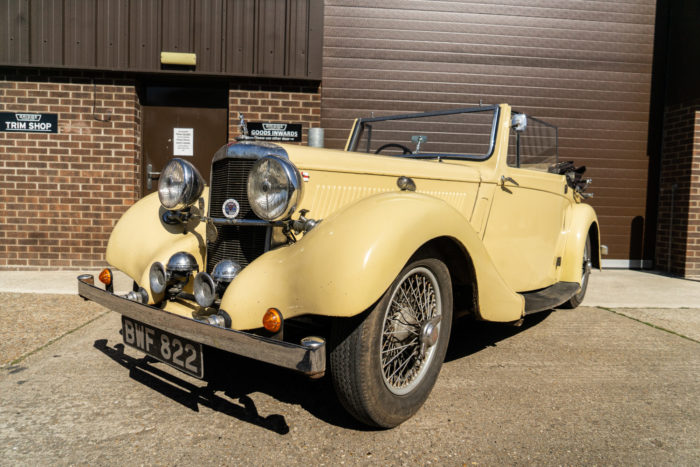

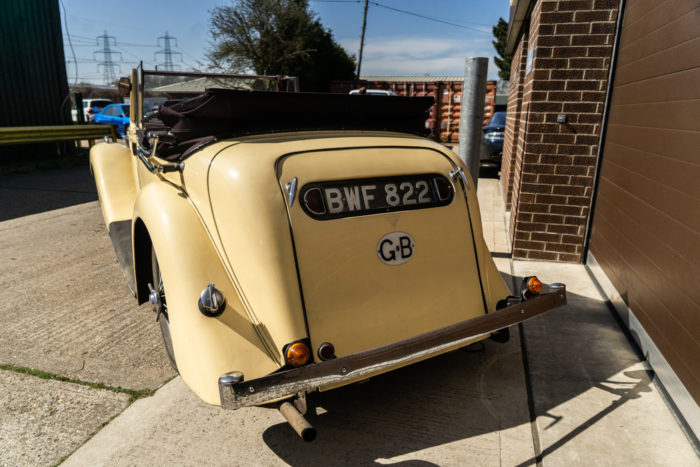

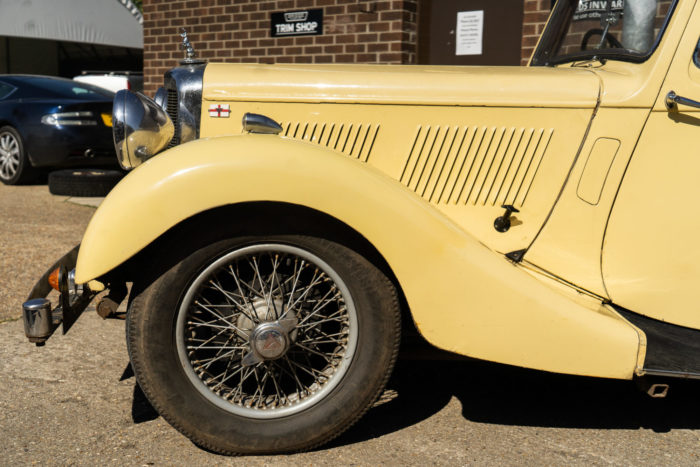
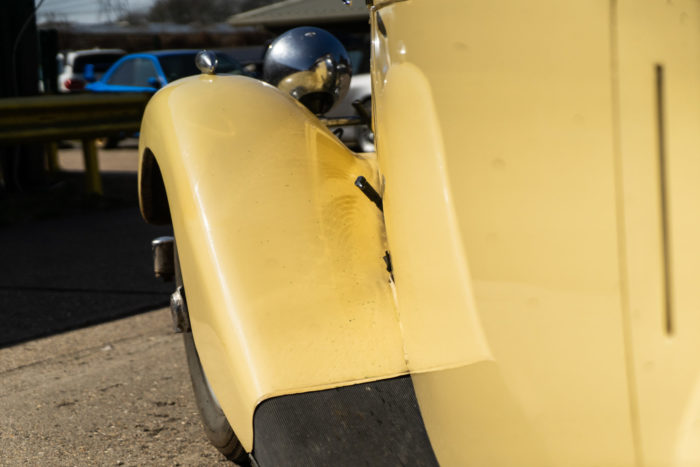
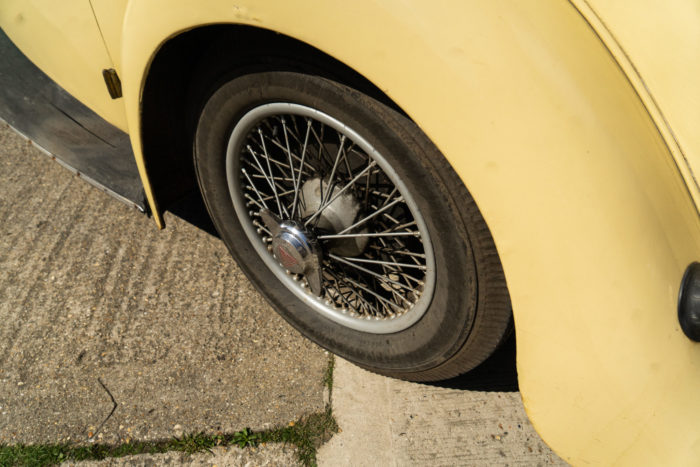
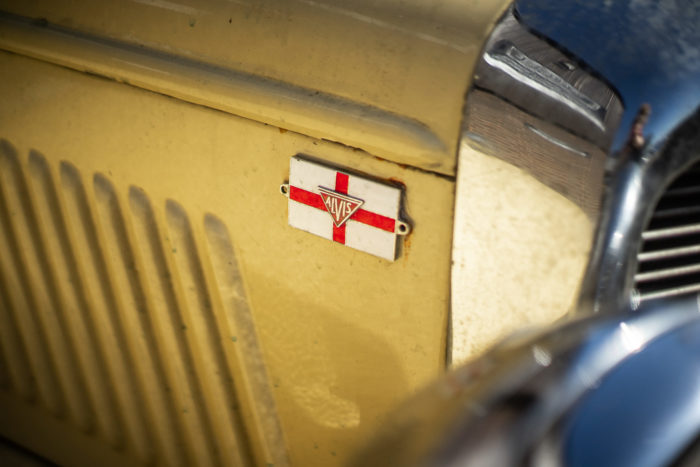
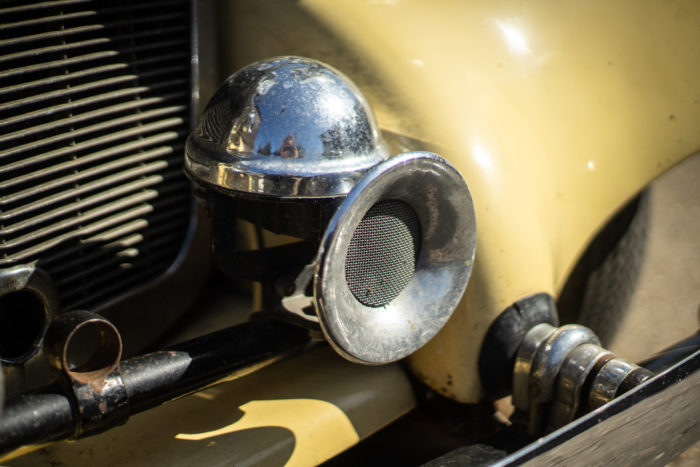
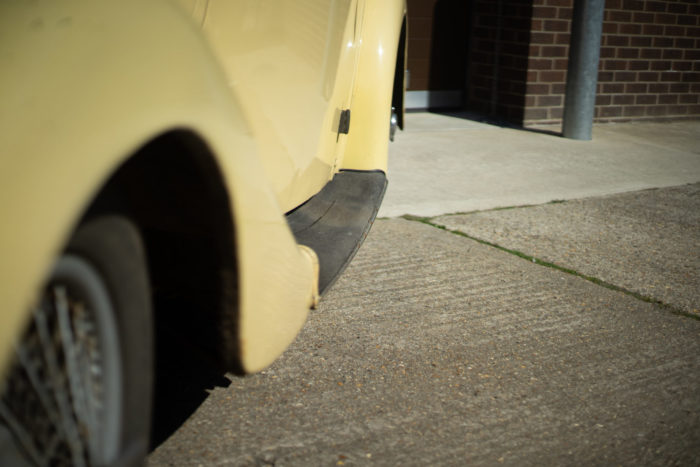





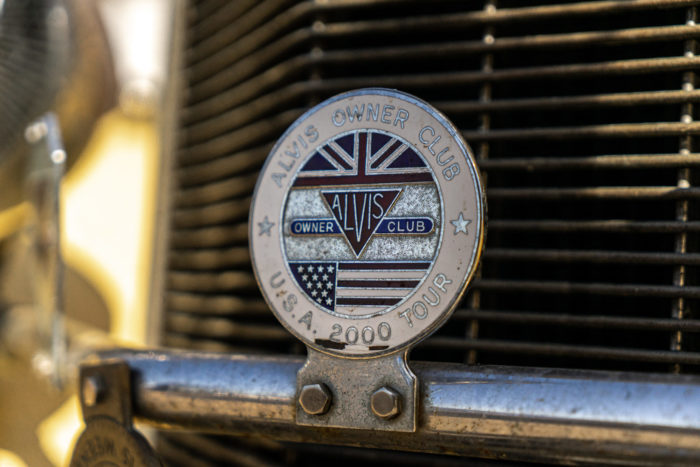
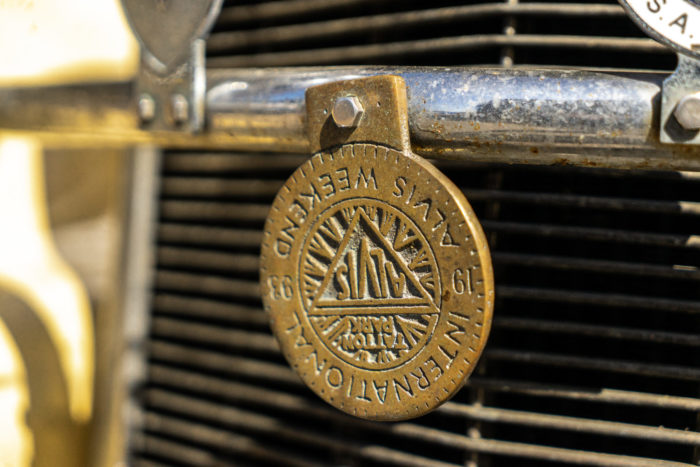
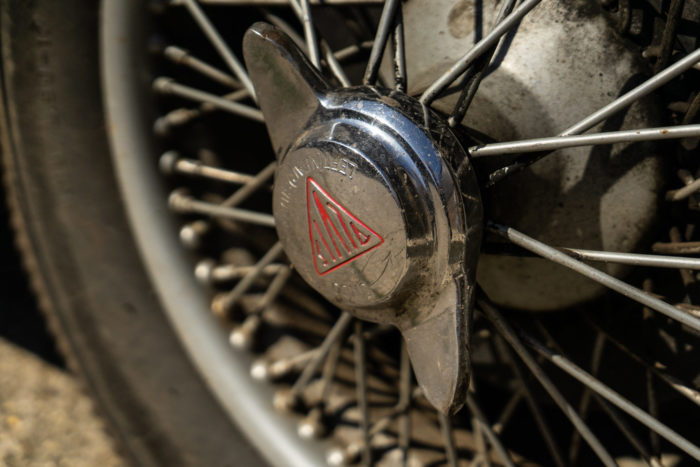
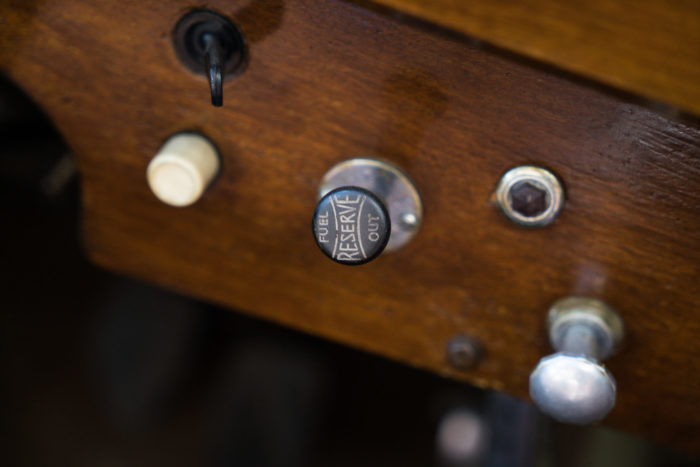
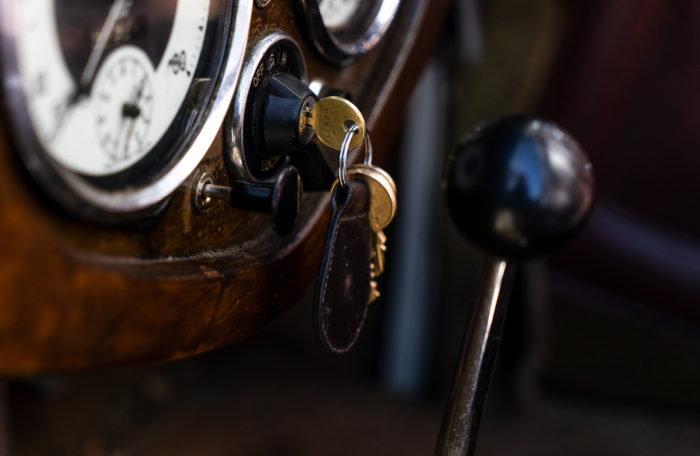
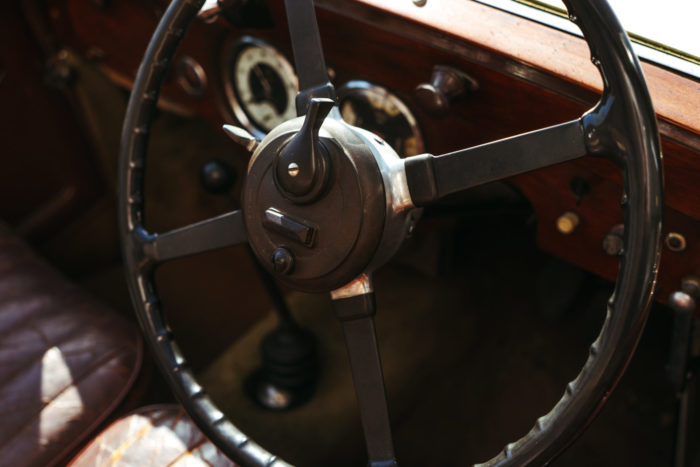

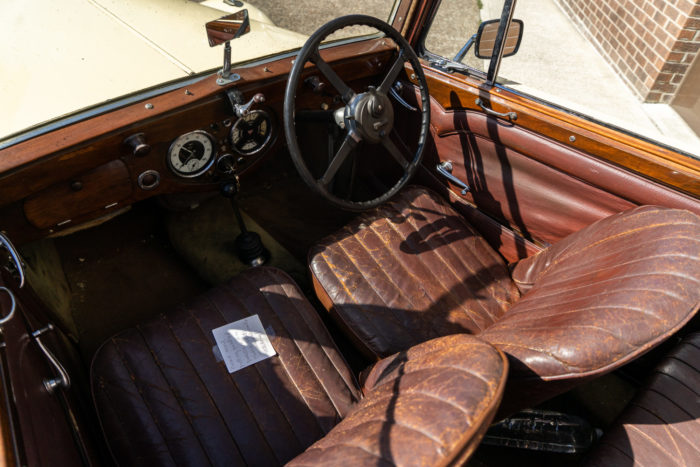
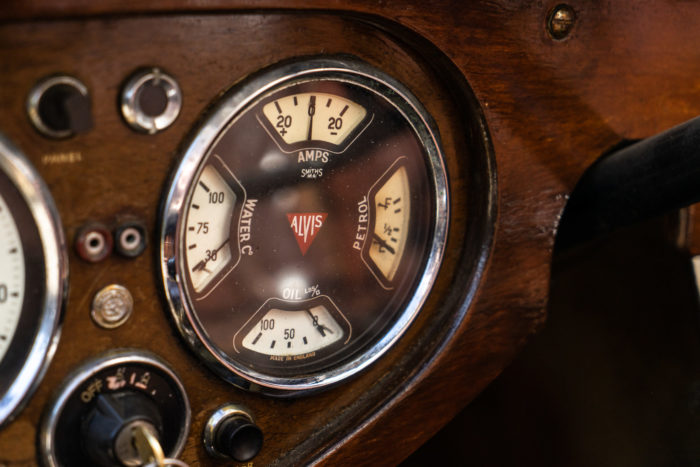
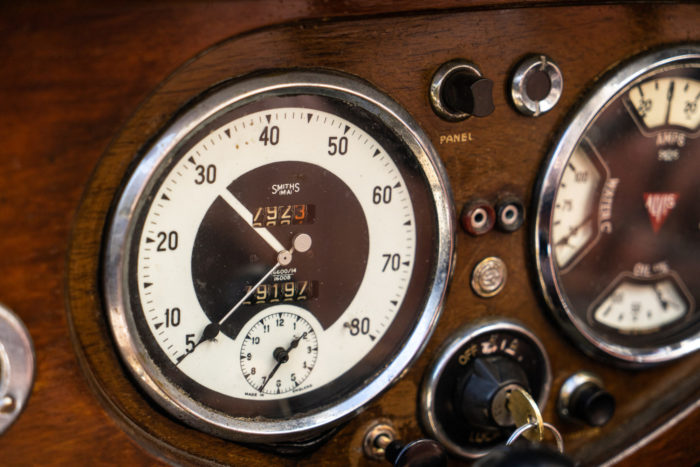
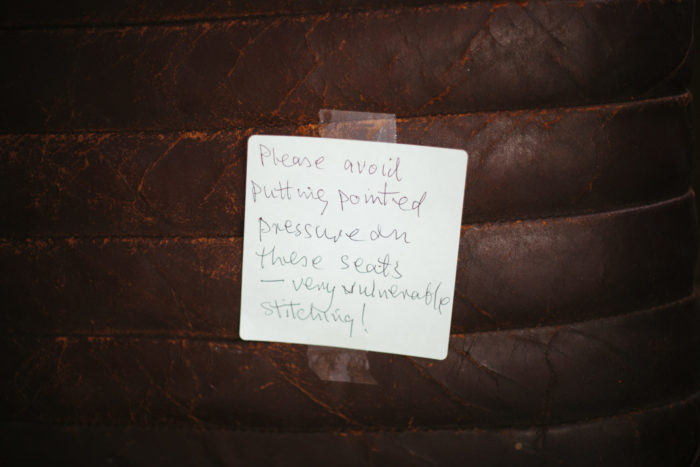

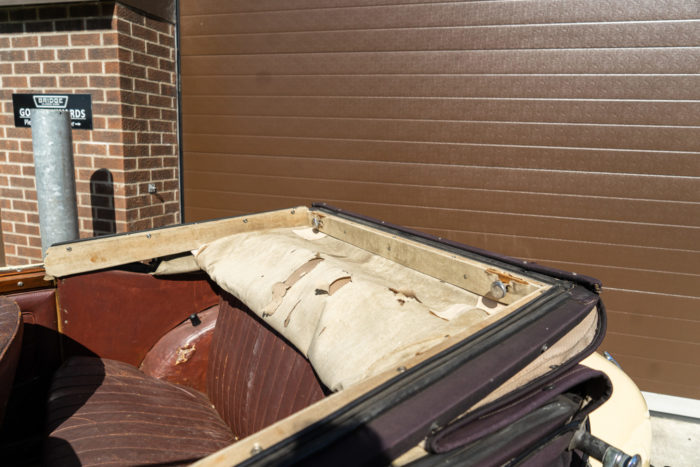
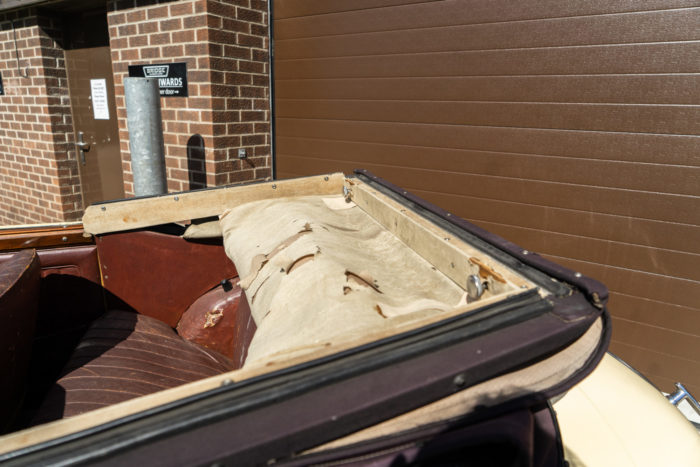
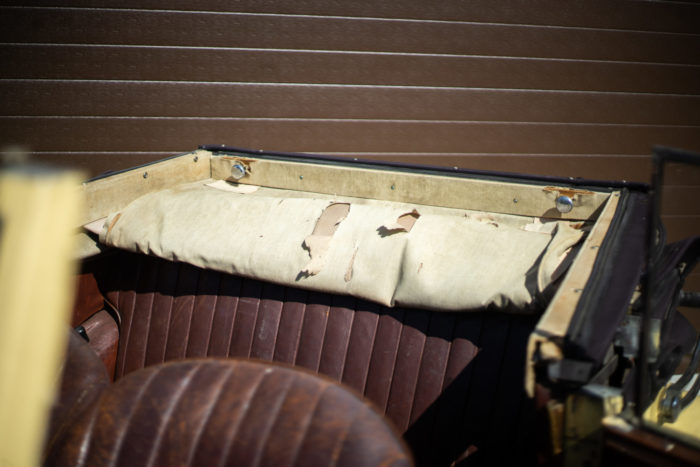
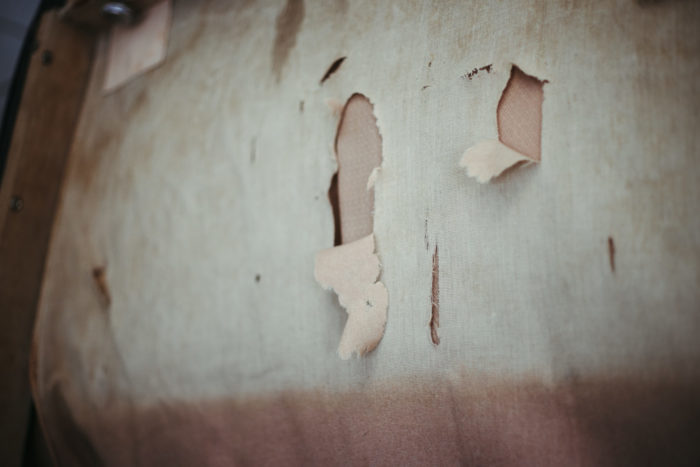
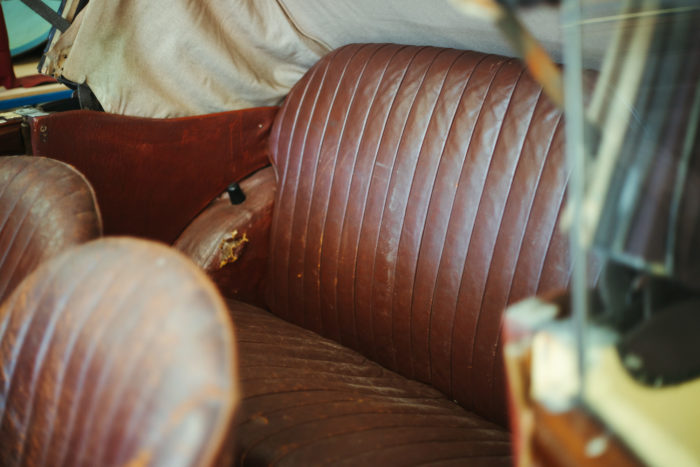


This 2000 Honda S2000 arrived today for some cosmetic TLC. With some paint chips and signs of rust, this little Honda just needs a small touch up and it’ll be ready to go. The perfect modern classic for summer cruising.
Our Honda’s TLC is mostly going to be concentrated around the wheel arches that need refurbishing.
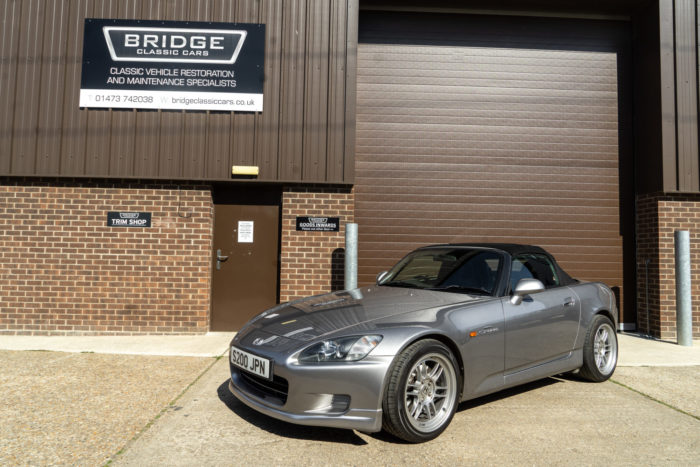


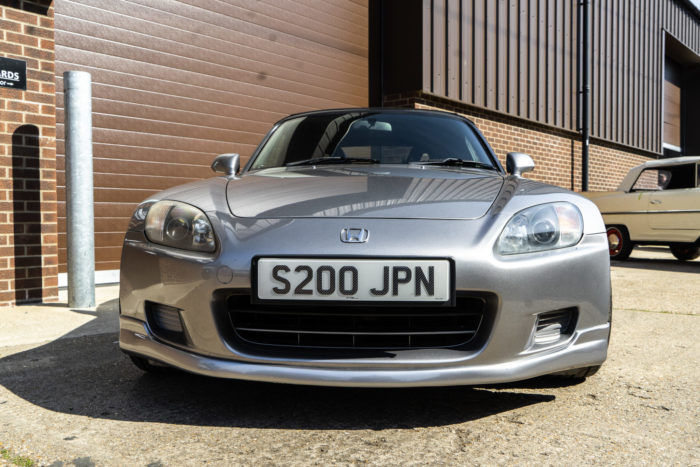
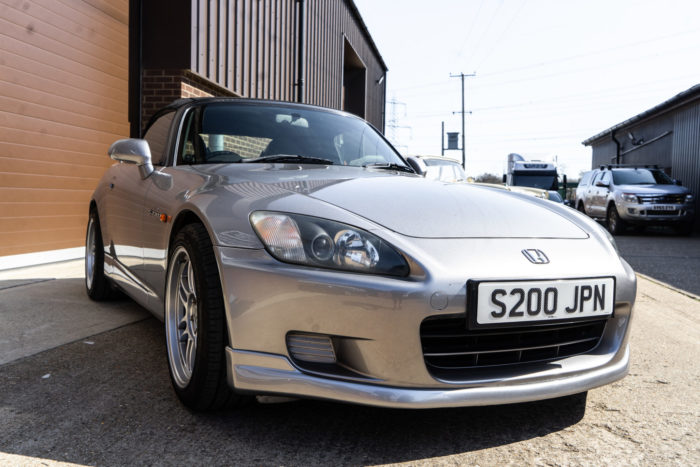

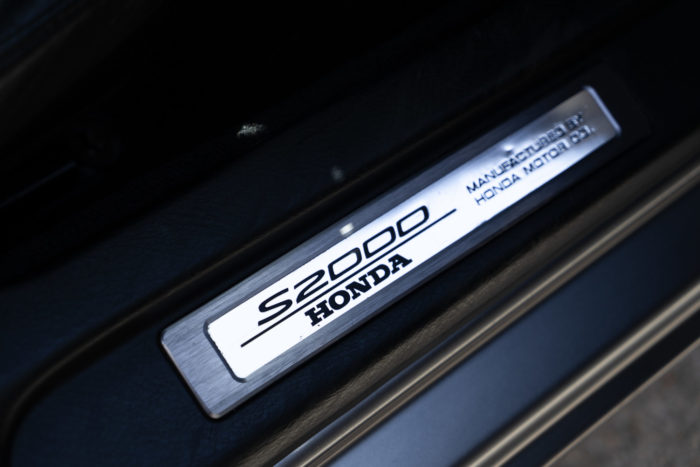
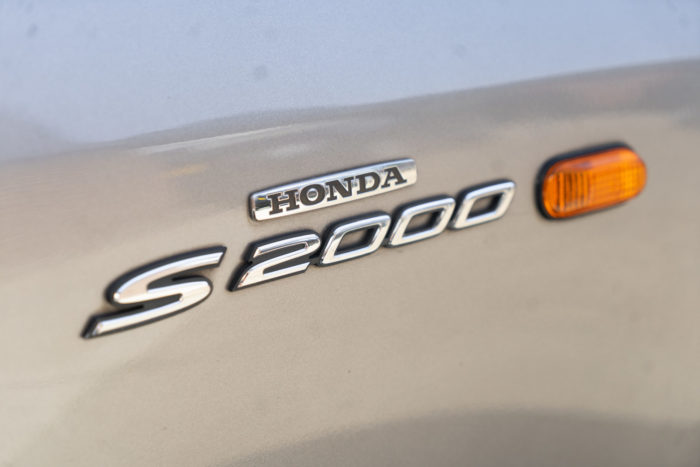

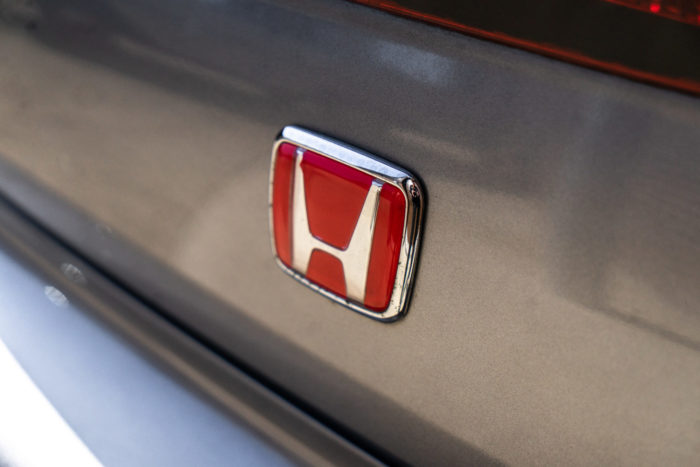
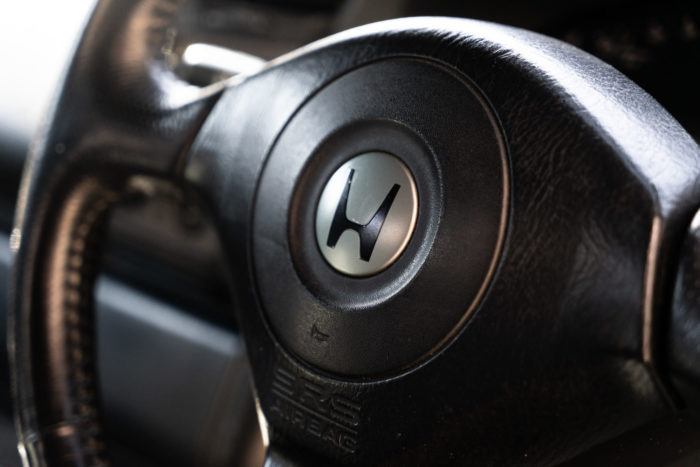

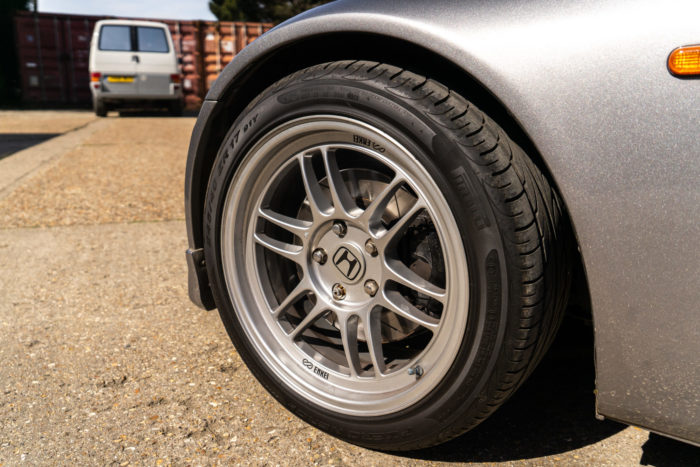
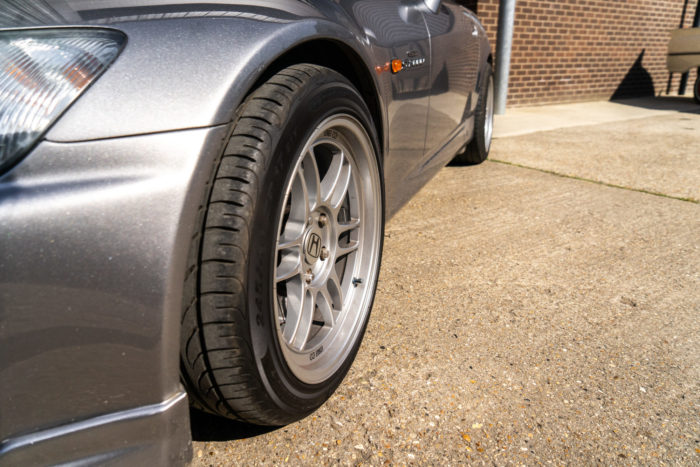




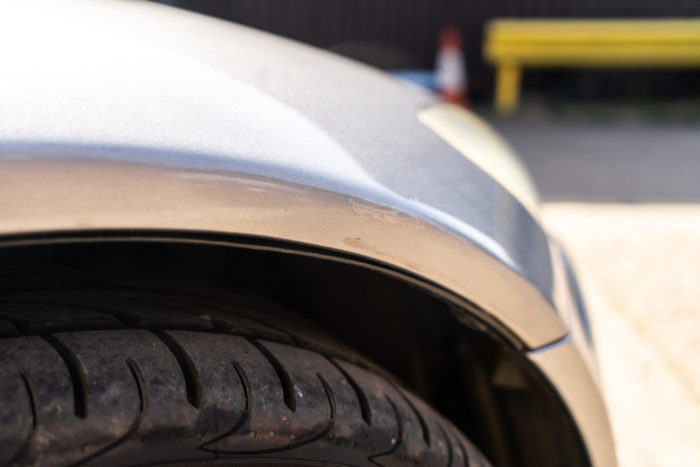
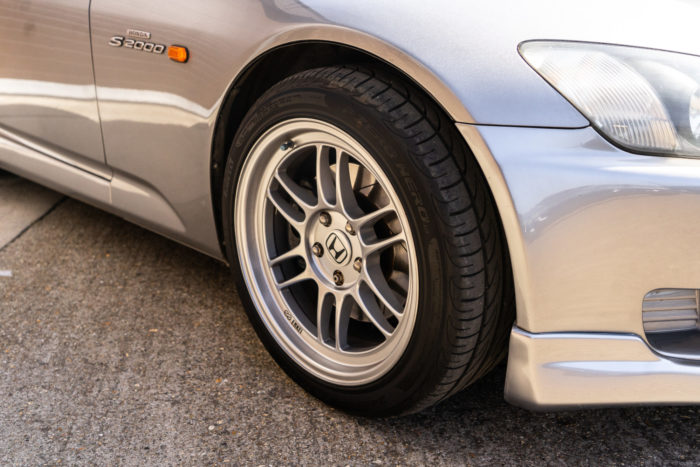
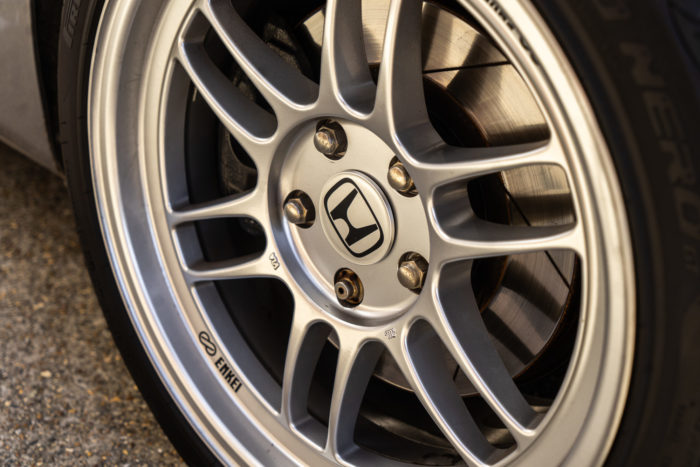
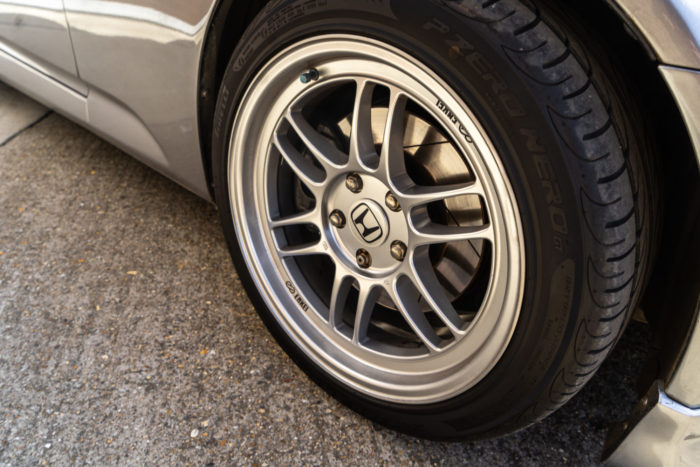

Our talented paint shop colour matched, masked up, primed and painted our 1993 Mini Rover side panels before it was sent back to Ted at Team C Racing (Formerly known as Anglian Mini Centre).
The trim shop has started on Craig’s 1987 Mercedes 500SL trim which is being done in a Claret red. Kath has been painstakingly pouring over the dash, making sure the intricate details of the holes and curves are perfectly catered for and covering in bespoke fabric, which has been pulled taught and glued back by hand. Dashboards are one of the interior details that many people forget about in their car but is the most likely to show signs of wear and sun damage. Being exposed to the sun and regularly act as a shelf for all kinds of ornaments, car dash’s can take quite the beating in their lives and often need re-covering to give it a new lease of life. Kath made a paper pattern first which she followed up by making a mock-up out of black vinyl before cutting and fitting the leather.
Brian has been working on removing the old covers from the rear quarter panels. Brian started at the end of the panel, glueing the leather cover onto the panel. He worked along with the panel slowly, glueing down parts one bit at a time to make sure the leather was pulled tight. Brian also had to work around details such as the speaker hole where he had to sand the edges of the board so it was smooth before applying the glue. Once it was sanded down, he glued the leather onto the back of the panel, sewing on flaps, fasteners and rivets to finish.
We thought we’d take a closer look at the finished Ferrari Daytona seats that the trim shop have made. Having had to make these all from scratch with appropriate modifications and alterations along the way, these seats are looking amazing. Finished in a green leather, they will match the colour tone of the Daytona paint work perfectly. We can’t wait to see them fitted in the Ferrari when its ready!
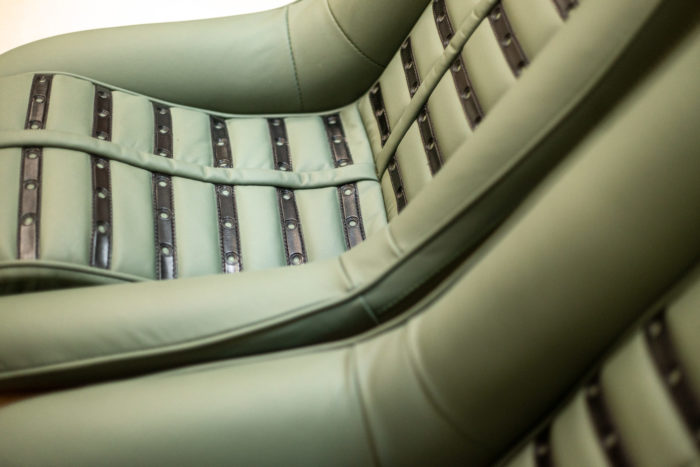

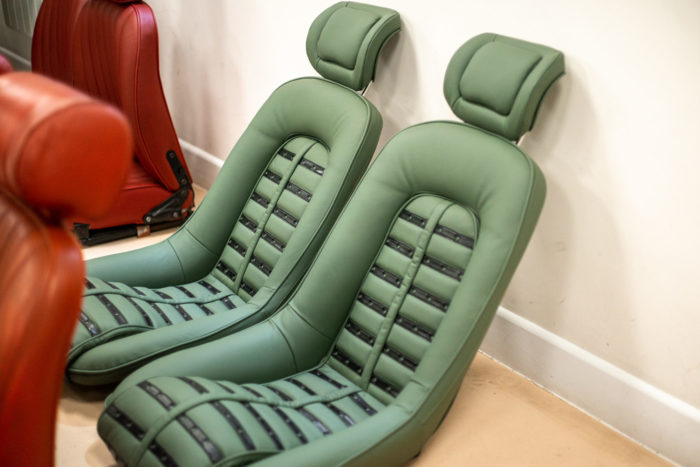
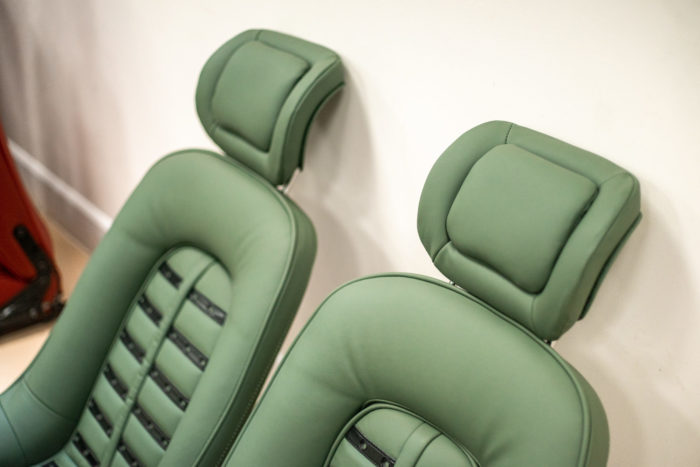

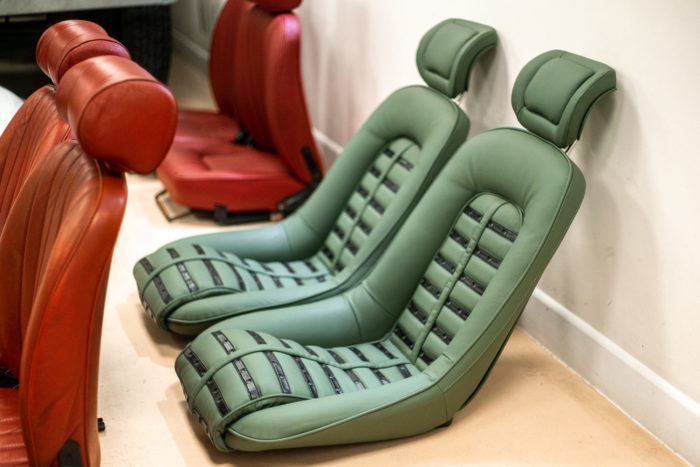
Lydia has also been working on covering various interior panels for the Ferarri as well. The first image shows the pair of console side panels in their original state before Lydia took off all the old leather, foam and plastic vents. She then cut new leather and foams out after cleaning the metal up, applied a layer of 3mm foam to the fronts of the panels and applied a layer of 3mm foam to the fronts of the panels. Lydia made sure that the leather was tucked in and glued underneath, then she added a layer of 3mm foam which was applied to the backs of the panels. All these fabrics were trimmed and tucked around the holes for the plastic vents to fit into.
Lydia then moved onto making the headlining for the Ferrari Daytona. She marked out the headlining fabric and foam for it, she then made slits for the flute lines on the foam so that the headlining fabric to lay better. She then fluted 14 flute lines, checking how it looked as she went. The finished result may look like a flate piece of fluted fabric, but it will become the headlining when fitted into place in the Daytona.
Scott has continued to dismantle our 1973 Beverly Hills Jaguar E-type Series 3 V12. He’s removed the bonnet, windscreen, top of the dashboard, heater box and various parts in the engine bay in readiness to get the engine ready to be removed. What was once a functional E-Type a week ago is now looking more like bare-bones however it’s exciting seeing it stripped down only to be built up brighter and better than ever before!
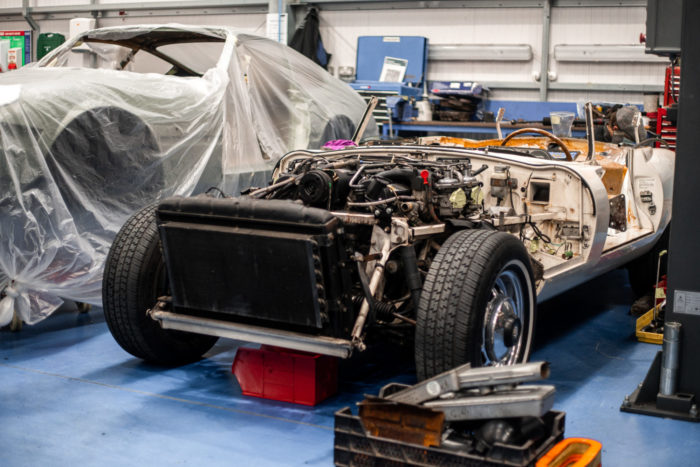

The EDP have recently put out an article with some behind the scenes photos of the up-coming Princess Diana film, ‘Spencer’. Seen in Norfolk on Hunstanton beach, Kristen Stewart is seen with what looks like a classic Porsche 911.
Kristen Stewart, who is cast as Diana, Princess of Wales in the upcoming film is seen from distance in the photographs alongside her co-star, Oscar nominee Sally Hawkins.
Film crews were spotted around the Norfolk village of Breckland near Attleborough.
We’ve worked on similar Porsche 911’s over the years as they are a popular and desirable classic. In 2018 we worked on a similar looked 1992 Porsche 911 Carrera 4 which came in for an MOT.
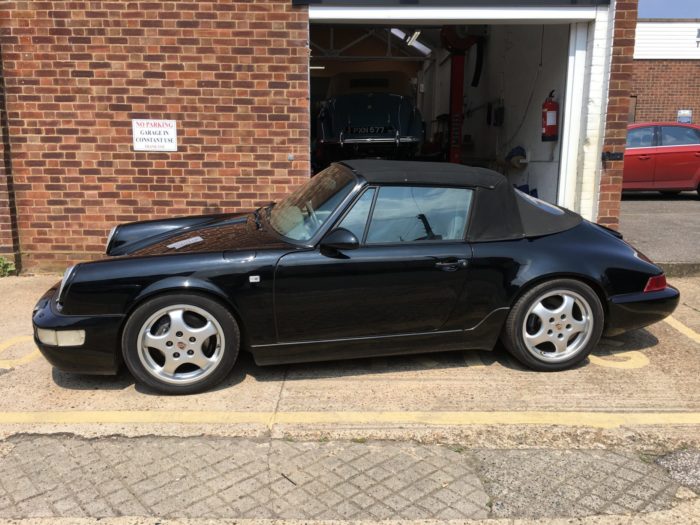
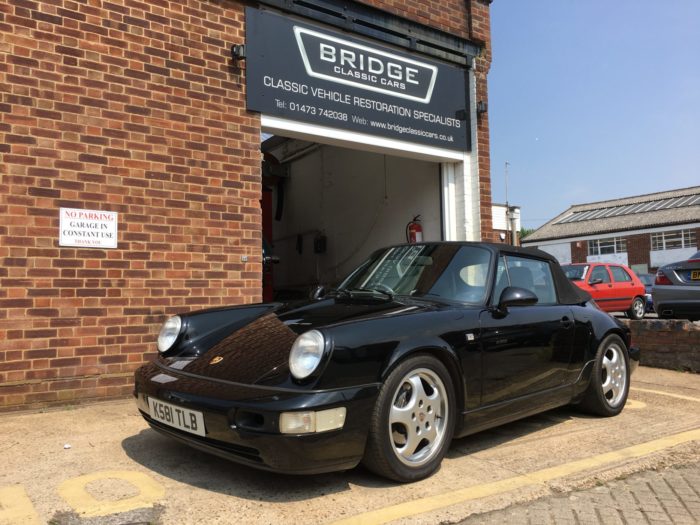

We’ve also recently welcomed back in our 1982 Porsche 911SC which, although is in blue, features a similar profile.
This rare 1955 Aston Martin DB2 / 4 Mark 1 arrived over the weekend and has come in for an assessment. Having been recently bought by our client, we are set to take a look over this stunning early Aston to understand what needs to be done to fully restore it.
With only 451 ever made and just two previous owners, this makes our Aston incredibly rare and sought after. Although not in its original Moonbeam Gray, it is in pristine condition for an early model Aston Martin.
Our 1991 VW T4 Transporter Campervan is road trip ready again and just in time for the summer! Its been thoroughly cleaned and painted and has had all its rust treated to give it another lease of life. Its owners are coming to collect it tomorrow and we can’t wait to see their reaction!
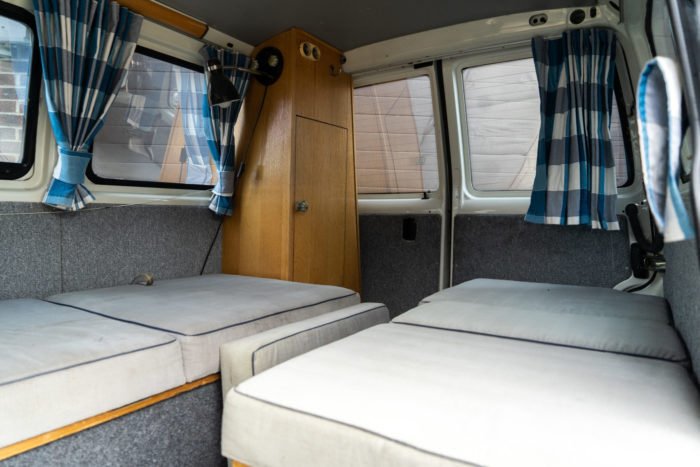
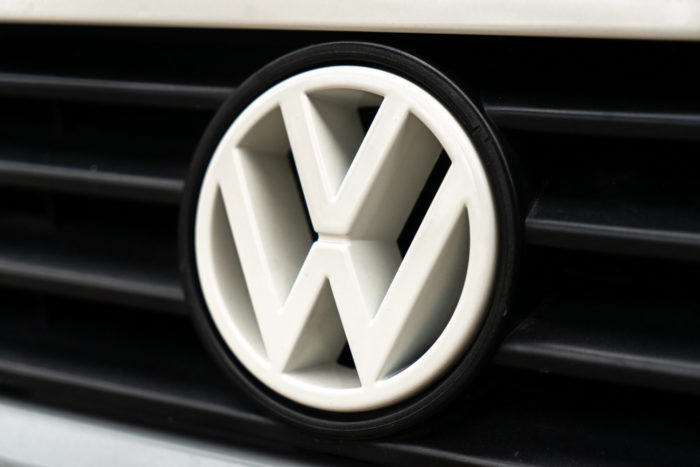
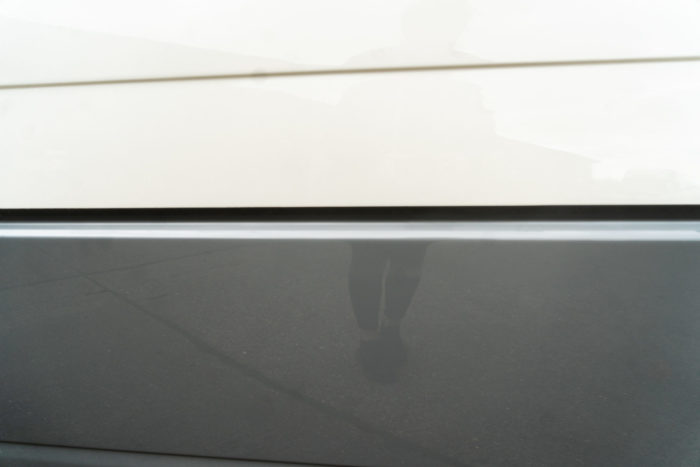
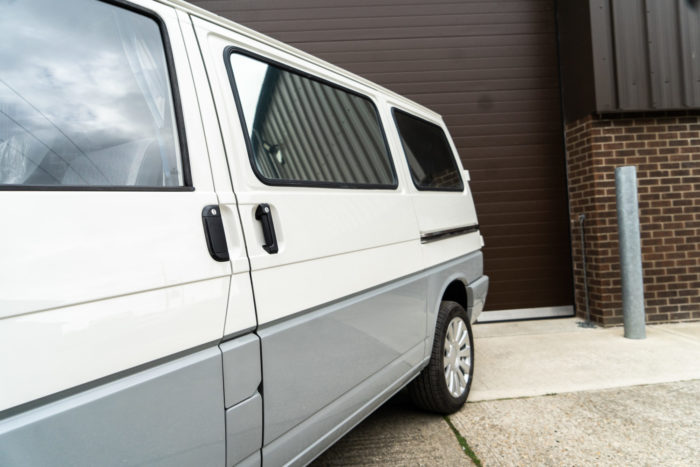
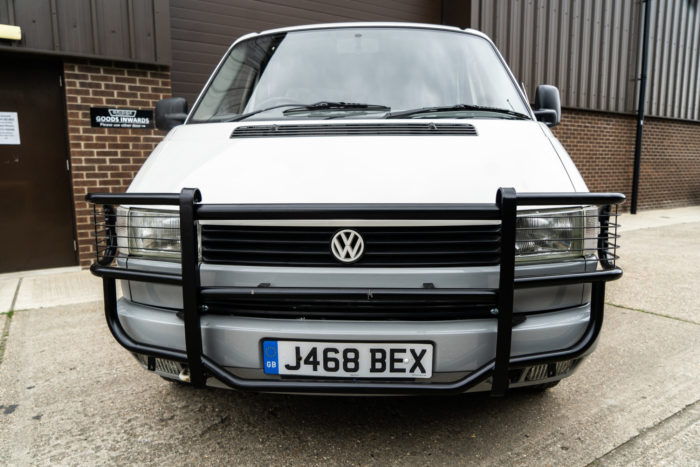

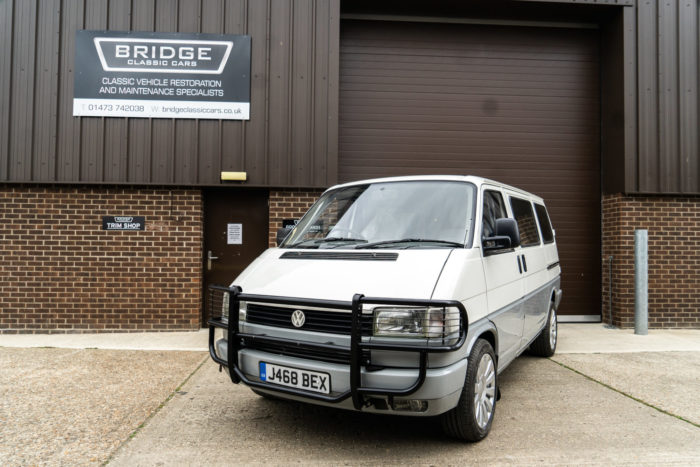


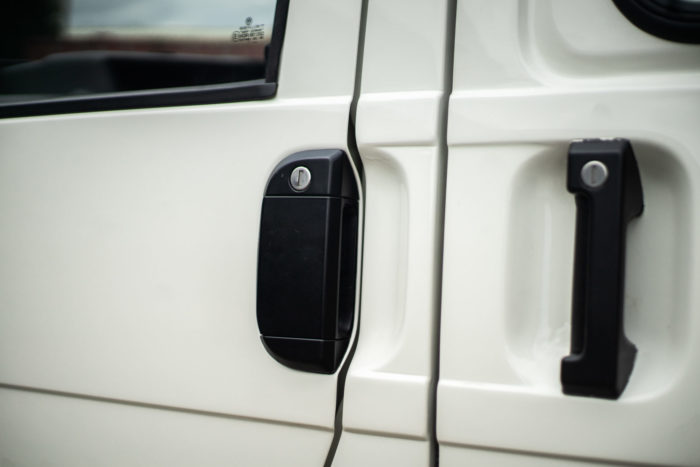
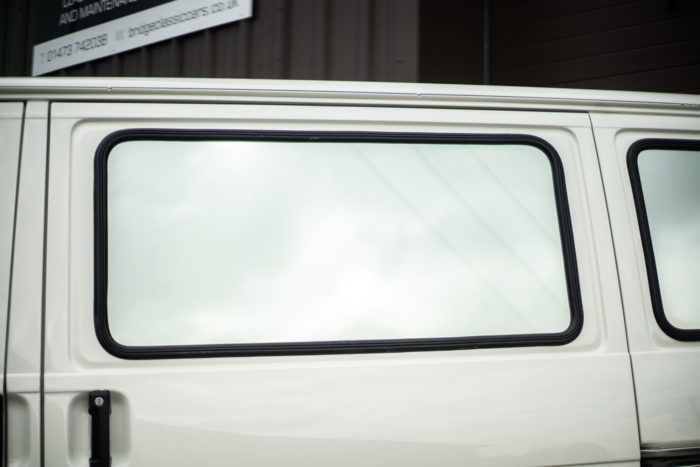
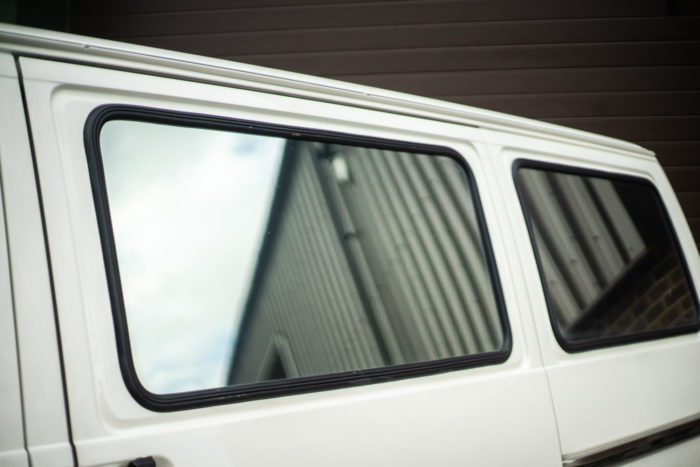
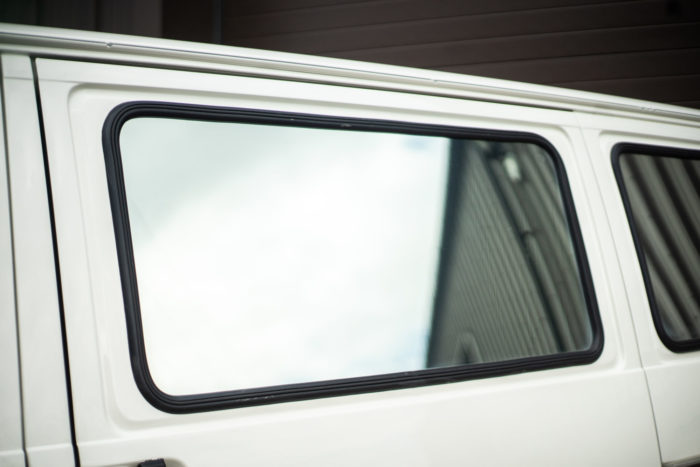

Our 1973 Claret (Maroon) Triumph Stag has made its way into our workshop after waiting patiently in our hanger at Bentwaters. This Stag is in for a full restoration as its looking far from its best at the moment.
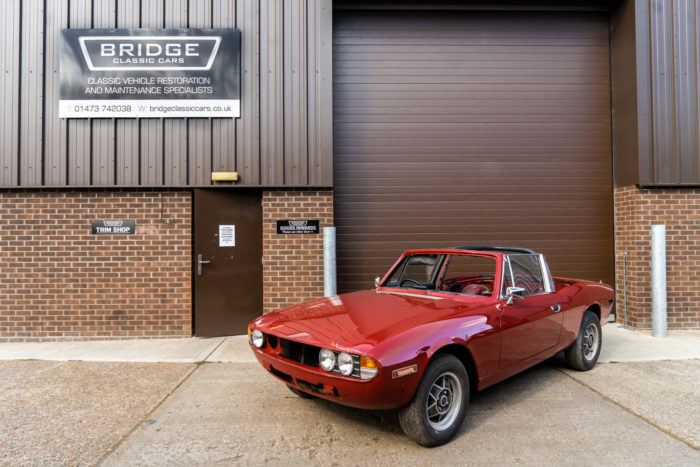
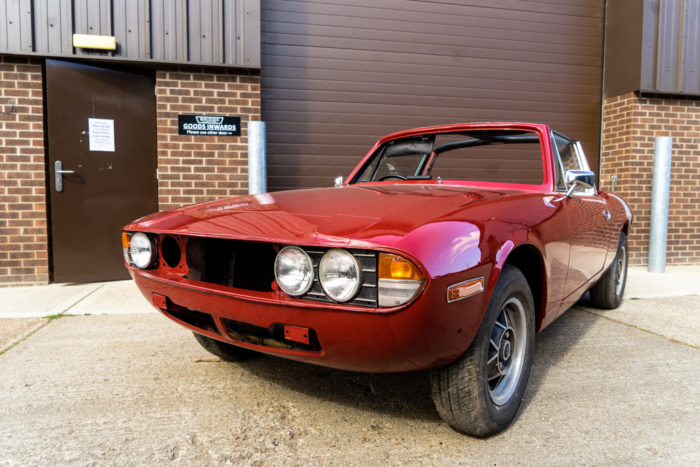
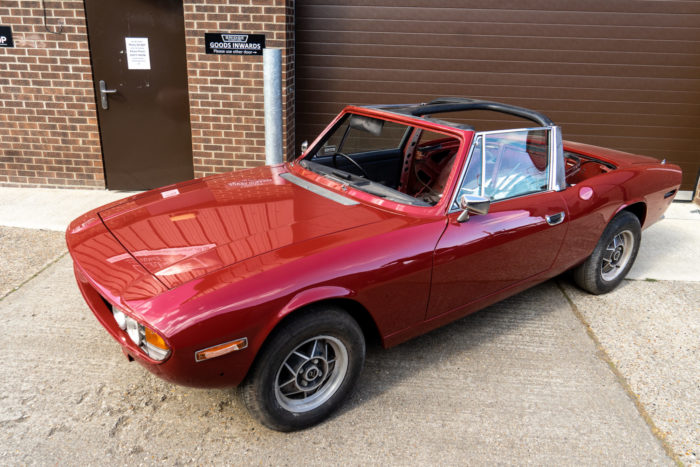

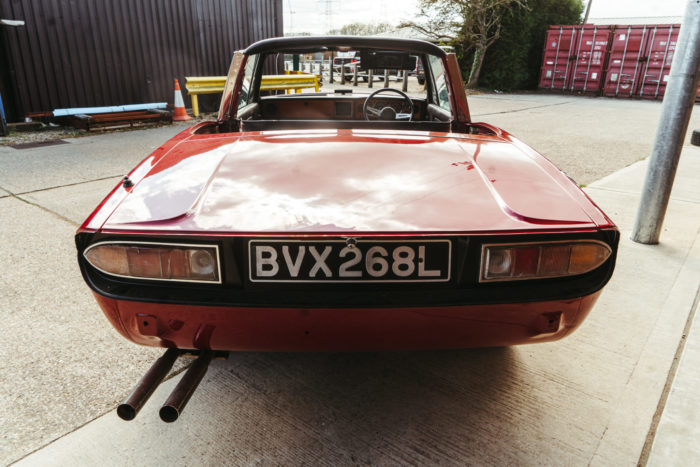

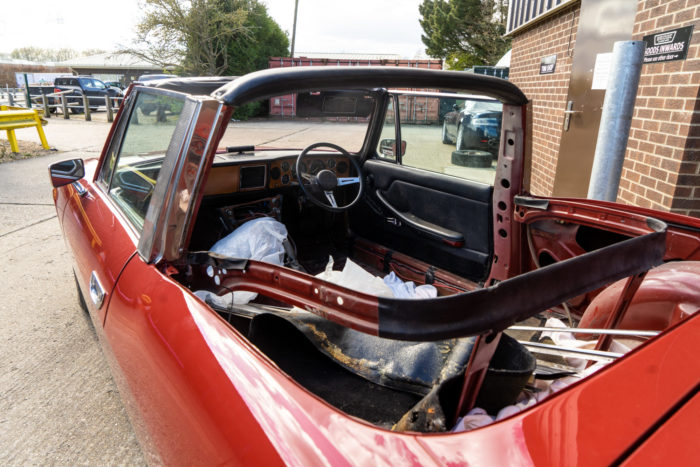
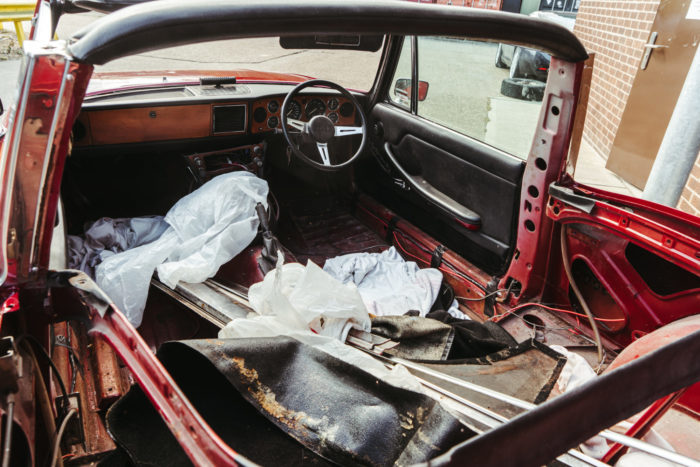
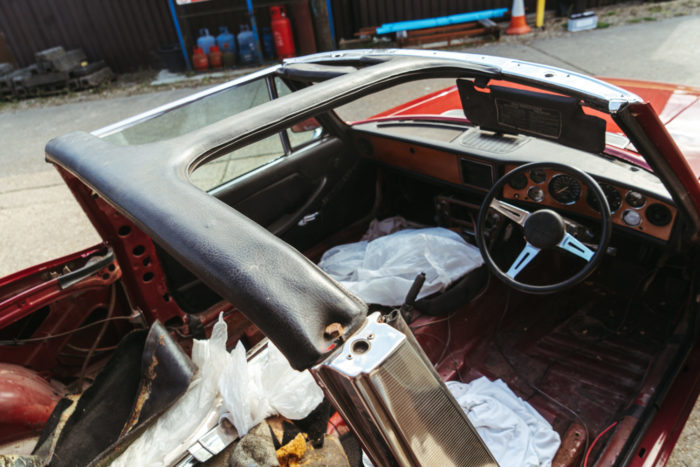
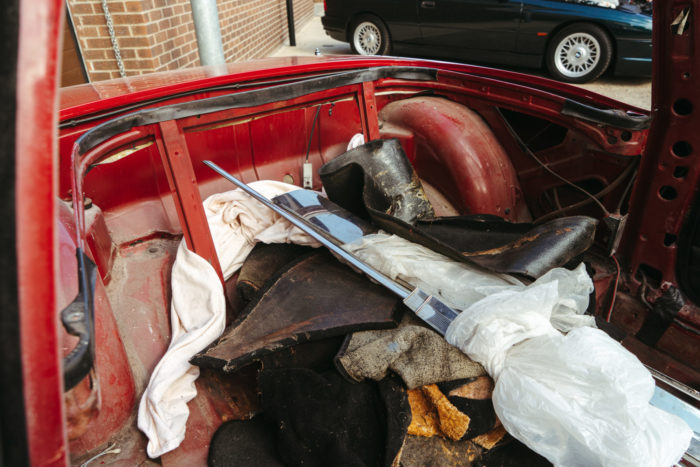
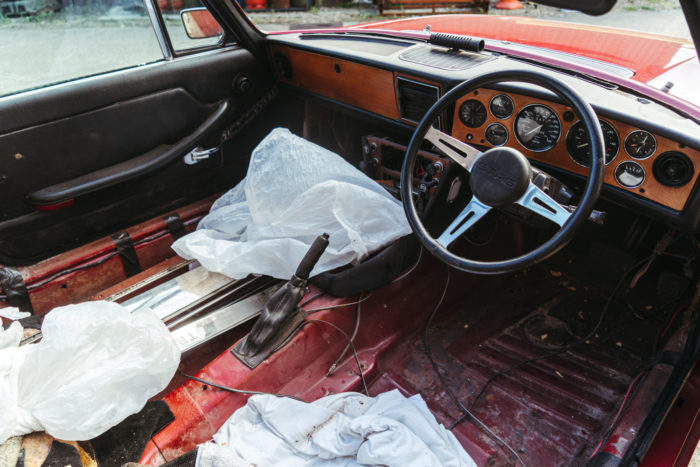
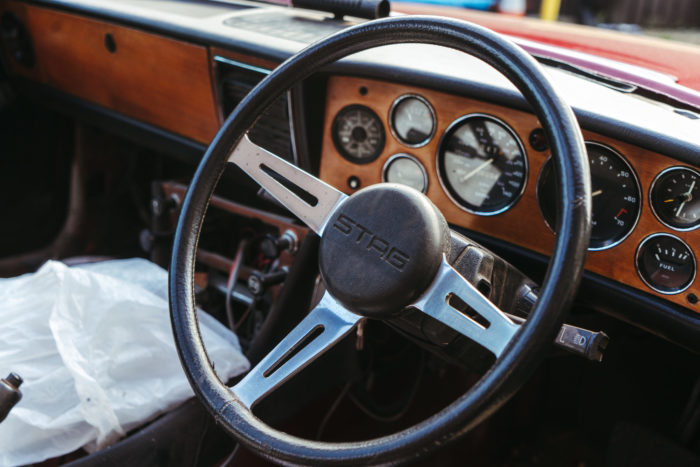
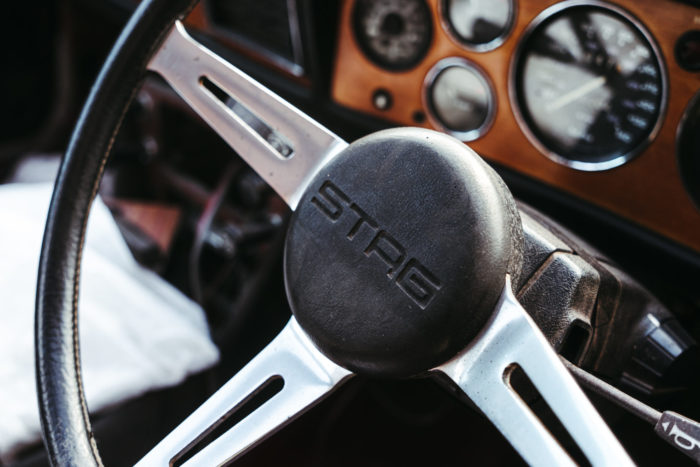

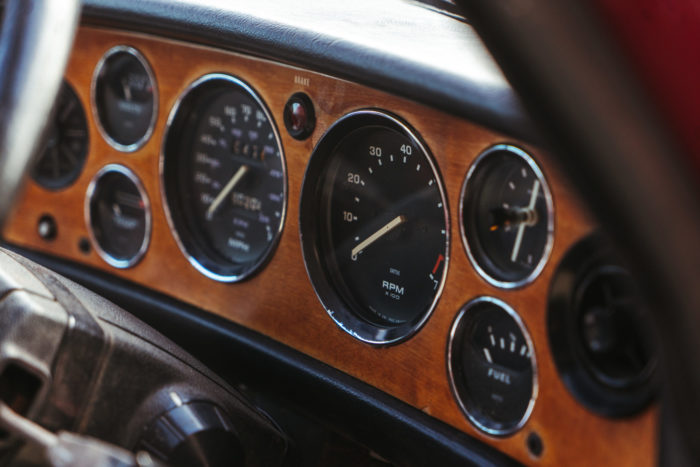

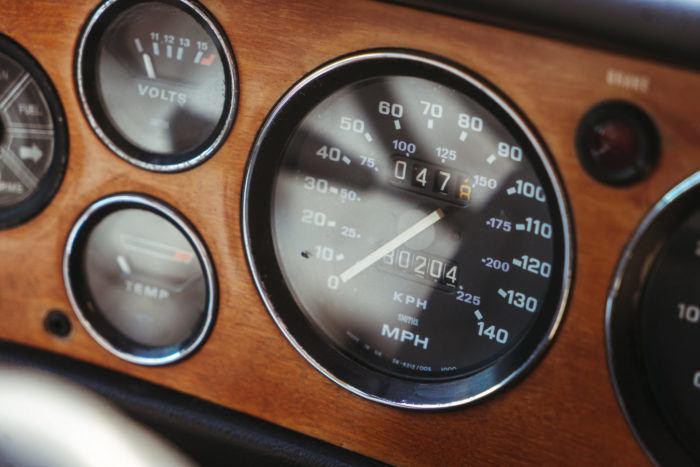

This rare classic has just come into our workshop with an interesting history. This is the background supplied by Bonhams;
EX-PHILIPPE BLÉSIN
1955 ASTON MARTIN DB2/4 ‘MARK I’ 2.6-LITRE SPORTS SALOON
COACHWORK BY MULLINERS OF BIRMINGHAM
CHASSIS NO. LML/678
ENGINE NO. VB6E/50/1407
“The Aston Martin DB2/4 is an expensive car designed to cater for the connoisseur of sports cars who is not limited by financial considerations.” – Autocar, 2nd October 1953.
With the introduction of the ‘2+2’ DB2/4 in October 1953, Aston Martin extended the DB2’s appeal to the hitherto untapped yet increasingly important market comprised of ‘sports car enthusiasts with a family’. Modifications to the rear of the chassis plus a reduction in fuel tank capacity from 19 to 17 gallons liberated sufficient space within the existing design for two child-sized occasional rear seats. Alternatively, the rear seat backs could be folded down, thus creating a load-carrying platform that more than doubled the luggage space. The latter could be accessed via the 2/4’s opening rear door, a pioneering example of the now commonplace ‘hatchback’ concept.
“This transformation gives the Aston Martin DB2/4 an unrivalled luggage-carrying capacity in a car which should be capable in favourable circumstances of achieving two miles a minute,” reported The Motor. “The DB2/4 can truthfully claim to be the fastest car in the world capable of carrying two people with a month’s luggage.”
Standard specification included the 2.6-litre VB6E engine in 125bhp Vantage tune, while from early in 1954 the 3.0-litre 140bhp VB6J engine became available.
This right-hand drive DB2/4 was supplied new to Aston Martin’s Belgian importer Mannes and sold to a company in Brussels, where it was first registered on 7th July 1955. Interestingly, ‘LML/678’ has two external locking handles for the rear hatch; these were not a feature of the standard arrangement, the hatch being released by pulling a lever behind the driver’s seat.
A matching-numbers example, the car is believed to have had one owner up to June 1985 when it passed to Marcelle Autier of La Louvière and was reregistered (document on file). The accompanying (copy) guarantee form records three services, the last one in 1956 at 15,311 kilometres.
The Aston remains highly original apart from a colour change from Moonbeam Grey to the present light green, and an interior re-trim, alterations believed to have been carried out in 1985 with the change of owner. In 2007 the DB2/4 was bought by the well-known Aston Martin collector Philippe Blésin, who sold it to the current owner without having registered it in his name, resulting in this DB2/4 having had only 2 registered owners from new.
Unmolested and in well-preserved ‘barn find’ condition, ‘LML/678’ represents an excellent basis for a complete restoration or could well be used as a daily driver following a mechanical re-commissioning (the car is in running condition). Presumably dating from the 1980s, the lovely dark green interior appears in very good condition and has a lovely patina. The odometer reading of 75,770 kilometres is believed genuine.
A wonderful opportunity to acquire a highly original, matching-numbers example of this landmark Aston Martin model.

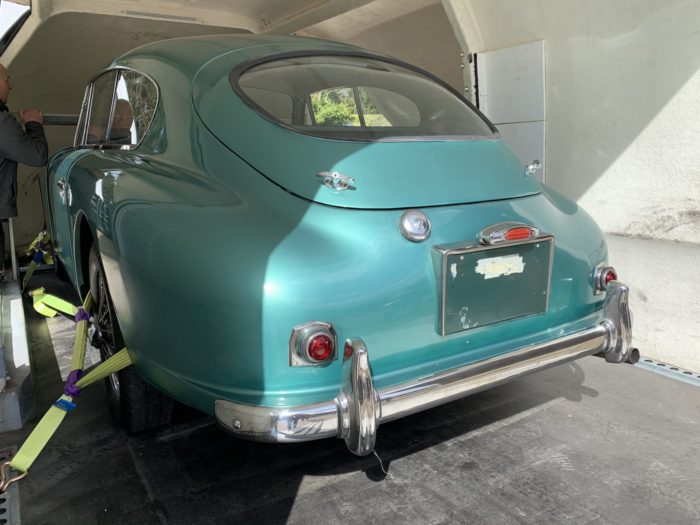
Ady has been taking apart the engine to try and understand the root cause of the engine troubles on our lovely 1960 MGA. He’s found that the bearings in the big end journal were so worn they were loose and therefore able to be moved around. The video below clearly displays the issue:
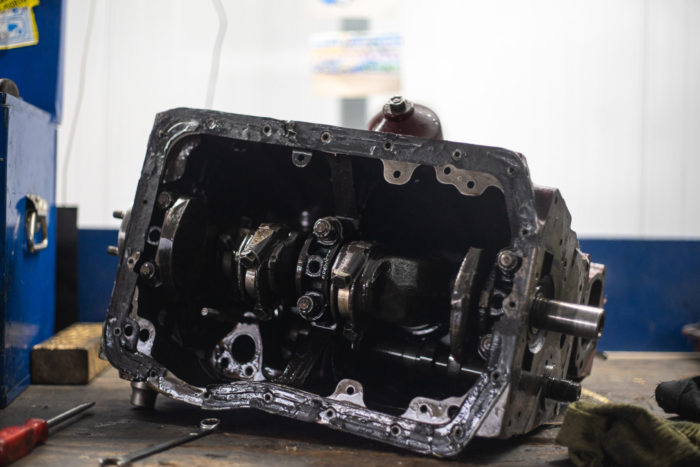

The photos seen below show the following:
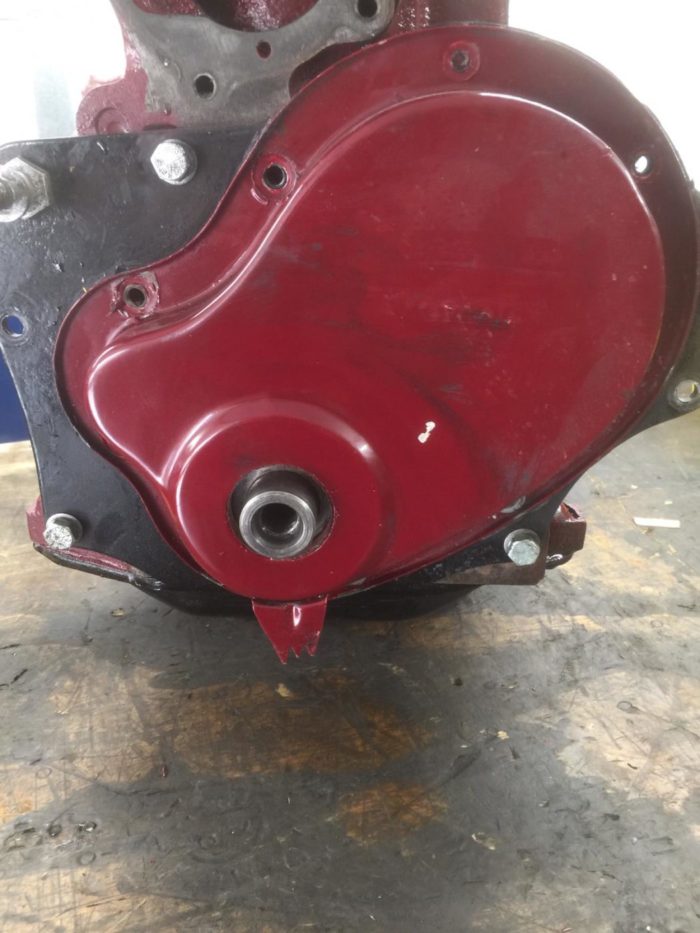
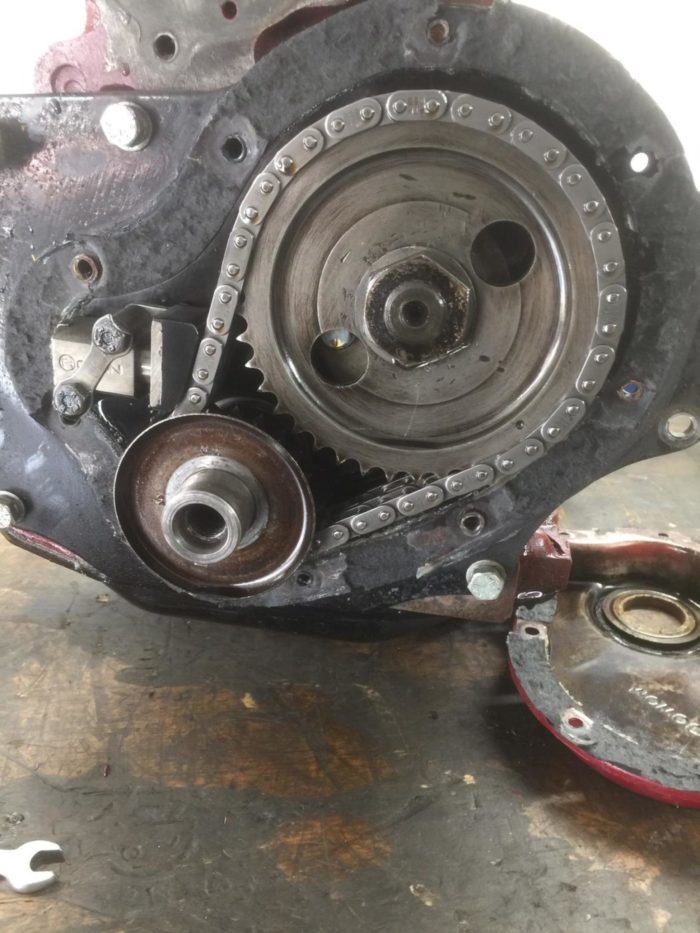
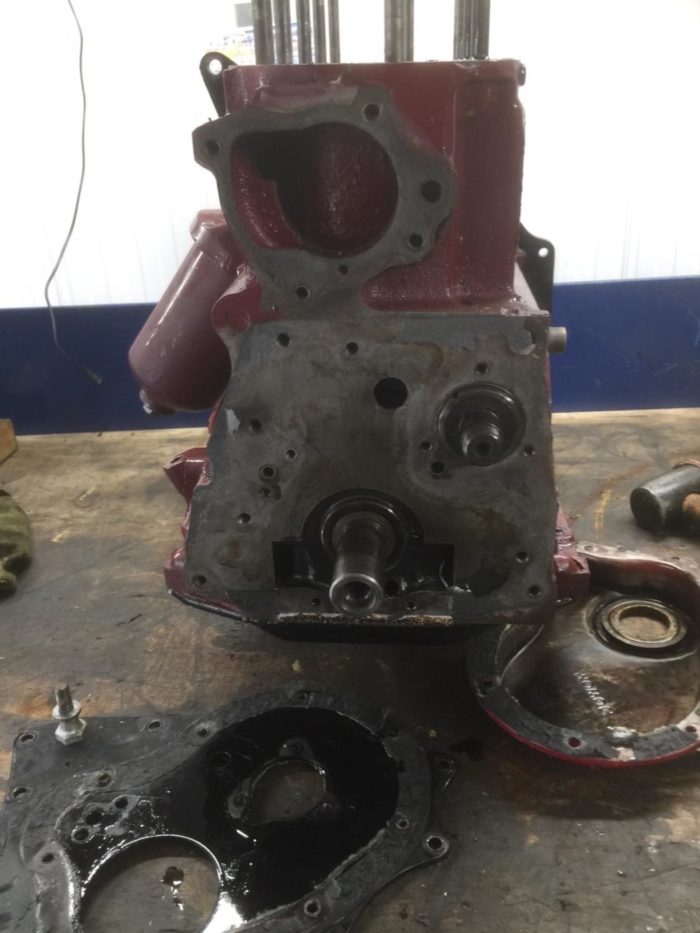
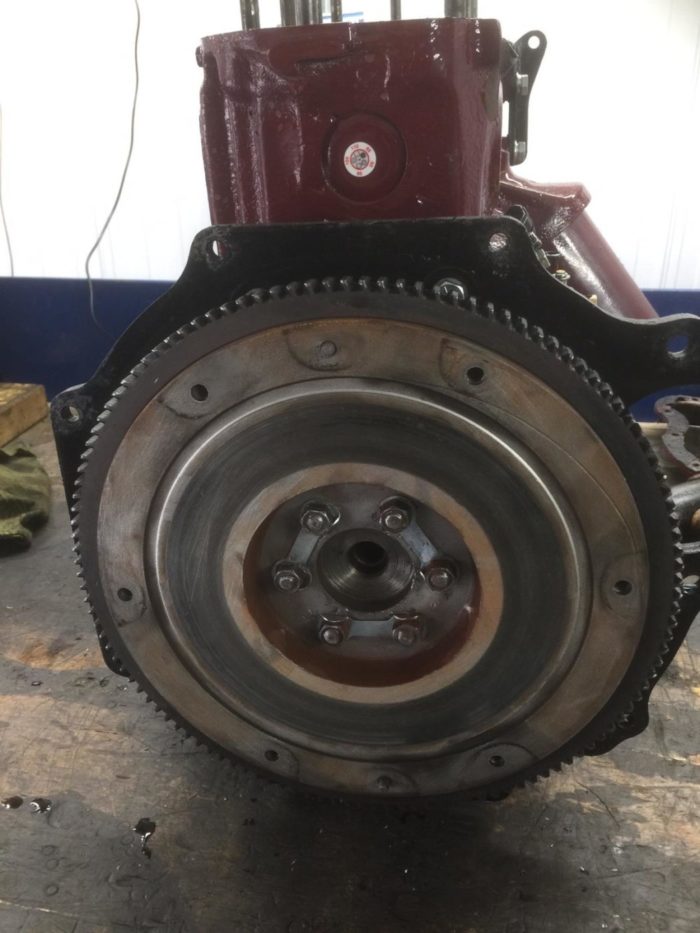
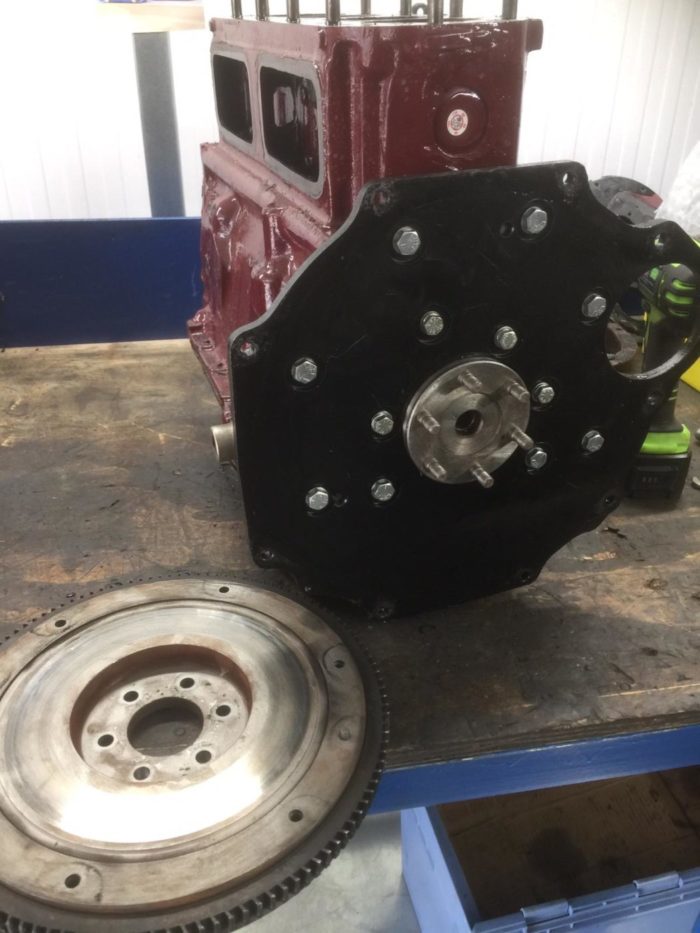
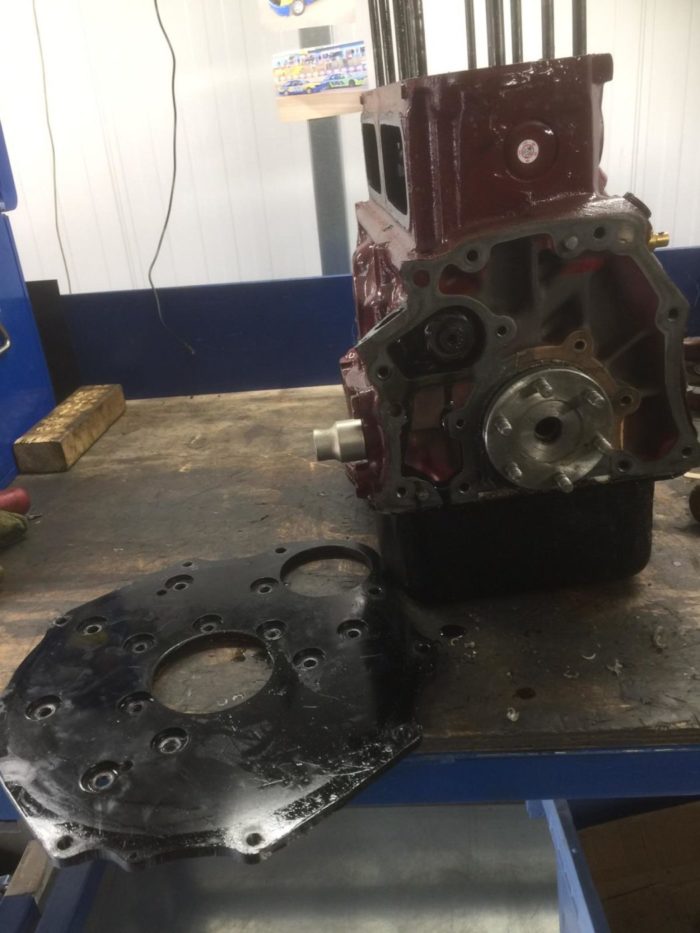
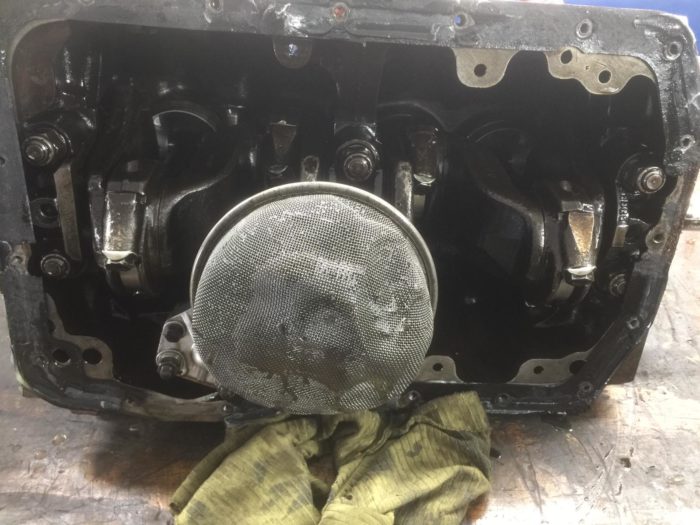
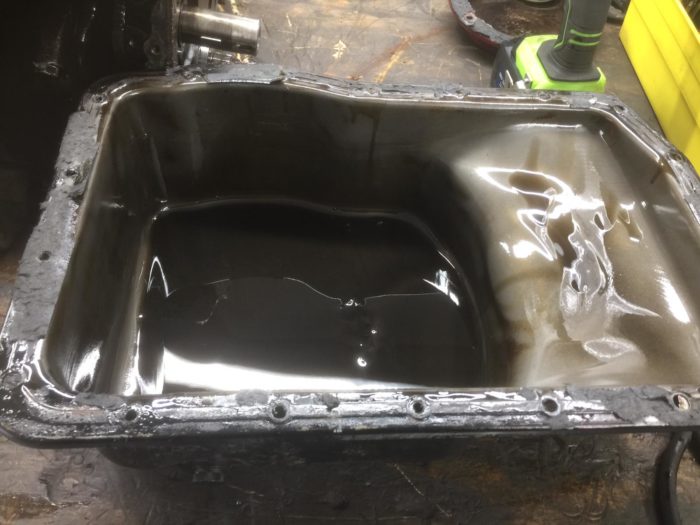
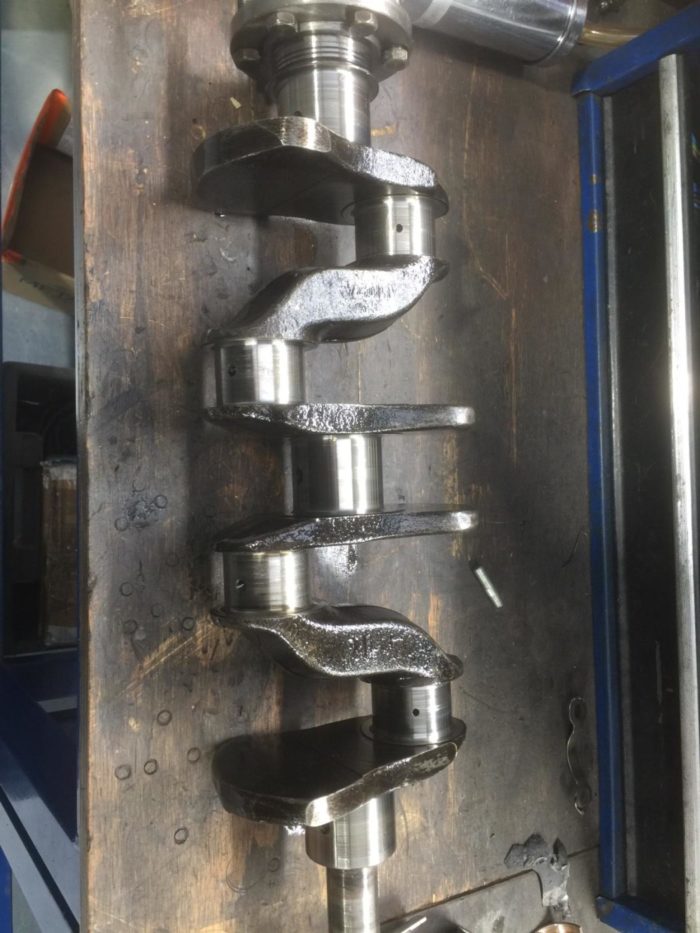

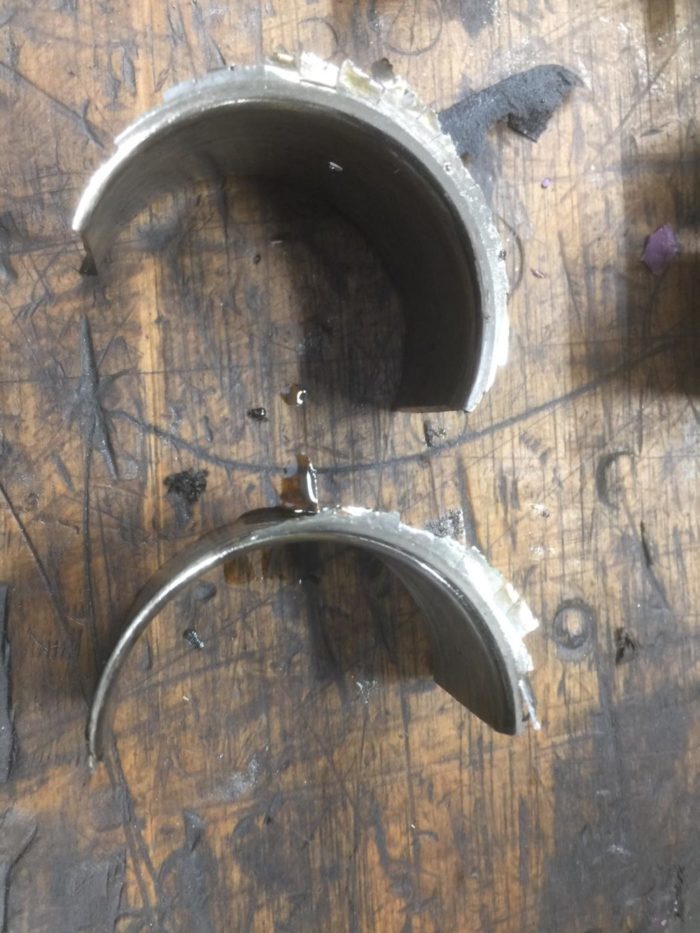
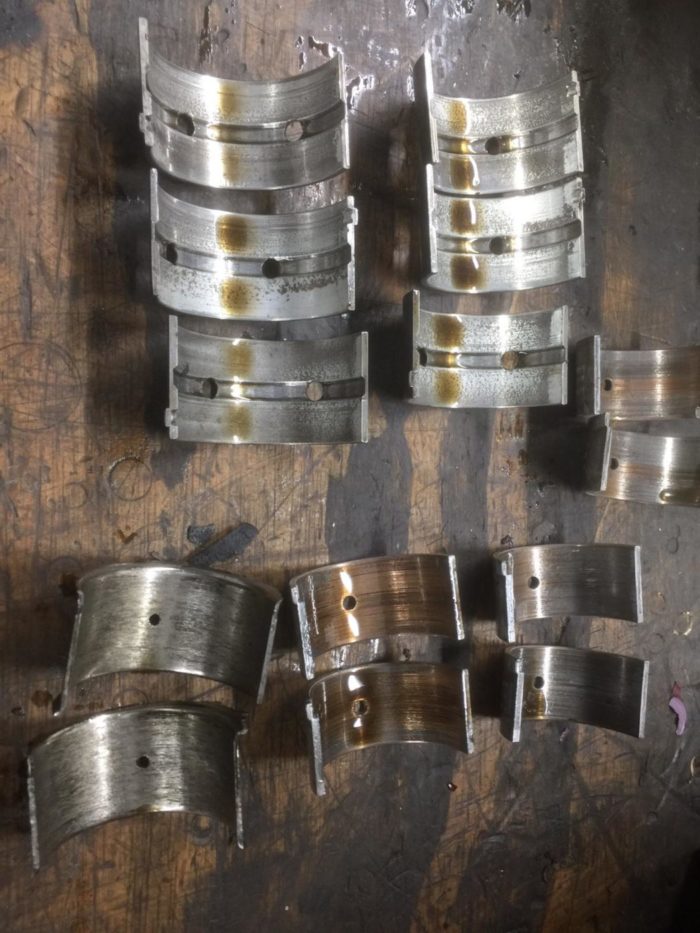
Our 1954 Jaguar MKVII has most recently been masked, primed and had a guide coat put over the top to guide Chris and Matt when smoothing the panels. The bonnet has already been painted in the original paint and sets as a good guide for how the rest of the vehicle will look.
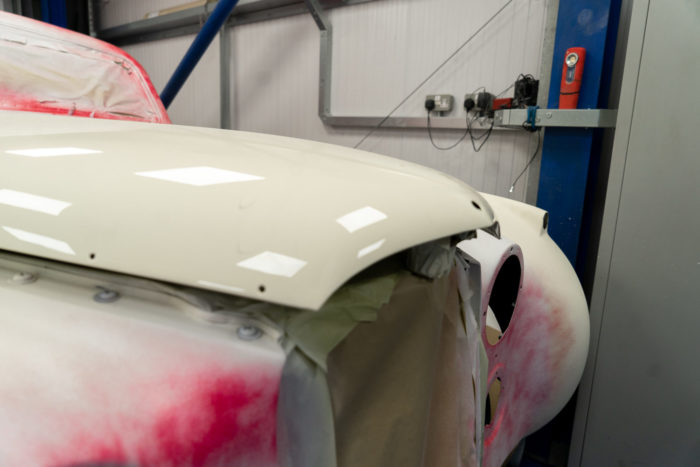

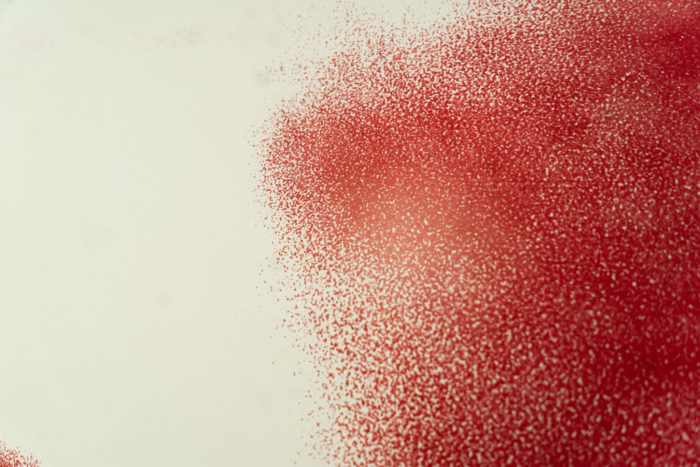
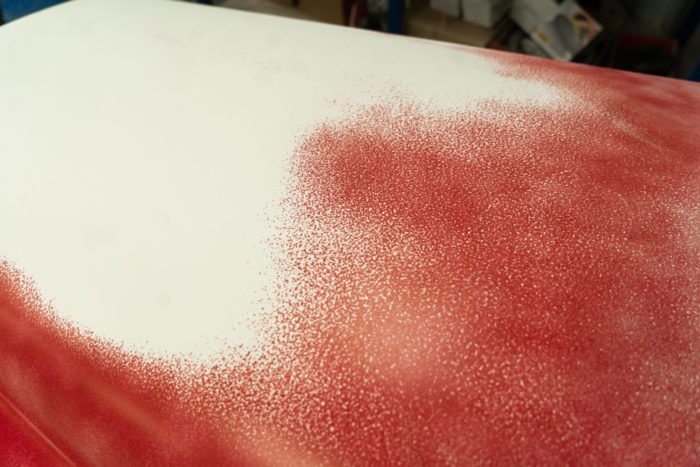
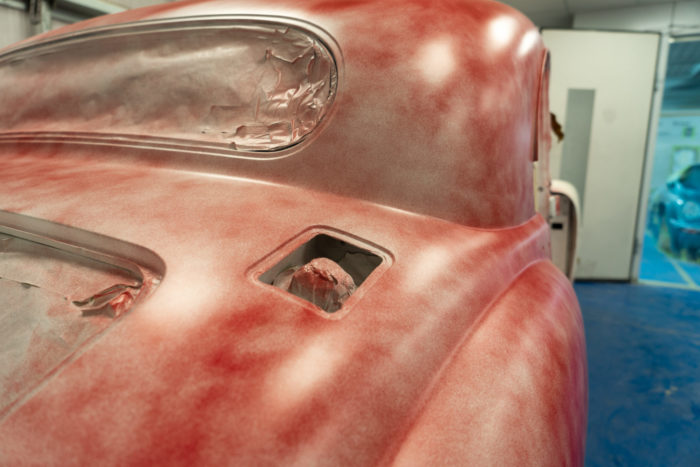
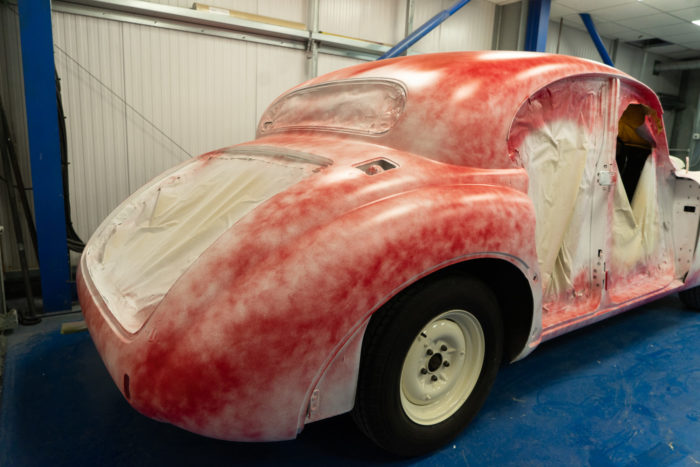
The doors were prepared ready for primer. The preparation includes making sure the surfaces are clean and the components are masked up. The primer was the applied by Chris.
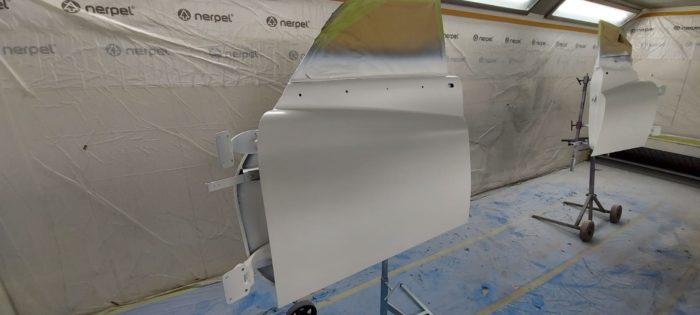
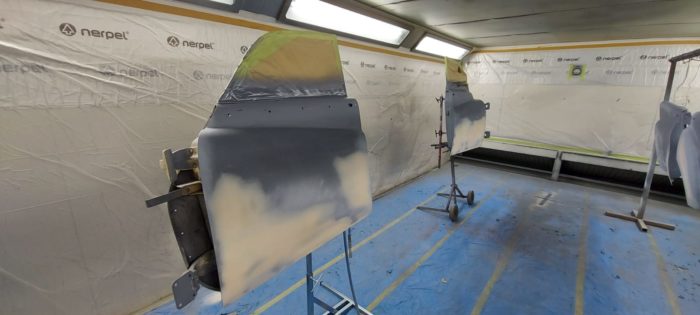

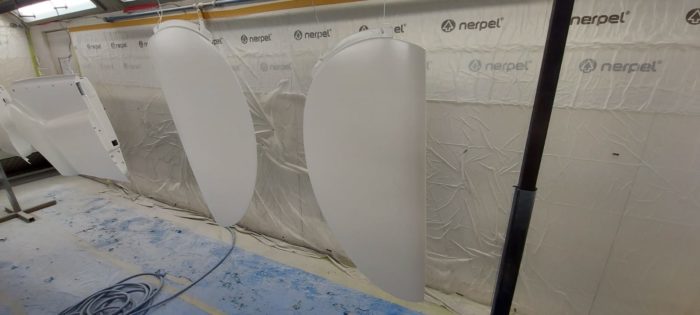

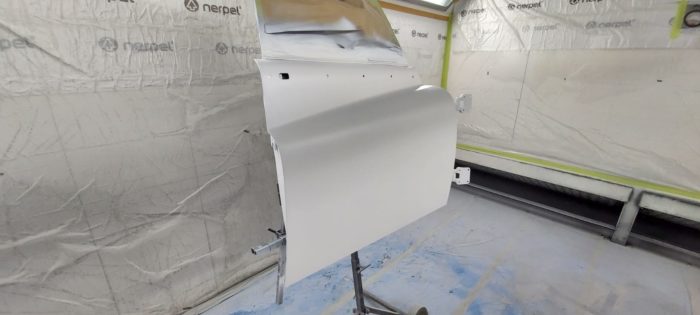
Before the MKVII was able to go to the paint bay, James had to add some fabrication to correct some spots of rust and corrosion. The right hand rear quarter panel just behind rear arch was showing some signs of corrosion so James cut out the rust from both the inside and outside layers and then fabricated replacements which he welded in.

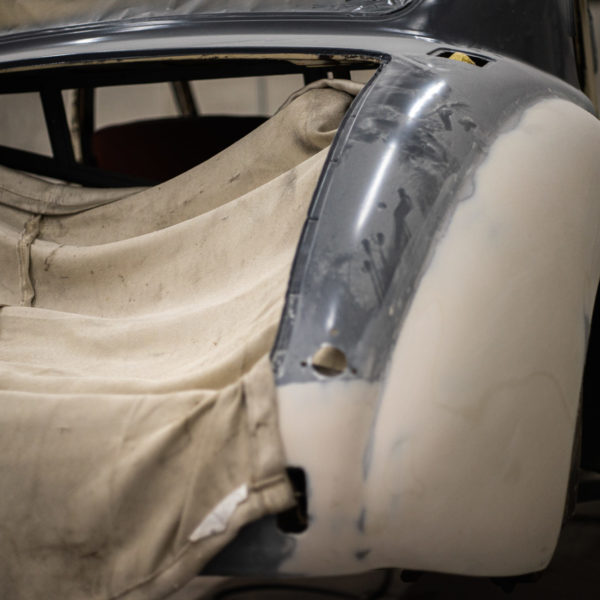
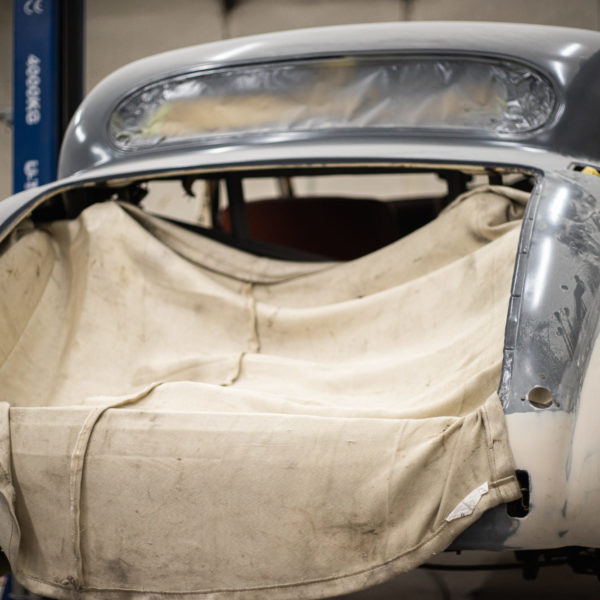
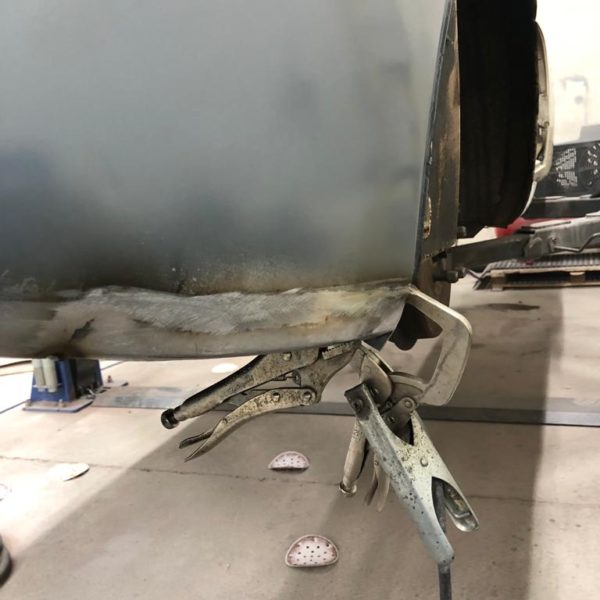
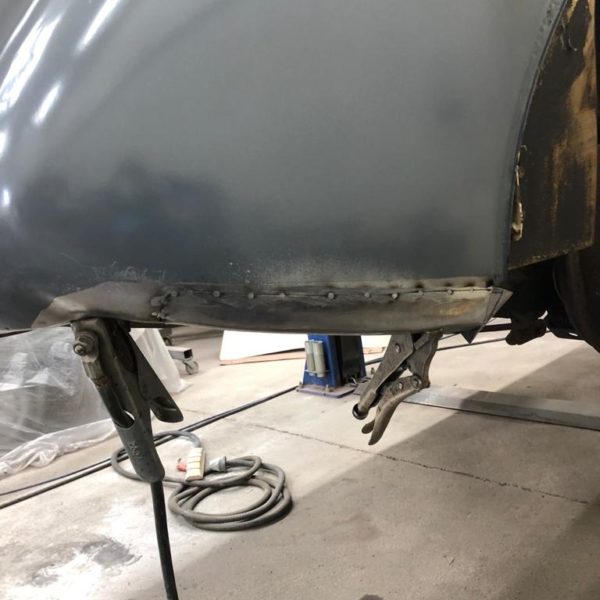
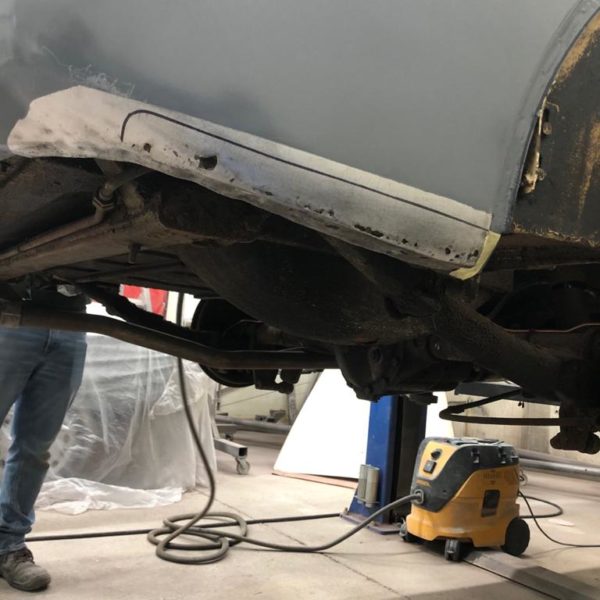
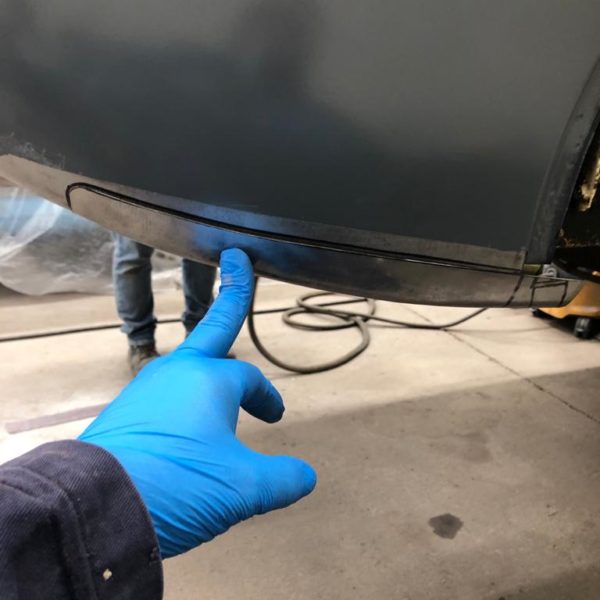
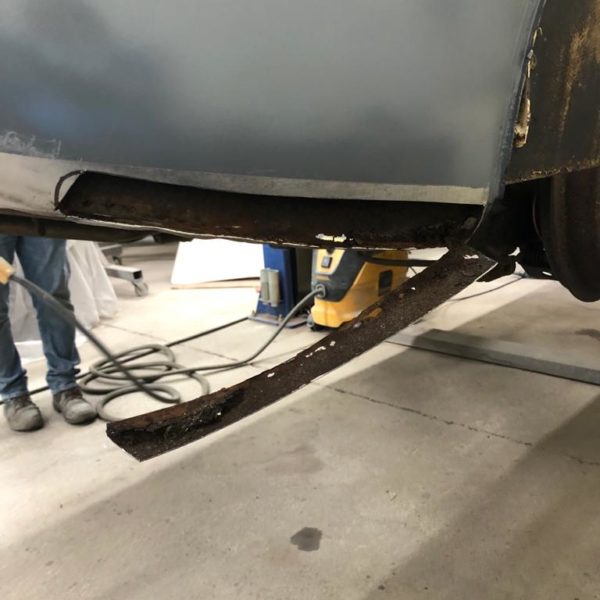

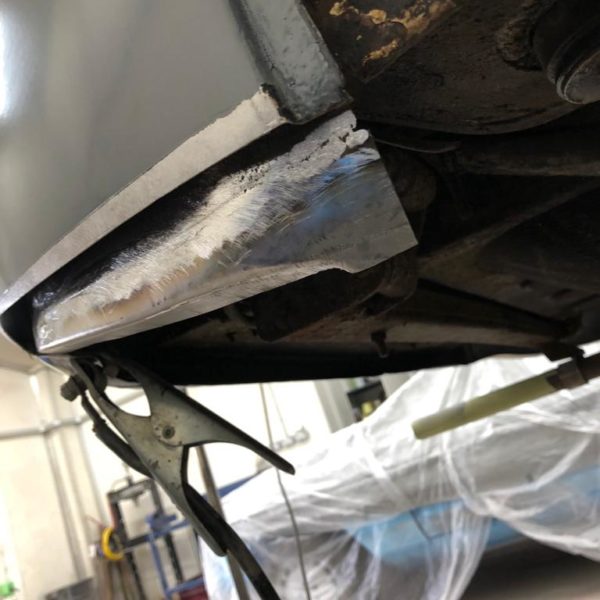
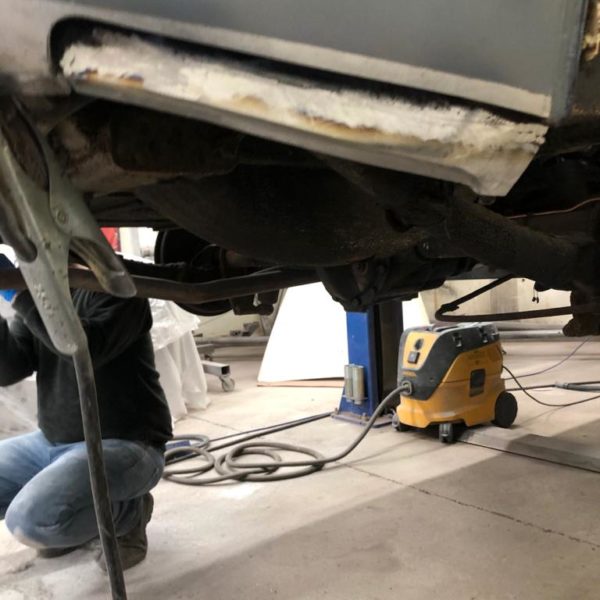
Bridge Classic Cars are award winning Classic Car Restoration and Maintenance specialists. Your pride and joy is in safe hands with our expert Classic Car Technicians. Take a look at our awards here.